Arctic Tourism - More than an Industry?
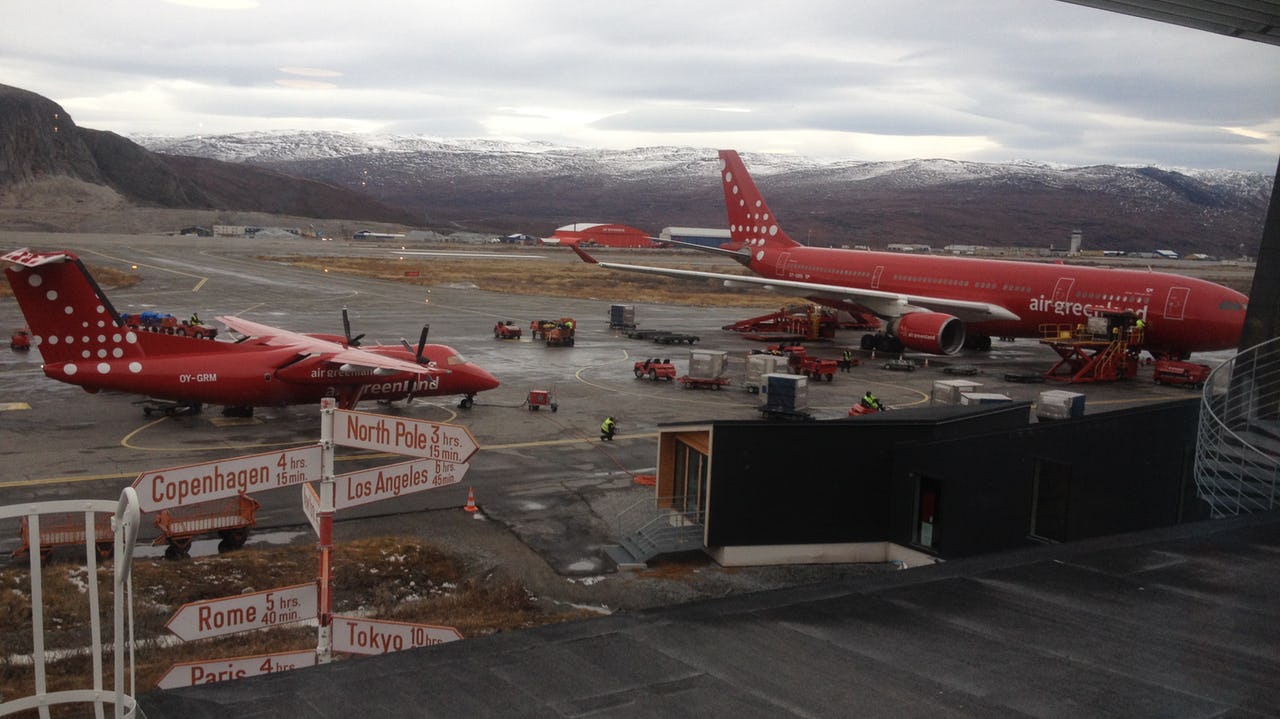
Overseeing Kangerlussuaq Airport, Greenland. Three more international airports are currently being planned in Greenland, partially to accommodate for more tourism. Photo: Carina Ren
In Greenland, politicians and businesses are hoping and planning for substantial growth in tourism. As the construction of three transatlantic airports draws closer, a broader societal discussion of how (much) tourism should be developed, in what ways, and by whom, is lacking. In this article, we show how tourism practitioners in Greenland perceive the challenges and potential posed by tourism and discuss how its development could be linked to other spheres of society—turning tourism from an industry into a potential catalyst for social change.

Arctic Tourism on the Rise
While tourist numbers in the Arctic are still relatively low in comparison to other parts of the world, 1) Mason P, Johnston M & Twynam D (2000) The World Wide Fund for Nature Arctic Tourism Project. Journal of Sustainable Tourism 8(4): 305-323 tourism is currently experiencing unprecedented attention in Arctic regions. Greenland is no exception to this trend. Successful marketing combined with a growing global interest in the Arctic has led to an increasing amount of tourists and; unsurprisingly, to a coinciding rise in political and societal interest in tourism.
Today, tourism is proposed as one of Greenland’s three economic pillars, next to fishing and mining, and as a promising lever for the Arctic nation’s future economic development. 2) Bjørst L R & Ren C (2015) Steaming Up or Staying Cool? Tourism Development and Greenlandic Futures in the Light of Climate Change. Arctic Anthropology 52(1): 91-101 Its successful development could potentially help pave the way for the Arctic nation’s independence from the Danish Commonwealth.
In the coming years, large infrastructure projects—partially triggered by a wish to facilitate transatlantic tourism—will require large-scale investments. While there is a continuous public debate about the location, building, and enlargement of the proposed three airports and several harbors, very little attention is given in public discourse to broader questions of tourism development.
For a community with less than 60.000 inhabitants, living conditions in Greenland are due to become affected as tourism numbers swell. In a research project conducted by Aalborg University mapping the current tourism landscape in Greenland, one of the interlocutors from a major travel agency voiced his concern: “Nobody has tried to sit down and to find out how we want it [tourism]. On what kinds of conditions and terms do we want this development?”.
Despite significant changes on the horizon, a discussion of how tourism should be developed, how much is desired, in what ways, and by whom, has until now remained absent.
A Fish called Tourism? Lessons from Iceland
This lack of concern about the impacts of tourism is surprising considering the proximity to Iceland, currently witnessing an explosive intake of tourists. While the two destinations are hardly comparable in terms of what they offer , their infrastructure, and their capacity, seeing the massive impacts that tourism has created on the neighboring nation could trigger some reflections. One could look to Iceland, for example, on how to understand the role and transformative capacity of tourism in society.
In his 2015 article “A Fish Called Tourism”, Icelandic tourism researcher Gunnar Thór Jóhannesson prophetically warned a euphoric Icelandic tourism industry on the dangers of thinking about tourism as yet another business opportunity. 3) Jóhannesson G T (2016). A Fish Called Tourism: Emergent Realities of Tourism Policy in Iceland. In van der Duim, R T, Ren, C & Jóhannesson, G T (eds.) Tourism Encounters and Controversies: Ontological Politics of Tourism Development. Farnham, UK: Ashgate, 181-200 In his account of how tourism evolved to be taken seriously as “a real business”, Jóhannesson describes how tourism was gradually taken up during the late 1990s as a solution to the continual crisis in the agricultural sector with farmers being offered financial support to turn from farming sheep and cows to “herding” tourists. Similar to the situation in Greenland today, tourism in Iceland seemed to offer a beam of hope as the traditional staples of the economy were in crisis.
Parallel to this development, the Icelandic Tourist Board convincingly transferred important vocabulary of fishery management to tourism, equating the export value of each tourist to a ton of cod, talking of “tourist stock” and depicting the airplanes of Icelandair as “trawlers”. This, Jóhannesson argued, helped position tourism in the discourse on the national economy as similar to and on par with fisheries and heavy industries.
While such an approach helps policy makers and investors to recognize tourism as a ‘real business’, the problem is that a narrative framing the tourism sector in terms of fisheries hides its complexity. Unlike fish, tourists do not stay in the oceans around Iceland, but interfere in good and bad ways with life on shore. In the context of tourism policy making, it is important to acknowledge the ways in which tourism activities are connected to the environment and visited societies and to view tourism as more than just another industry, similar to that of mining and fisheries.
Tourism: more than an Industry?
A similar argument can be found in the article “More than an ‘industry’: The forgotten power of tourism as a social force”. Based on historical document studies from international tourism organizations and councils, Australian tourism researcher Freya Higgins-Desbiolles depicts how tourism from its very early proliferation was seen as a way to facilitate social change and further intercultural understanding. 4) Higgins-Desbiolles F (2006) More than an “industry”: The forgotten power of tourism as a social force. Tourism Management 27(6): 1192–1208 As economic and industrial discourses continually exposed tourism to market forces from the mid-1900s, the dominant perception of tourism was successfully transformed into that of an industry.
As a result, tourism research and policy making are today overwhelmingly dedicated to the business side of tourism, viewing tourism as a strictly economic endeavor. However, as argued by Higgins-Desbiolles, tourism is not merely an industry but rather a social force with deep transformative capacities for societies, cultures, and the environment.
Jóhannessons’s and Higgins-Desbiolles’ attempt to revive and reinforce a wider vision of the role of tourism in local and global communities lead us back to the initial questions of how tourism as a social force could work as a catalyst for change in Arctic communities. How could tourism be mobilized in meaningful ways to help engage with local challenges in the Arctic? As discussions about sustainability unsurprisingly continue to grow in an Arctic context—and there is a push to incorporate society and the environment into economic development—planning for tourism in Arctic communities could be guided by more than market forces.
We turn to Greenland to exemplify how tourism is connected to societal challenges in the Arctic and how this might offer ways to rethinking tourism as something more than an industry in a Greenlandic context. We discuss three ways in which the development of tourism is linked to societal challenges: in the field of cultural heritage, within education, and in the area of entrepreneurship.
The examples are drawn from the research project “Tourism Development in Greenland – Identification and Inspiration” where Greenlandic tourism stakeholders in Kangerlussuaq, Sisimiut, Ilulissat, and Nuuk shared insights on how they work with and envision tourism. 5) Ren C & Chimirri D (2017) Turismeudvikling i Grønland: Afdækning og inspiration (Tourism Development in Greenland – Identification and Inspiration). Denmark: Aalborg University. Retrieved from: https://www.inside.aau.dk/digitalAssets/282/282589_turismeudvikling-i-groenland-rapport_endelig.pdf . Accessed on 17 January 2018
Cultural Heritage and Local Knowledge—New Possibilities in Tourism?
We find a powerful example of how tourism is connected to current societal challenges in the area of cultural heritage. While kayaks are less and less used for their original hunting purpose, local knowledge about them is still present and the tourist interest in kayak touring and building is increasing. By becoming part of tourism activities and a potential business, local knowledge is not only mobilized, but also contributes to the sustaining—and reconceptualization—of cultural heritage. This illustrates how tourism can play a crucial part in Arctic societies today in potentially re-activating local knowledge.
Tourism and community stakeholders work together; for instance, in integrating cultural heritage and local knowledge into local tourism products and experiences. At a visit to the UNESCO site Ilulissat Icefjord, its site manager noted the raising interest in Greenlandic kayaks: “There are people who travel from all over the world and want to do workshops on how to build a Greenlandic kayak. The interest in building Greenlandic kayaks is so high.[…] we can use this interest in building your own kayak and do offers here in Greenland”.
However, questions of risk, safety, and certification prevail: “[Locals] are more than qualified to take people out but the problem is they are not certified as sea kayak instructors, even though they know more about the kayak”. While official certification might function to assure the tourist of the highest degree of safety, integrating local knowledge, which has been passed down from generation to generation as informal non-certified skills, through certification is highly complex.
This raises the question of how to create a certification framework which acknowledges local knowledge and it’s anchoring in local cultural heritage, but also responds to standardized requirements. In this work to connect local knowledge and experience to the development of tourism products, tourism actors point to collaboration as central to their work. Collaboration offers them the possibility to build capacity and share knowledge. Collaborative activities also highlight the potential and value of informal knowledge based on acquired everyday skills.
The challenge of certification intersects with general concerns regarding the educational sector in Greenland. According to one tourism stakeholder, “one of the toughest social challenges in Greenland is education. We definitely need to have more people educated. Education is our guiding star right now. It has been for years and it will be for years. We have to do that in collaboration with companies and municipalities, with everybody”.
Another tourism actor supports this by saying that education “is the main challenge of all. We have been talking about tourism and the overall infrastructure, but one of the biggest challenges is education. That is something we can agree upon in the whole of the country”. So while education is crucial for developing stronger and more innovative tourism services and experiences, the specificities of tourism also calls for specific skills.
Good language skills are quintessential to operate successfully: “If you have problems with speaking English and Danish, it’s really difficult to operate a tourism business”. This rudimentary demand is paired with the expressed need for raising service levels and thus calls for improving the relatively low educational level in Greenland, where only ¼ of the population graduates from high school and little over 10% receive a college degree. 6) Naatsorsueqqissaartarfik/Greenland Statistics (2015) Befolknings uddannelsesprofil 2015 (Educational profile of the population). Retrieved from https://stat.gl/publ/da/UD/201604/pdf/2015%20Befolkningens%20uddannelsesprofil.pdf . Accessed on 17 January 2018
Campus Kujalleq, located in South Greenland, has developed new educational programs in Arctic tourist guiding, adventure guiding, and in hospitality and tourism management. Several informants from the public and private sector point to a climbing number of graduates as an example showcasing the interest in this field. According to a teacher it is also “a very popular education, attracting quite many and they all go out and find a job in tourism after [they have finished their studies]”.
By combining a tourism workforce training with a raising awareness of the role and (re)activation of local knowledge and informally acquired skills, 7) Kleist K V & Knudsen R J (2016) Sitting on gold: a report on the use of informally acquired skills in Greenland, Retrieved from: https://backend.orbit.dtu.dk/ws/files/126842966/Sitting_on_Gold_25._maj_2016.pdf . Accessed on 10 January 2018 tourism contributes to crafting new educational offers and an increasing interest in attaining post-secondary education.
Seeing and talking of tourism as an industry easily overlooks the clear connections between developing tourism, raising the educational level at a national level, and providing attractive educational and training opportunities. By linking the development of tourism to issues of education, we see its ability to supplement existing educational offerings for the young generation and contribute to future educational groundings as new career opportunities and paths in tourism open itself to new groups of young people.
Entrepreneurship
A representative from Corporate Social Responsibility Greenland raised concerns about the need to build local capacity in tourism by including new, younger actors: “If we want to develop tourism, it does not only happen with the people that are already involved. We also need to involve more young people. That way we can develop our own community in a sustainable way”. This touches upon a similar issue, entrepreneurship, which has so far received very little governmental attention.
Entrepreneurship is increasingly recognized on a global scale as an important factor in changing and developing societies. The last decade has witnessed an increasing focus on developing strategies for entrepreneurship education in a Nordic context. In Greenland however, limited experience has been made in this area. As stated in the report Nordic Entrepreneurship Islands, published by the Danish Foundation for entrepreneurship, the country has no national strategy or goals for entrepreneurship education, no ministry involvement or any national definition. 8) Reffstrup T & Christiansen S K (2017) Nordic Entrepreneurship Islands : Status and potential Mapping and forecasting Entrepreneurship Education on seven selected Nordic Islands. Copenhagen: Nordic Council of Ministers In spite of any governmental strategy, Greenlandic tourism actors at a local level point to an increased interest in entrepreneurship and link this to new opportunities created through the intensification of tourism. In the words of one: “Especially in tourism now, you can see a potential. It’s really moving forward. And people see that potential and start new things towards exploiting it”.
Tourism entrepreneurs in Greenland are typically small, often seasonal initiatives, offering services or products such as equipment, souvenirs, food products, or excursions. Their businesses are often characterized by collaboration. As stated by a tourism actor in West Greenland, this collaboration creates benefits beyond the often small business themselves: “When you have small entrepreneurs in a small community, everyone relies on the others, and we all take a little share of the cake”.
Tourism actors identify entrepreneurship in tourism as a potential lever to lifting Greenlandic businesses and communities. As stated by a tourism actor in Greenland, “we see more and more people getting into the tourism business, taking the guide education and we hear about people who are thinking of starting something new in Greenland, which is very positive”.
The tourism product is often composed of many different ‘subservices’ such as transportation, accommodation and catering to mention the most basic. In order to create and deliver tourism products, tourism actors therefore rely on each other and need to work together. An example on how entrepreneurial activities and collaboration emerge on a community scale comes from cruise tourism, where smaller villages in Northern Greenland often have the whole village involved. According to a cruise operator: “now when the cruise ships come in, the locals are all in their national costumes and everybody is selling small things, souvenirs. This is what they are doing now. That is what is needed. It’s not one or two operators in a small town; it needs to be the whole community”.
Developed collaboratively, tourism holds the potential to inspire new ways of thinking about and engage with local challenge. Emerging local tourism initiates show that education, entrepreneurship and community development are not issues separate from tourism, but are rather—as shown in these examples—intrinsically linked to them and that new opportunities in each of these areas could be developed together, rather than separately.
Expanding the Values of Arctic Tourism Development
Insights from tourism actors in Greenland display that tourism, as argued by Jóhannesson and Higgins-Desbiolles, is not merely an industry but a social force. Tourism is increasingly recognized as significant for the future economic development of Arctic communities, 9) Hall C M & Saarinen J (2010) Tourism and Change in Polar Regions: Climate, environments and experiences. Abingdon: Routledge but this should be accompanied by careful preparation. If planned with local challenges and resources in mind, tourism has much to offer to local communities, for instance in revaluing and activating cultural heritage, in assisting in recognizing and certifying local (informal) knowledge, raising the level of education, and stimulating and facilitating entrepreneurial activities.
The hands-on challenges and concerns of tourism stakeholders in Greenland display the acute need for strategic calls to action grounded in public involvement. Arctic tourism is not merely a fish-like resource to be “trawled” or mined but a powerful societal force to be carefully managed. Public discussion is needed on where tourism development is currently heading, how it could be planned and developed in the future, and how it might also be connected to other societal challenges as “more than an industry”.
Carina Ren is Associate Professor in Tourism and Cultural Innovation at the Tourism Research Unit at Aalborg University, Denmark, and is affiliated to AAU Arctic in connection to her current research on Arctic tourism development, in particular in Greenland. Daniela Chimirri is a PhD student on community-based tourism and collaboration in Greenland and is jointly affiliated to the Tourism Research Unit and the Center for Innovation and Research in Culture and Living in the Arctic at Aalborg University, Denmark.
References [ + ]

- NOEP Overview
- Research Team
- Privacy Policy
- NOEP History
Arctic Menu
- Shipping Data
- Fisheries Data
- Arctic Extractives
- Oil & Gas Data
- Minerals Data
- Aggregates Data
- Arctic Ecosystems
- Tourism Data
- Non-Market Studies
- Subsistence Economy
- Glossary of Terms
- Data Sources
- Ocean Economy
- Ocean Economy Statistics
- Coastal Economy
- Living Marine Resources
- Offshore Minerals
- Valuation Studies
- Value Estimates
- References & Tools
- Ports & Cargo Data
- About the Data
Demographics Menu
- Data Search
- Coastal Vulnerability Data
Offshore Menu
- Offshore Wind
- Ocean Hydrokinetic
- Costs and Impacts
- Database Search
- Links to Resources
- Papers & Reports
- OMB Ocean Budgets
- Ocean Time Series
Arctic Tourism

As sea ice has declined as much as 40% since satellite observation began in 1979, Arctic tourism has been increasing dramatically. Due to the harsh winter climates in the Arctic, tourism is currently only feasible during the summer months. During these months, visitors can explore endless days and a long list of outdoor activities. Nature based activities are most popular for international travelers. Visitors engage in self-guided tours, ship cruises, and eco-tours.
There is a wide range of activities for individuals to explore the spectacular landscapes and wildlife— skiing, kayaking, diving, dog-sledding, mountaineering, boating. While the increase in tourism will increase revenues to local Arctic economies, the dramatic increases of these activities may also cause some negative externalities to these pristine environments. With increased use we will see increases in development of infrastructure, increased pollution and waste, and harm to ecosystems.
Many organizations such as the Sustainable Arctic Tourism Association, the Arctic Council, and conservation groups are working to urge both governments and the tourism industry to insure that these touristic activities take into account the already fragile ecosystems of the Arctic in order to best protect it.
updated 29-Mar-2017
- Web Use Policy
© Copyright 2022, National Ocean Economics Program

Mar 31, 2022 Tourism in the Arctic: A Catalyst for Good or Bad?
The Arctic, a region extending from the North Pole into Canada, Greenland, the Faroe Islands, Finland, Iceland, Norway, Russia, Sweden, and the United States, has experienced global warming at twice the rate of the rest of the planet. The likely cause of such higher temperatures? Loss of sea ice. “When bright and reflective ice melts, it gives way to a darker ocean; this amplifies the warming trend because the ocean surface absorbs more heat from the Sun than the surface of snow and ice.” ( NASA ).
This year, the Arctic sea ice reached its seasonal peak growth on February 25 th , according to provisional satellite data from the National Snow and Ice Data Center , making it the tenth lowest in the 44-year history of recording such data. This year’s data continues a 15-year trend . At this rate, some modelers forecast that the Arctic could be ice-free part of the year before the end of this century .
Meanwhile, travelers flock to the Arctic for its nature and outdoor activities. A 2020 study examining social media data showed that summer tourism quadrupled, and winter tourism in the Arctic increased by an astronomic 600% between 2006 and 2016. The Arctic as a tourist destination is expected to continue an upward trajectory, with one article estimating 8.3 million tourists annually . These numbers will only increase as melting ice opens the waters during more months of the year to more passenger vessels, the number of which has already seen a 35% increase from 2103 to 2019 .
Polar bear with her yearling cubs against Arctic sunset
Traveling to destinations such as the Arctic to see the ice shelves or polar bears before they “disappear,” so-called “last chance tourism” by the media, may only intensify that demand. So how does this growing demand for travel to the Arctic impact an already fragile environment?
- Access to these areas by plane, cruise ship, car, mainly by international travelers, contributes to greenhouse gas emissions. A study of the 2018 polar bear viewing season in Churchill, Manitoba , estimated that tourism produced 23,017 t/CO2 in emissions, a sizeable increase from 2008.
- The popularity of specific destinations leads to crowding and trampling. Littering of natural sites, termed “overtourism,” diminishes tourists’ quality of experience. Quality of life for residents is reduced as well. The pandemic only exacerbated these issues. Iceland has become the poster child for “overtourism,” attracting millions of visitors annually , significantly exceeding its national population.
- While there are economic upsides to increased tourism across the Arctic, the impact on residents, particularly Indigenous Peoples, can be harmful – housing shortages, inflated property values, infringement on property and food resources, and more.
Can tourism and sustainability co-exist? Indeed, tourists are starting to demand this. In a recent study , 72% of people surveyed said that travel should “support local communities and economies, preserve destinations’ cultural heritage and protect the planet.”
Many tour companies operating throughout the Arctic now voluntarily comply with the WWF’s 10 Principles for Arctic tourism . Organizations such as the Arctic Council and its research organization, the University of the Arctic (UArctic), facilitate collaborative processes among the several Arctic States, Indigenous Peoples, and other varied regional interests to tackle sustainable tourism.
Photo by SeppFriedhuber
Despite these and other efforts to protect the Arctic, much more is needed to be done. We need to look no further than the other pole – the Antarctic, to focus on a very successful international treaty. There are few places in the world where there has never been war, where the environment is fully protected, and where research and scientific discovery have priority. The Antarctic Treaty has successfully protected the Antarctic and resolved international disputes since it was opened for signature in 1961. The Treaty provided that any party could call for a review conference after thirty years. But no party has called for such a review. All parties recognize the continuing strength and relevance of the original Treaty that established” a natural reserve, devoted to peace and science .” We now need an Arctic Treaty protecting the other pole for people, animals, and the environment.
The final frontier: how Arctic ice melting is opening up trade opportunities

With financial gains to be exploited, will the world have enough restraint to resist damaging this landscape? Image: Unsplash/Valeriia Bugaiova
.chakra .wef-1c7l3mo{-webkit-transition:all 0.15s ease-out;transition:all 0.15s ease-out;cursor:pointer;-webkit-text-decoration:none;text-decoration:none;outline:none;color:inherit;}.chakra .wef-1c7l3mo:hover,.chakra .wef-1c7l3mo[data-hover]{-webkit-text-decoration:underline;text-decoration:underline;}.chakra .wef-1c7l3mo:focus,.chakra .wef-1c7l3mo[data-focus]{box-shadow:0 0 0 3px rgba(168,203,251,0.5);} Nicolas LePan

.chakra .wef-9dduvl{margin-top:16px;margin-bottom:16px;line-height:1.388;font-size:1.25rem;}@media screen and (min-width:56.5rem){.chakra .wef-9dduvl{font-size:1.125rem;}} Explore and monitor how .chakra .wef-15eoq1r{margin-top:16px;margin-bottom:16px;line-height:1.388;font-size:1.25rem;color:#F7DB5E;}@media screen and (min-width:56.5rem){.chakra .wef-15eoq1r{font-size:1.125rem;}} Arctic is affecting economies, industries and global issues

.chakra .wef-1nk5u5d{margin-top:16px;margin-bottom:16px;line-height:1.388;color:#2846F8;font-size:1.25rem;}@media screen and (min-width:56.5rem){.chakra .wef-1nk5u5d{font-size:1.125rem;}} Get involved with our crowdsourced digital platform to deliver impact at scale
Stay up to date:.
- As Arctic ice melts, sea routes will stay navigable for longer periods, which could drastically change international trade and shipping.
- This chart shows the location of major oil and gas fields in the Arctic and the possible new trade routes through this frontier.
The Arctic is changing. As retreating ice cover makes this region more accessible, nations with Arctic real estate are thinking of developing these subzero landscapes and the resources below.

As the Arctic evolves, a vast amount of resources will become more accessible and longer shipping seasons will improve Arctic logistics. But with a changing climate and increased public pressure to limit resource development in environmentally sensitive regions, the future of northern economic activity is far from certain.
This week’s Chart of the Week shows the location of major oil and gas fields in the Arctic and the possible new trade routes through this frontier.
Have you read?
The arctic is now expected to be ice-free by 2040, battling arctic invaders may sound like a game, but it's one of the biggest threats to our environment, how vulnerable are arctic populations.
A final frontier for undiscovered resources?
Underneath the Arctic Circle lies massive oil and natural gas formations. The United States Geological Survey estimates that the Arctic contains approximately 13% of the world’s undiscovered oil resources and about 30% of its undiscovered natural gas resources.
So far, most exploration in the Arctic has occurred on land. This work produced the Prudhoe Bay Oil Field in Alaska, the Tazovskoye Field in Russia, and hundreds of smaller fields, many of which are on Alaska’s North Slope, an area now under environmental protection.
Land accounts for about 1/3 of the Arctic’s area and is thought to hold about 16% of the Arctic’s remaining undiscovered oil and gas resources. A further 1/3 of the Arctic area is comprised of offshore continental shelves, which are thought to contain enormous amounts of resources but remain largely unexplored by geologists.
The remaining 1/3 of the Arctic is deep ocean waters measuring thousands of feet in depth.
The Arctic circle is about the same geographic size as the African continent─about 6% of Earth’s surface area─yet it holds an estimated 22% of Earth’s oil and natural gas resources. This paints a target on the Arctic for exploration and development, especially with shorter seasons of ice coverage improving ocean access.
Thawing ice cover: improved ocean access, new trading routes
As Arctic ice melts, sea routes will stay navigable for longer periods, which could drastically change international trade and shipping. September ice coverage has decreased by more than 25% since 1979, although the area within the Arctic Circle is still almost entirely covered with ice from November to July.
Typically shipping to Japan from Rotterdam would use the Suez Canal and take about 30 days, whereas a route from New York would use the Panama Canal and take about 25 days.
But if the Europe-Asia trip used the Northern Sea Route along the northern coast of Russia, the trip would last 18 days and the distance would shrink from ~11,500 nautical miles to ~6,900 nautical miles. For the U.S.-Asia trip through the Northwest Passage, it would take 21 days, rather than 25.
Control of these routes could bring significant advantages to countries and corporations looking for a competitive edge.
Competing interests: Arctic neighbors
Eight countries lay claim to land that lies within the Arctic Circle: Canada, Denmark (through its administration of Greenland), Finland, Iceland, Norway, Russia, Sweden, and the United States.
There is no consistent agreement among these nations regarding the claims to oil and gas beneath the Arctic Ocean seafloor. However, the United Nations Convention on the Law of the Sea provides each country an exclusive economic zone extending 200 miles out from its shoreline and up to 350 miles, under certain geological conditions.
Uncertain geology and politics has led to overlapping territorial disputes over how each nation defines and maps its claims based on the edge of continental margins. For example, Russia claims that their continental margin follows the Lomonosov Ridge all the way to the North Pole. In another, both the U.S. and Canada claim a portion of the Beaufort Sea, which is thought to contain significant oil and natural gas resources.
To develop or not to develop
Just because the resources are there does not mean humans have to exploit them, especially given oil’s environmental impacts. Canada’s federal government has already returned security deposits that oil majors had paid to drill in Canadian Arctic waters, which are currently off limits until at least 2021.
In total, the Government of Canada returned US$327 million worth of security deposits, or 25% of the money oil companies pledged to spend on exploration in the Beaufort Sea. In addition, Goldman Sachs announced that it would not finance any projects in the U.S.’s Arctic National Wildlife Refuge.
The retreat of Western economic interests in the Arctic may leave the region to Russia and China , countries with less strict environmental regulations.
Russia has launched an ambitious plan to remilitarize the Arctic. Specifically, Russia is searching for evidence to prove its territorial claims to additional portions of the Arctic, so that it can move its Arctic borderline — which currently measures over 14,000 miles in length — further north.
In a changing Arctic, this potentially resource-rich region could become another venue for geopolitical tensions, again testing whether humans can be proper stewards of the natural world.
Don't miss any update on this topic
Create a free account and access your personalized content collection with our latest publications and analyses.
License and Republishing
World Economic Forum articles may be republished in accordance with the Creative Commons Attribution-NonCommercial-NoDerivatives 4.0 International Public License, and in accordance with our Terms of Use.
The views expressed in this article are those of the author alone and not the World Economic Forum.
Related topics:
The agenda .chakra .wef-n7bacu{margin-top:16px;margin-bottom:16px;line-height:1.388;font-weight:400;} weekly.
A weekly update of the most important issues driving the global agenda
.chakra .wef-1dtnjt5{display:-webkit-box;display:-webkit-flex;display:-ms-flexbox;display:flex;-webkit-align-items:center;-webkit-box-align:center;-ms-flex-align:center;align-items:center;-webkit-flex-wrap:wrap;-ms-flex-wrap:wrap;flex-wrap:wrap;} More on Nature and Biodiversity .chakra .wef-17xejub{-webkit-flex:1;-ms-flex:1;flex:1;justify-self:stretch;-webkit-align-self:stretch;-ms-flex-item-align:stretch;align-self:stretch;} .chakra .wef-nr1rr4{display:-webkit-inline-box;display:-webkit-inline-flex;display:-ms-inline-flexbox;display:inline-flex;white-space:normal;vertical-align:middle;text-transform:uppercase;font-size:0.75rem;border-radius:0.25rem;font-weight:700;-webkit-align-items:center;-webkit-box-align:center;-ms-flex-align:center;align-items:center;line-height:1.2;-webkit-letter-spacing:1.25px;-moz-letter-spacing:1.25px;-ms-letter-spacing:1.25px;letter-spacing:1.25px;background:none;padding:0px;color:#B3B3B3;-webkit-box-decoration-break:clone;box-decoration-break:clone;-webkit-box-decoration-break:clone;}@media screen and (min-width:37.5rem){.chakra .wef-nr1rr4{font-size:0.875rem;}}@media screen and (min-width:56.5rem){.chakra .wef-nr1rr4{font-size:1rem;}} See all

How nature positive start-ups are helping China build a carbon neutral economy
Yangjie (JoJo) Zheng and John Dutton
June 26, 2024

The world has a water pollution problem. Here’s how innovation can help solve it
Tania Strauss and Sundararajan Mahalingam

How can offshore wind be a nature-positive climate solution?
Xi Xie and Qin Haiyan
June 24, 2024

AMNC24: What to know about climate, nature and energy
Spencer Feingold
June 23, 2024

4 steps to jumpstart your mangrove investment journey
Whitney Johnston and Estelle Winkleman
June 20, 2024

Richer nations divided over climate crisis funding for poor countries, and other nature and climate stories you need to read this week
Michael Purton
June 19, 2024
March 13, 2015
Future Arctic: More Mining, More Shipping and More Tourists
As the Arctic thaws, northern nations dream of a new economy
By Benjamin Hulac & ClimateWire
ROVANIEMI, Finland—In one of this nation's northernmost cities and at the close of a winter that citizens here have called unusually mild, foreign ambassadors spoke of their nations' hope to do business in the Arctic, Finnish spokesmen outlined their plans to attract international money, and business owners burnished their cases for investment in the polar north.
"Nordic lights is a good example of business actually nowadays," Juha Mäkimattila, the chairman of the Lapland Chamber of Conference, said at a dinner for foreign guests Wednesday, with a slideshow of aurora borealis photographs thrumming behind him. "We can actually make money on the northern lights from people from new parts of the world."
At the two-day Arctic Business Forum, hosted by the Lapland chamber, delegations from more than 20 nations, most which do not border the Arctic Circle, said the tone reflected a robust appetite for economic expansion, natural resource extraction and an optimistic prognosis for strong tourist spending.
On supporting science journalism
If you're enjoying this article, consider supporting our award-winning journalism by subscribing . By purchasing a subscription you are helping to ensure the future of impactful stories about the discoveries and ideas shaping our world today.
Meeting in a city that advertises itself on its website as "The Official Hometown of Santa Claus," most speakers alluded to environmental management but didn't get into the problems of melting permafrost or the additional threats of future oil spills or the loss of species.
On both days, the tone was bullish. Diplomats from global trade and economic powers signaled their governments' growing interest in Arctic transit and heavy shipping in the Arctic Ocean.
Business sugarplums Dorothee Janetzke-Wenzel, the German ambassador, said global coordination on trade, international politics and environmental maintenance is important for the Arctic's future.
She said Germany views the Arctic Eight—the five Nordic nations plus Canada, Russia and the United States—as the "main guardians of Arctic policy," and Arctic nations should create a "disaster response mechanism"—an international plan to respond to oil spills and other crises.
"What happens in the Arctic affects far more than the Arctic," she said. "We can work on the assumption that there will be new opportunities." But, she added, "there are also new challenges as the Arctic is growing in strategic and geopolitical challenges."
Pacing on a stage behind flags of several European countries (Italy, Germany, Poland, Ukraine, Great Britain and others), East and Southeast Asian nations (China, Japan, South Korea and Vietnam), and all eight Arctic nations and Australia, the Dutch ambassador said most of the Netherlands' business in the Arctic is coastal.
"We are not doing enough business here," said Ambassador Henk Swarttouw of inland Finland. "The Arctic is a very important strategy area and only becoming more so."
Due to climate change, he said, the Northwest Passage will become easier to navigate.
"There are also of course opportunities [that are] going to be opened by climate change," he said, adding that "there are more opportunities there than threats" regarding global climate impacts to the Arctic.
"We are working with our large companies," said Swarttouw, singling out Royal Dutch Shell PLC, "to increase fossil fuel extraction in the Arctic" in an environmentally friendly way.
'Opportunities' with LNG And Kenji Shinoda, the Japanese ambassador to Finland, said the "Arctic is becoming more and more promising for collaboration" between the two nations. The growth of shipping liquefied natural gas (LNG) through the Northern Sea route from Scandinavia to Japanese ports has been "impressive," and the Barents Sea, which cradles Scandinavia and Northwest Russia, is an "active and enticing region for various sectors."
"Now is not too early to start looking vigorously for these opportunities," Shinoda said.
The Organisation for Economic Co-operation and Development forecast in January says international freight movement will be 4.3 times larger in 2050 than it is today. Freight shipments will replace passenger transportation as the sector's top carbon emission source, according to the report.
Consumers in Asia, and China in particularly, are driving this demand.
Half of the world's busiest ports by volume are in China, Taiwan or Hong Kong, according to the International Association of Ports and Harbors. Import-export volume coming to and from Chinese shores has multiplied in recent years, too—skyrocketing from about 41,000 20-foot equivalent units (TEUs) in 2003 to more than 150,000 in 2012. (Shipping traffic for the world's ports is measured in TEUs, the industry standard. A 20-foot cargo container is 1 TEU, and a 40-foot container, the more common variety, represents 2 TEUs).
Malte Humpert, the director of the Arctic Institute and a maritime shipping expert, said shipping will play an outsized role in the region's future. However, he tempered notions that the Northern Sea Route—which connects Europe and Asia by wrapping around Russia's north—could soon replace more established routes.
"We have not yet seen a real container ship go through the Arctic," Humpert said. Lacking cargo, westbound container ships carry 52 percent ballast on their returns from Asia to Europe, he added, and harsh winter weather can damage cargo such as electronics. "That definitely raises some questions."
By comparison, 95 and 99 percent of traffic through the Suez and Panama canals is not ballast. And both traditional canals are being expanded for larger vessels—workers are deepening the Suez Canal and widening the Panama Canal, Humpert said—while the Northern Sea path can stifle ships with icy conditions.
"In general" in the Arctic regions, Humpert said, "it's very hard right now to build infrastructure."
Anchored to the falling Russian ruble Timo Rautajoki, the Lapland chamber's chief executive, conceded that worldwide economic trends—such as oil price shocks and a slowing domestic economy, which has been hamstrung by the decline of the Russian ruble and a slowing tourism industry from across the Russian border—have dragged down Finnish business.
"We've gone from Arctic idealism to Arctic realism" in the past three years, Rautajoki said.
By developing LNG as a fuel, mining in Sweden, tourism in Finland and tapping "know-how" about conducting business in cold climates, Finland and its neighbors can bring capital to the Nordic region, said Risto Penttilä, president and chief executive of Finland's Chamber of Commerce.
The Lapland Chamber of Commerce dismissed military conflict in Eastern Europe and economic instability in the eurozone as a long-term concern.
"The continuing financial crisis in Europe and the political tension caused by Ukraine have not impacted the development of the investment potential," Rautajoki said in a distributed statement.
"There is room enough for all businesses here," Rautajoki said. But he acknowledged the crises have "clearly postponed the start of projects."
Investment targets in northern Norway, Sweden, Finland, and the Murmansk and Arkhangelsk areas of Russia are worth €197 billion ($208 billion), €50 billion more than 2014, according to the Lapland chamber.
Pekka Suomela, a spokesman for FinnMin, the Finnish Mining Association, said financial instability in the region has hurt the sector's bottom line. "We are suffering of the European economy and its developments," Suomela said of Finnish mining firms. It will take two to three years for the sector to recover from the condition, he estimated.
Construction at a 20-year low The director of the Confederation of Finnish Construction Industries also told listeners his industry's business has reached a 20-year low within the country but is more robust in other E.U. markets. Inflation for Finland year over year at the start of 2015 was minus 0.2 and minus 0.7 from December to January.
Government approval for extraction firms appears to have slowed mining plans nationwide. "The share price is always going down as we are waiting for permits," said Noora Raasakka, the environmental leader in Mawson Resources Inc., a Canadian mining company.
Since 1900, atmospheric carbon dioxide concentrations have risen an average of 2.6 percent annually, though emission levels have ramped up significantly in recent decades. Arctic sea ice has steadily retreated since the 1970s, and some climate scientists project the Arctic may be ice-free in the summer within 20 to 30 years.
The limits of Arctic sea ice may reach an all-time low this winter, according to an analysis released February by the National Snow and Ice Data Center. Winter sea ice in February covered the smallest swath of territory since record keeping started in 1979, according to the NSIDC.
Asked about the potential environmental and financial risks to northern Finland and adjacent communities if the Arctic melted and threatened tourism, Penttilä, the Finland Chamber of Commerce president and chief executive, said the future is too unpredictable to make estimates.
"It's impossible to say," he told reporters at a lunch here. "Climate change may lead to more snow. There's such uncertainty regarding the outcome of climate change in this region."
Reprinted from Climatewire with permission from Environment & Energy Publishing, LLC. www.eenews.net , 202-628-6500
Arctic Marine Tourism: Development in the Arctic and enabling real change
Analyzing and promoting sustainable tourism across the circumpolar Arctic.
As Arctic marine tourism increases, how can we ensure it’s sustainable?
Project details, lead working groups, lead arctic states & permanent participants, engaged observers, start - end, circumpolar seabird expert group (cbird), marine protected areas (mpa) network toolbox, kola waste project.
Click through the PLOS taxonomy to find articles in your field.
For more information about PLOS Subject Areas, click here .
Loading metrics
Open Access
Peer-reviewed
Research Article
Quantifying tourism booms and the increasing footprint in the Arctic with social media data
Roles Conceptualization, Data curation, Formal analysis, Methodology, Visualization, Writing – original draft, Writing – review & editing
* E-mail: [email protected] , twitter@Claire_Runge
Affiliation Arctic Sustainability Lab, Department of Arctic and Marine Biology, UiT The Arctic University of Norway, Tromsø, Norway
Roles Formal analysis, Methodology, Software, Visualization, Writing – review & editing
Affiliation Département de biologie, 'Université Laval, Québec, Canada
Roles Conceptualization, Funding acquisition, Writing – review & editing
- Claire A. Runge,
- Remi M. Daigle,
- Vera H. Hausner

- Published: January 16, 2020
- https://doi.org/10.1371/journal.pone.0227189
- Peer Review
- Reader Comments
Arctic tourism has rapidly increased in the past two decades. We used social media data to examine localized tourism booms and quantify the spatial expansion of the Arctic tourism footprint. We extracted geotagged locations from over 800,000 photos on Flickr and mapped these across space and time. We critically examine the use of social media as a data source in data-poor regions, and find that while social media data is not suitable as an early warning system of tourism growth in less visited parts of the world, it can be used to map changes at large spatial scales. Our results show that the footprint of summer tourism quadrupled and winter tourism increased by over 600% between 2006 and 2016, although large areas of the Arctic remain untouched by tourism. This rapid increase in the tourism footprint raises concerns about the impacts and sustainability of tourism on Arctic ecosystems and communities. This boom is set to continue, as new parts of the Arctic are being opened to tourism by melting sea ice, new airports and continued promotion of the Arctic as a ‘last chance to see’ destination. Arctic societies face complex decisions about whether this ongoing growth is socially and environmentally sustainable.
Citation: Runge CA, Daigle RM, Hausner VH (2020) Quantifying tourism booms and the increasing footprint in the Arctic with social media data. PLoS ONE 15(1): e0227189. https://doi.org/10.1371/journal.pone.0227189
Editor: Wenwu Tang, University of North Carolina at Charlotte, UNITED STATES
Received: June 14, 2019; Accepted: December 9, 2019; Published: January 16, 2020
Copyright: © 2020 Runge et al. This is an open access article distributed under the terms of the Creative Commons Attribution License , which permits unrestricted use, distribution, and reproduction in any medium, provided the original author and source are credited.
Data Availability: The data underlying the results presented in the study are available from Flickr ( www.flickr.com ). To aid decision-making we have made the code, rasters and maps of tourism intensity across the Arctic and tables of the footprint across time publicly and freely available for download at doi: 10.18710/QEOFPY .
Funding: The work was funded by grants awarded to VHH from FRAM - High North Research Centre for Climate and the Environment through the Flagship MIKON (Project RConnected; https://www.framcentre.com/ ) and the Arctic Belmont Forum Arctic Observing and Research for Sustainability (Project CONNECT; https://www.belmontforum.org/ ). The Norwegian collaboration was financed by Norwegian Research Council grant 247474 ( https://www.forskningsradet.no/en ). The funders had no role in study design, data collection and analysis, decision to publish, or preparation of the manuscript.
Competing interests: The authors have declared that no competing interests exist.
Introduction
The number of tourists visiting the Arctic has increased dramatically over the past two decades [ 1 , 2 ], reflecting a rise in tourism globally over the past 50 years [ 3 ]. While this could bring alternative livelihoods to Arctic communities, concerns over the social and environmental sustainability of the rate and scale of the tourism boom are growing across the Arctic [ 4 – 6 ]. Tourism can have both positive and negative impacts on the natural environment and on host communities. Direct effects of tourism (e.g. transporting, accommodating, and feeding tourists) and the indirect socioeconomic change brought about by the tourism industry (e.g. influx of seasonal workers) drive increased habitat loss [ 7 ], resource use, and carbon emissions [ 8 ] across the world, in addition to the localized consequences of nature-based tourism and recreation activities on the natural environment, such as injury, death, or disturbance of wildlife or damage to vegetation [ 9 ]. Understanding, at a local scale, how and where tourism booms are distributed across landscapes is crucial for conserving Arctic environments and for managing impacts on host communities.
A major challenge for planning and managing sustainable tourism growth in the Arctic lies in the difficulties of mapping where tourists go and how they use landscapes and ecosystems. Data on spatial visitation and trends is sparse in the Arctic. While statistics on hotel stays and transport use are now commonly collected by government and tourism management organizations, data on where tourists go during the day and what they do there is rarely collected.
Social media provides a useful source of information on tourist visitation patterns to better pinpoint the needs of tourists and target actions to manage tourism impacts [ 10 ]. Passively crowdsourced and high resolution information from social media (volunteered geographic information; VGI) can be used to rapidly generate maps of the multiple destinations visited by tourists across large areas and over time [ 11 ]. Social media data has been well demonstrated to be useful for mapping and monitoring at a range of spatial scales across the world. Such data has been used to map the distribution of tourists in protected areas [ 12 – 14 ], and within cities [ 11 ] and can be used to inform a variety of aspects of tourism and landscape management, including to identify peaks of visitation to attractions [ 15 , 16 ], map environmental impacts [ 17 ] and to estimate the landscape values, nature-based experiences and ecosystem services appreciated by tourists [ 18 – 20 ]. Most of these studies use the social media platform, Flickr, which has been shown to correlate well with visitor statistics at different scales [ 12 , 15 , 16 , 21 ].
Similar to many nature-based tourism destinations in developing countries, parts of the Arctic in Scandinavia, Iceland, Faroe Islands and Alaska have experienced unprecedented growth in the number of tourists in recent years, and Greenland, Canada and the Russian Arctic are likely to be the next tourism frontiers [ 22 , 23 ]. Rapid and localized booms in tourism can overwhelm local capacity (and desire) to host visitors, particularly in small, remote communities such as those found in the Arctic and many parts of the developing world [ 23 – 26 ]. The ability to rapidly identify sites in the early stages of a boom would support better adaptation and planning to pre-emptively address many of the sustainability challenges brought about by rapid increases in nature-based tourism. It would allow local communities and national tourism organizations to proactively direct resources to sites where special management such as provisioning of restrooms and waste disposal, better signage, safety and disaster management, parking, and trail maintenance may be required. Social media data has been demonstrated as an early-warning system for rapidly detecting booms and busts in such diverse applications as disaster management [ 27 , 28 ] and disease control [ 29 ]. Methods for such ‘event detection’ are rapidly evolving [ 30 , 31 ]. These methods rely on large amounts of high temporal resolution data (‘big data’). The suitability and limitations of social media data for detecting events in data-sparse regions has yet to be tested. We investigate whether Flickr data can be used as an early warning system to detect localized booms in tourism in the Arctic and similar data-deficient regions.
Tourism growth can influence the spatial use of landscapes in various ways. Here, we demonstrate how the tourist footprint on Arctic landscapes has changed over the past 14 years at a pan-Arctic scale, and examine the management implications of those changes. We test two hypotheses drawn from theories of tourism and economic geography [ 32 , 33 ] 1) that tourists visit the same sites through time (overall footprint is unchanged but magnitude of use at each site has increased) 2) that tourists have spread throughout the landscape (overall footprint increased but magnitude of use at any one site is constant). These two patterns of tourism growth have very different implications for both the social and environmental sustainability of tourism and the satisfaction of the tourist experience. For instance, if tourists avoid busy areas and self-segregate across landscapes [ 34 ], environmental and social impacts will be more widespread but lower intensity. Alternately, the negative impacts of tourism can be localized by channeling tourists into high use sites and away from sensitive communities and ecosystems. We examine seasonal differences in the spatial patterns of Arctic visitation, and explore how infrastructure such as roads, airports and ports influences these patterns, with a view to informing how upcoming infrastructure development could contribute to tourist growth.
Materials and methods
Extraction of data from flickr.
We first extracted geotagged and publicly shared photo metadata for over 2 million photos from Flickr ( www.flickr.com ) for the region north of latitude 60°N. Photo metadata included location and date that each photo was taken, user id (key coded by Flickr), image URL, Flickr- and user- generated image tags, and user-generated image title. Data was extracted from the Flickr API ( https://www.flickr.com/services/api/ ) on 4 December 2017. Due to an issue with the data download we re-extracted photos for Iceland (bounded by -27° to -12° longitude and 62° to 68° latitude) on 11 January 2018. Hourly metrics of the number of photos uploaded to Flickr globally between to January 1 2004 and December 31 2017 were obtained from the Flickr API on 07 May 2018. We used the R package ‘flickRgeo’ [ 35 ] which provides an R wrapper for the Flickr API.
For the purposes of this study we define our study region, ‘Arctic’, as the region bounded by the Arctic Council AMAP boundaries [ 36 ] and confined to areas north of latitude 60°N. We constrain the study region using an environmental rather than political definition as the study is focused primarily on impacts on Arctic landscapes. We excluded photos from the extracted dataset that were taken outside this study region. We also excluded photos that were missing urls or geotag coordinates, had null coordinates (0,0), and photos taken prior to January 1 2004, or after December 31 2017. We excluded photos by users with only 1 or 2 photos within the study region as they are likely to represent people who are just trialing Flickr by uploading a random photo rather than a photo representing a genuine tourist. These ‘test users’ account for approximately 36% of users in the Flickr dataset but just 0.95% of photos. Further details on the choice of 2 photos as a threshold for exclusion are included in S1 Appendix . The final dataset contained a total of 805,684 geotagged photos with metadata from 13,596 unique users.
Mapping the seasonal distribution of Arctic tourism
To map the relative intensity of visitation across the Arctic in summer and winter, we first created square spatial grids (rasters) at 10km and 100km resolutions. We then calculated the photo-unit-days in each grid cell for summer and for winter aggregating data for each season across all years (2004–2017). We defined the months of May to October as ‘summer’ and November through April (of the following year) as ‘winter’ (e.g. “winter 2016” includes the months November and December in 2016 and January through April in 2017). Photo-unit-days (PUD) is an established metric of tourism visitation [ 15 ] that accounts for the biases in social media data introduced by differences in the number of photographs uploaded by different users. For example, three PUD can represent either a site visited on three separate days throughout the year by a single person, or by three separate people on a single day. This is the conventional approach for working with this type of social media data because it corresponds to empirical user data collected by tourism sites that are often based on daily user access fees. For example, if three users access a park with daily user access fees on the same day, or a single user accesses that park on 3 separate days, both visitation scenarios appear identical in terms of empirical visitation rates (i.e. fees collected) as well as PUD.
Pan-Arctic trends in the footprint of Arctic tourism over time
To quantify the ‘footprint’ of Arctic tourism (the percentage of the Arctic visited by tourists), we created a hexagonal spatial grid covering the entire Arctic with a 5km diameter resolution. We chose this resolution after examining the trade-off between commission errors and computing efficiency ( S2 Appendix ). We allocated each cell a value of 1 (visited) if any user had taken a photograph in that cell in a given year (2004–2017) and season (summer, winter), and 0 (unvisited) if not. The number of people using Flickr globally changed over time as the popularity of the platform waxed and waned. Relying on raw metrics of the number of Arctic Flickr users, photographs or photo-unit-days will thus result in biased estimates of tourism trends across time. The global and Arctic trends in Flickr use across time and the number of photos sampled in each year can be found in S3 Appendix . We calculated the footprint in three ways. Firstly, the Uncorrected Arctic footprint uses all available Flickr records (566205 summer; 228667 winter) and shows the full extent of Flickr users’ footprint, but includes the bias from the global change in Flickr usage between 2004 and 2017. The Global-bias corrected subsample removes the global pattern of Flickr usage to represent a less source-biased view of the rise in the footprint of tourism in the Arctic. This was done by selecting a random sample of Arctic photos based on the change in number of photos submitted to Flickr globally using 2004 values as a baseline. For example, the year with the lowest global usage (2004), we kept all the photo records. If the global Flickr usage doubled in a particular year relative to 2004, we sampled half of the available records for that particular year. The number of records sampled for each month can be found in Table S3 Appendix (total 36546 summer records, 12262 winter). Finally, the Equal sample size also removes the global bias and provides a measure of the change in the relative footprint per-tourist across time. This was done by randomly selecting an equal number of photographs for each year from which to calculate the footprint (total 15652 records summer, 4018 records winter). Numbers for 2017 should be treated with caution and are likely underestimates as we extracted data from the Flickr API on 4 December 2017 and the average lag time between photos being taken and uploaded is 2 weeks, but can be longer [ 13 ].
Modelling the influence of accessibility on seasonal patterns of Arctic landscape use
The location of airports, ports and populated areas, and country boundaries were extracted from Natural Earth ( www.naturalearthdata.com ) using the R package ‘rnaturalearth’ [ 37 ]. Roads were extracted from Global Roads Inventory Project [ 38 ]. Protected area boundaries were drawn from CAFF [ 39 ] and supplemented with data from Protected Planet [ 40 ]. We ran separate models for summer and winter as the presence of snow and ice limits access to rural areas in winter. The summer model had 90,750 cells with no photos, and 6,554 with photos. The winter model had 93,990 cells with no photos, and 3,314 with photos.
Local trends (booms and busts) in Arctic tourism
We investigated the suitability of Flickr data to be used to identify local booms and busts in tourism in the Arctic, a data deficient region. We first divided the landscape into a square grid cells and calculated the photo-unit-days in each cell for each year. We then performed linear regression modelling to identify trends in PUD in each cell between 2012 and 2017 and test their statistical significance. We ran models for cell diameters ranging from 500m to 100km to examine the effect of data availability on trend detection. We modelled only cells that were visited in at least two of the six years between 2012 and 2017. This timeframe was chosen as global Flickr usage remained reasonably constant during this period (Fig A in S3 Appendix ).
Unless otherwise stated, all analysis was conducted in R version 3.4.2 [ 41 ] using the ‘tidyverse’ [ 42 ], ‘sf’ [ 43 ], and ‘mgcv’ [ 44 ] packages. All spatial data was projected to North Pole Azimuthal Lambert equal area (EPSG:102017) for analysis. Code associated with the project is available at doi: 10.18710/QEOFPY .
Increase in Arctic summer and winter tourism footprint
We find that the overall footprint of tourism and area used per tourist has increased since 2004 ( Fig 1 ). In the 10 years between 2006 and 2016, the uncorrected footprint increased from 0.066% to 0.385% of the Arctic in summer and 0.015% to 0.173% in winter. After correcting these figures to account for the increased proportion of tourists captured in the analysis over that time (i.e. accounting for the rise in Flickr use globally), the footprint increased by 374% in summer (0.029% of Arctic in 2006, 0.109% in 2016) and 634% in winter (0.006% of Arctic in 2006, 0.036% in 2016). The relative-footprint-per-tourist also increased over that period (summer: 0.028% of Arctic in 2006 to 0.043% in 2016; winter: 0.007% in 2006 to 0.012% in 2016). We caution that this metric is not the absolute per-tourist footprint, rather it should be interpreted as a relative indication of how the footprint of a fixed (and unquantified) number of tourists has changed across time. These estimates are robust to uncertainty introduced by random sampling in the Global-bias corrected and Equal sample size methods ( S4 Appendix ).
- PPT PowerPoint slide
- PNG larger image
- TIFF original image
The total footprint of Arctic tourism measured from Flickr data increased between 2004 and 2017 ( Uncorrected Arctic footprint , darker blue), even after adjusting for the global rise in Flickr use during this period ( Global-bias corrected , green). The relative footprint per tourist ( Equal sample size , pale blue) also increased slightly over this time. Similar trends are seen in summer and winter, though the tourism footprint in winter is approximately half the magnitude of that in summer. The footprint is defined as the percentage of 5 km hexagonal grid cells within the Arctic region visited by at least one Flickr user per year. The 2017 decline should be interpreted with caution as it may in part be an artefact of the timing of our data download and the lag between photos being taken and their being uploaded to Flickr.
https://doi.org/10.1371/journal.pone.0227189.g001
Growth in Arctic visitation over time
The total number of photos on Flickr increased between 2004 and 2017, both globally and in the Arctic. Global uploads of photos to Flickr steadily increased between 2004 and 2008, slowed between 2008 and 2012 before a slight upsurge in 2012, plateaued between 2013 and 2015 and has declined slightly since then (Fig A in S3 Appendix ). The Arctic represents an increasing share of Flickr’s yearly photo traffic (Table in S3 Appendix ). The number of photos uploaded in the Arctic shows an exponential growth between 2004 and 2013, and has remained roughly steady since then (Fig B in S3 Appendix ), with this trend overlaid on a seasonal trend in visitation (Fig C in S3 Appendix ). Across the Arctic, July and August were the most popular months to photograph the Arctic (Fig D in S3 Appendix ). Nonetheless, a large number of users visited during the Arctic winter ( Table 1 ; 29.8% of all photos; 40,272 photo-unit-days, 53.3% of summer PUD). At the extreme, visitation in Greenland is concentrated in the summer months (91% of photos). In contrast to the rest of the Arctic, visitation in northern Finland peaks in winter (61.3% of photos). Winter and Christmas are a key part of the branding of tourism to northern Finland, and places such as ‘Santa Claus’s village’ in Rovaniemi, Lappland, attract the majority of the visitors to the region ( Fig 2 ). These metrics of Arctic visitation derived from Flickr show good agreement with official metrics of tourism visitation ( S1 Table ), consistent with previous research on social media data [ 12 , 15 , 21 ].
The guide maps (right) are displayed at 100km resolution. Spatial patterns of tourism are strongly governed by air, road and sea access, with few tourists venturing far from populated areas in winter. A photo-unit-day value of 14 corresponds to one Flickr user visiting the cell per year. Country borders are modified from Natural Earth CC PD.
https://doi.org/10.1371/journal.pone.0227189.g002
https://doi.org/10.1371/journal.pone.0227189.t001
Flickr data not suitable as early-warning system
We investigated the potential for Flickr data to be used to identify local trends in tourism over time. The Arctic is a data-poor region and we found that only a small number of places were photographed more than once per year (Fig in S2 Appendix ). Only 22 10km grid cells were visited by Flickr users more than 50 times (i.e. once a week) in 2017. Although annual tourism growth is documented as ranging from 5–20% across the Arctic, due to these data limitations regression models of trends in visitation between 2012 and 2017 were able to detect significant trends at just a handful of sites ( S1 Fig ). Most sites lacked sufficient data to detect trends even when aggregated to 10km grid cells, a relatively large scale compared to the scale required for management decisions.
Spatial patterns of Arctic visitation change across the seasons
The spatial pattern of tourists’ landscape use differed between summer and winter. Flickr users ventured further north and into marine areas to a greater extent during the summer months ( Fig 2 ). Visitation was influenced by access and often, though not always, concentrated in recognized tourism hotspots ( Fig 2 ). The main hotspots of tourism fall along coastal roads in Iceland, in the fjords and islands of northern Norway, and in protected areas and along roads in North America ( Fig 2 ). We note that although the size of the Alaskan tourism market eclipses that of the rest of the Arctic, including Iceland, few cruises travel further north than Anchorage (61.2°N), and the majority of this tourism thus falls outside our study region which is bounded to the south at 60°N.
Accessibility drives Arctic visitation
We found that accessibility has a significant effect on the distribution of Flickr users throughout the Arctic, with the presence of tourists decreasing rapidly as distance from transport infrastructure and populated areas increases, and increasing with the length of road in a given cell ( Table 2 ). The summer accessibility model explained 47.3% of the deviance in the presence of tourists (adjusted R 2 0.448, AIC 25347). The winter accessibility model explained 51.4% of the deviance in the presence of tourists (adjusted R 2 = 0.436, AIC of 14117). The variable square root of length of road in cell had the largest explanatory power of the accessibility variables (model without this variable had adjusted R 2 0.409 summer, 0.393 winter, deviance explained 44.7% summer, 48.8% winter). The protected area term of the winter model was significant (p = 0.000670) in the full model, but not significant in more parsimonious models. Removal of this term only slightly decreased the deviance explained (ΔAIC = 9, Δdf = -1.0239, Δdeviance = -10.706, Pr(>Chi) = 0.001117), indicating that tourists were no more or less likely to visit protected areas than non-protected areas in winter. All other terms were significant in both models. We removed the variable that had the least explanatory power, log distance to port , from the summer model, and the winter model without the protected area term. This reduced the model fit of the summer model (ΔAIC = 145, Δdf = -1.0881, Δdeviance = -146.57, Pr(>Chi) = 2.066x10 -16 ) but had minimal effect on the winter model (ΔAIC = 25, Δdf = -1.1028, Δdeviance = -27.406), though the large number of data points in the model meant that this variable was significant at 95% confidence (2.02x10 -7 ). Removal of all other terms substantially decreased the deviance explained by the models. Visual examination of model residuals did not reveal any residual spatial autocorrelation in any of the models. Plots of model fit and partial plots of model variables are included in S5 Appendix .
The intercept represents Norway, unprotected. The protected area term was not included in the winter model.
https://doi.org/10.1371/journal.pone.0227189.t002
The footprint of tourism on the Arctic environment has almost quadrupled over the past decade, from 0.03% of the Arctic in summer 2006 to 0.11% of the Arctic in summer 2016 ( Fig 1 ), and the winter footprint has increased by over 600%. Despite this dramatic expansion, large areas of the Arctic still remain free from tourists ( Fig 2 ). Arctic tourists tend to congregate in a handful of highly visited sites ( Fig 2 ) with a long tail of places that are visited only occasionally, following the power law seen in other parts of the world [ 45 ]. The recent tourism boom across the Arctic has led to widespread concerns over the effects of tourism on Arctic ecosystems and communities, and the sustainability of Arctic tourism [ 4 , 5 ]. Arctic tourism is often marketed around ideas of pristine, untouched nature, and the overall growth in tourist numbers and the concurrent increase in infrastructure to support that growth presents challenges for maintaining environmental and social sustainability. There are indications that many popular sites are reaching capacity, and that tourists are beginning to experience disappointment and frustration around the large number of visitors present [ 46 ]. The footprint per tourist has also increased ( Fig 1 ), indicating that tourists are now visiting a wider variety of places. This may be either due to self-segregation by tourists seeking an undisturbed experience [ 46 ], or the marketing of a wider variety of tourist attractions and nature-based activities as Arctic tourism matured over the past decade [ 47 ].
These patterns of visitation present both advantages for the management of tourists and challenges for the sharing of the economic benefits of the recent and ongoing Arctic tourism boom. Management of tourists and their impacts is often easier where they congregate in a few small areas as resources can be allocated to these high priority areas bringing economies of scale. This is particularly important in small, rural communities where both human and financial capacity to manage tourist impacts can be limited [ 24 ]. Though environmental impacts can be locally high in these well-visited areas, requiring thoughtful management, aggregation of tourists in a few small areas can reduce the impacts of tourism across the wider landscape and channel resources into efficient management at the high use sites to sustain tourist satisfaction despite crowding. Channeling visitors into such ‘sacrificial sites’ may have net benefits at the landscape scale in places like the Arctic, where wildlife and vegetation are highly sensitive to disturbance and take a long time to recover from human impacts.
The tourism footprint is strongly associated with access, and is particularly dependent on the presence of roads and airports. This is not surprising, but important to keep in mind when planning for growth in tourism. The proposed construction of three transatlantic airports in Greenland has a high potential of boosting tourism in host communities that do not have sufficient capacity to sustainably manage this growth. The sustainability of tourism in Greenland, and similar developing places around the world depends heavily on building community capacity that sustains natural resources and local culture, and that protects vulnerable sites and species from the expansion of tourists into new locations [ 6 ]. The spatial extent of the winter footprint of tourism is about 40% lower than that in summer, with tourists gathering closer to airports and towns. Managers therefore need to be especially aware of the expansion of tourists into vulnerable sites and the greater use of protected areas in the summer season. Ports have only minimal influence on the presence of tourists on land.
While social media data may be useful for rapidly detecting localized booms in tourism in highly visited regions [ 48 ], our analysis indicates that Flickr data is of limited use for identifying local tourism booms in data deficient regions such as in the Arctic. Low rates of visitation across most of the Arctic combined with the small proportion of visitors that use Flickr [ 15 ] means that just a handful of Arctic locations are visited by Flickr users more than once a month (Fig C in S1 Fig ). One of the few regions where we detected statistically significant increases in visitation was the Lofoten islands of northern Norway. There, our analysis confirmed qualitative trends already noticed by tourism agencies in the region. Twitter has a higher user base and may be a better source of fine-scale temporal data in the parts of the Arctic with high-speed mobile data coverage [ 18 , 49 , 50 ]. Changes in ownership of the social media platforms and changes to data access rules means social media data from other suitable platforms such as Panoramio and Instagram were no longer freely available to academic researchers at the time of analysis. Quantitative analysis of social media data requires specialized computing and technical skills that are not normally available to local tourism management agencies. Maintaining dialogue between tourism management bodies and local communities and tour operators remains the most pragmatic way to detect and respond to fine-scale tourism trends in areas where data and technical capacity are limited.
Conclusions
The recent and rapid increase in the footprint of tourists on the Arctic that we document here is concerning. Upcoming investments in transport infrastructure in places like Greenland and the promotion of remote areas of the Arctic as tourist destinations, such as Franz Josef in Russia, will drive a further expansion of the tourist footprint in this unique part of the world. Destinations are also increasingly been marketed as ‘last chance tourism’ attracting visitors to venture into previously unexplored areas to experience Arctic ecosystems and species at risk of disappearing [ 4 , 51 ]. For instance, in Hudson Bay in Canada the small community of Churchill where polar bears spend increasingly more time on shore due to climate change, have experienced a rapid influx of tourists [ 4 ]. Wildlife viewing of vulnerable species, such as polar bears, narwhals and beluga whales, is putting additional pressure on species threatened by climate change [ 52 , 53 ]. Our high resolution and seasonal maps of Arctic tourism allow tourist management bodies and environmental organizations to pinpoint the places visited by tourists and the relative magnitude of visitation across the Arctic and to detect landscape-wide trends in visitation that need to be managed. Strategic and thoughtful assessment of whether this ongoing growth in Arctic tourism is sustainable or desirable for Arctic ecosystems and communities is urgently required.
Supporting information
S1 appendix. sensitivity analysis of photo exclusion threshold..
https://doi.org/10.1371/journal.pone.0227189.s001
S2 Appendix. Sensitivity analysis of resolution.
https://doi.org/10.1371/journal.pone.0227189.s002
S3 Appendix. Global and Arctic Flickr trends.
https://doi.org/10.1371/journal.pone.0227189.s003
S4 Appendix. Uncertainty around footprint estimates.
https://doi.org/10.1371/journal.pone.0227189.s004
S5 Appendix. GAM model performance.
https://doi.org/10.1371/journal.pone.0227189.s005
S1 Fig. Annual maps of tourism growth.
https://doi.org/10.1371/journal.pone.0227189.s006
S1 Table. Comparison with official visitor statistics.
https://doi.org/10.1371/journal.pone.0227189.s007
- 1. Maher PT. Tourism Futures in the Arctic. In: Latola K, Savela H, editors. The Interconnected Arctic—UArctic Congress 2016. Cham: Springer International Publishing; 2017. pp. 213–220. https://doi.org/10.1007/978-3-319-57532-2_22
- View Article
- Google Scholar
- PubMed/NCBI
- 35. Daigle R, Dunnington D. flickRgeotag v0.0.1. Zenodo. http://doi.org/10.5281/zenodo.1314717 [Internet]. 2018. Available: https://github.com/remi-daigle/flickRgeotag/tree/v0.0.1
- 36. Arctic Assessment and Monitoring Programme (AMAP). Boundary for AMAP working group of the Arctic Council [Internet]. 2017. Available: http://geo.abds.is/geonetwork/srv/eng/catalog.search#/metadata/9BB31CE7-9AE2-453D-9234-0BAEB5C8A33C
- 37. South A. rnaturalearth: world map data from Natural Earth. R package version 0.1.0. [Internet]. 2017. Available: https://CRAN.R-project.org/package=rnaturalearth
- 39. Conservation of Arctic Flora and Fauna (CAFF). Arctic protected areas– 2017 [Internet]. 2017. Available: http://geo.abds.is/geonetwork/srv/eng/catalog.search#/metadata/2e56ee1f-50a9-4983-88f4-edaa8588950d
- 40. UNEP-WCMC and IUCN. Protected Planet: The World Database of Protected Areas [Internet]. 2018. Available: www.protectedplanet.net
- 41. R Core Team. R: A language and environment for statistical computing. R Foundation for Statistical Computing, Vienna, Austria. [Internet]. 2017. Available: http://www.R-project.org/
- 42. Wickam H. tidyverse: easily install and load the “tidyverse”. R package version 1.2.1. [Internet]. 2017. Available: https://CRAN.R-project.org/package=tidyverse
Search Arctic Today
Arctic tourism is growing — but that’s playing out differently around the region.
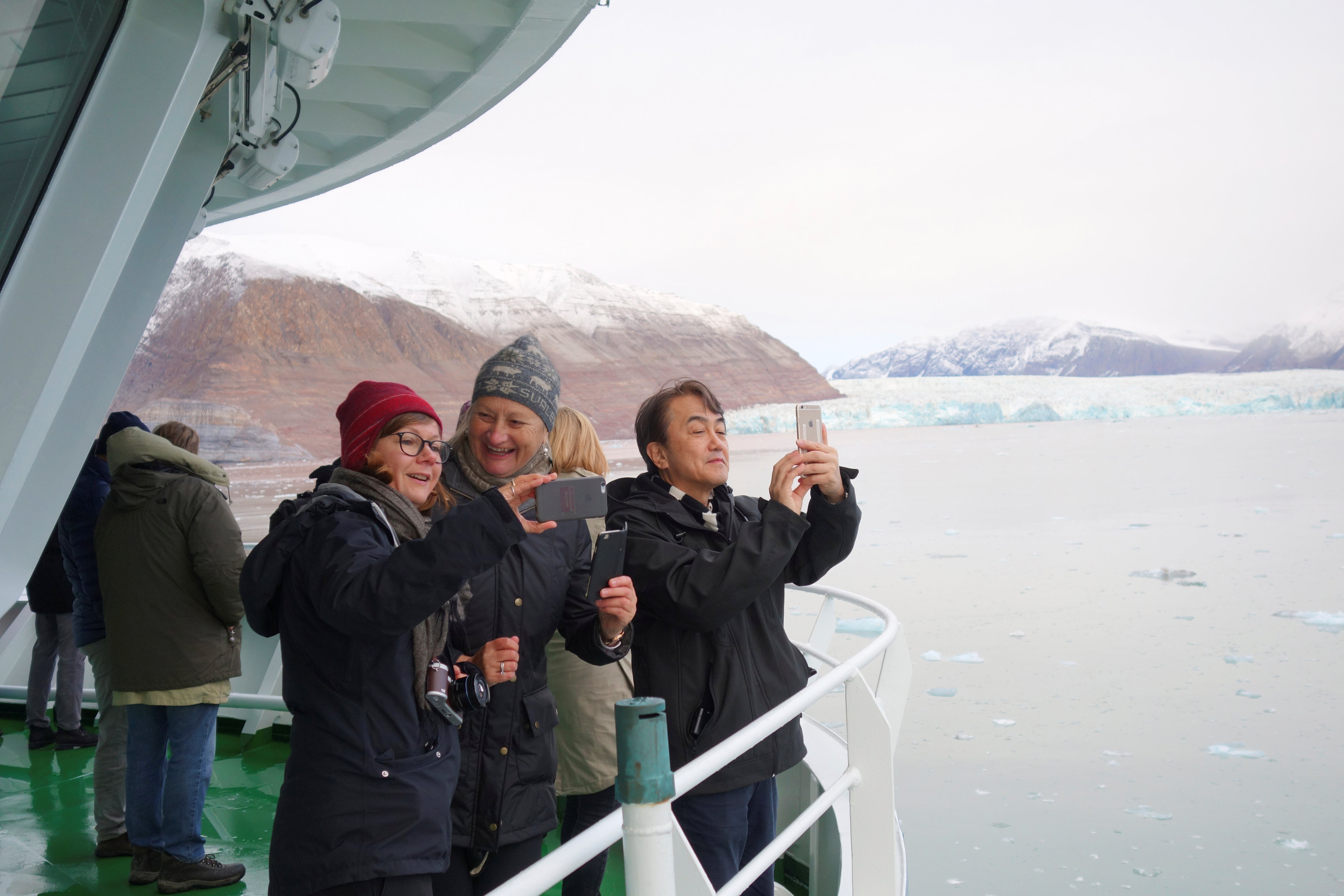
Barren lands, icebergs and a unique flora and fauna have been attracting more and more tourists to Arctic regions over the last decades. However, tourist numbers vary considerably across Arctic regions with related opportunities and risks thus spread unevenly across the North.
“With increasing media attention on the Arctic over the past 15 years, more and more people want to see the region’s attractions before they are gone, resulting in an increase in so-called ‘last chance tourism,’” says Patrick T. Maher, associate professor at Cape Breton University in Nova Scotia, Canada and lead of the University of the Arctic Thematic Network on Northern Tourism.
Increases in Arctic tourism numbers is also due to reduced barriers of entry , such as less sea ice and a more tolerable climate for longer parts of the year. Further factors are improvements in gear, infrastructure, technology and know-how, such as better geographical knowledge of the region, better navigational charts, more durable equipment, and better developed transport opportunities to and within the region. Such developments have made large-scale tourism such as the Arctic trip of the massive cruise ship Crystal Serenity in August 2016 possible.
But all these factors play out very differently across the Arctic.
Hot spots and laggards
Not least, the Arctic is a large area and a closer look reveals that tourists are distributed very unevenly among various Arctic regions.
“The most visited areas are the most accessible ones, which are generally Finland, Norway, Sweden and Alaska”, says Maher. A relatively new player in the group is Iceland, which made a large jump over the last years, now attracting more tourists than the three northernmost counties in Norway.
“Put in numbers, Alaska, Sweden and Finland attract more than 2 million tourists a year, while the Yukon (the top destination in Canada) only sees 200,000 tourists. To Canada’s easternmost territory, Nunavut, only around 15,000 tourists come each year,” Maher said.
“The Nordic countries benefit from their closeness to other European states, good infrastructure and well-developed tourist offers and products,” says Marta Bystrowska from the Centre for Polar Studies, University of Silesia, Poland who is currently finishing her PhD thesis on Arctic tourism.
“Also local tourism entrepreneurship is well-developed and has a long tradition in those regions, hence they perform much better in the tourism industry than rather new tourism markets like Greenland or Canada, where, especially for Indigenous communities, tourism is a rather new thing,” she adds.
“The hot spot for Arctic cruise tourism is Svalbard,” Frigg Jørgensen, executive director of the Association of Arctic Expedition Cruise Operators, told High North News.
“The archipelago is generally seen as a success story in high Arctic tourism development. It has the advantage of well-developed infrastructure and easy access by air from Europe that makes it relatively cheap to travel to in addition to its natural attractions like northern lights and polar bears,” Bystrowska explains.
Drivers of Arctic tourism
Attractions
“The most crucial factors deciding if a region in the Arctic becomes an attractive tourist destination are nature and wildlife, cultures, ice, location and accessibility,” says Jørgensen.
“Even being in the Arctic is an attraction itself, so belonging to the Arctic makes a location potentially attractive for tourism,” adds Bystrowska.
A further plus is for a location to have many natural attractions in a relatively small area. A prime example is Svalbard, where on a relatively small territory we can spot polar bears, walruses, other flora and fauna, as well as calving glaciers and stunning landscapes, Bystowska explains.
Another factor to become an attractive tourist attraction is the ability and willingness of a destination to sell and market itself. Maher again mentions Iceland as an example: “Twenty years ago, the island in the North Atlantic was not visited by many, but today after big marketing campaigns such as the Icelandair #Stopover, tourist numbers are six times more than they were in 2008.”
Infrastructure
According to researchers , transport infrastructure is the decisive factor for Arctic tourism since it also significantly determines the necessary size of one’s vacation fund. Adventurers seeking extreme experiences like climbing icy mountains and hiking through wide barren lands usually spend large sums on gear and equipment, and also roads, ports and airports are less relevant for them. But these are only a small group of people, and the Arctic is indeed, like other regions, predominantly subject to mass tourism with travelers looking for relatively cheap and easy-to-access attractions.
And infrastructure is just not the same across the Arctic. “In Canada’s Arctic, for example, there are many more tourists in Yukon than in Nunavut because the Yukon has road access while Nunavut has none”, Dr. Maher explains.
Bureaucracy
“The most deciding factors if a region becomes a tourist hub are not increasing accessibility through climate change alone,” Ms. Jørgensen from AECO emphasizes.
Also accessibility in regards to bureaucracy and costs for tour operators matters. For example, less ice will give rise to new possibilities in Canada and Russia, but there might be other, bureaucratic obstacles for development, such as cumbersome permit requirements and visa procedures.
Tourism: Opportunity and Challenge for the Arctic
One may not forget that with tourism – and especially mass tourism with large numbers of people visiting remote Arctic areas – also a number of serious challenges arise. These range from increased environmental degradation by tourists putting extra pressures on land, wildlife and water; increasing waste disposal and pollution through increased airplane and ship traffic; risk of major accidents, especially of cruise ships and resulting environmental damage through oil spills; and conflict between local hunting and fishing practices and recreational activities.
According to Maher, the growth of Arctic tourism will continue until destinations feel that it becomes too much of a burden for the local environment and society. Iceland, for example, now gets four times their population visiting every year. With increasing pressure on infrastructure, the housing market and the environment, this might spark a debate about the carrying capacity of Iceland as a tourist destination.
Not a panacea for Arctic development
Tourism is often said to be a sustainable form of development for the Arctic , since recurring tourists every season offer a more reliable economic outlook than exploiting finite natural resources subject to volatile global commodity markets.
“However, tourism is not the panacea that by itself will solve all problems of a region,” Maher says.
It has to be seen as just another form of resource use, which might be less harmful and extractive than other activities but can also become destructive if too many visitors exert pressure on local cultures and environments.
“If managed well, tourism can bring great economic benefits to remote and peripheral areas but tourism needs to be one piece of a diversified economy,” he emphasizes. Like other economic activities, such as mining, also tourism is subject to a boom-and-bust cycle, thus communities need to make sure not to put all their resources and investments only in one development area.
In sum, there is a lot to take into account when developing Arctic regions as tourist hubs. The currently unevenly distributed tourist numbers can provide lessons learned for regions striving to tap into the benefits of Arctic tourism by looking to established hubs as to what to adopt and what to avoid.
Privacy Overview
- Senior experts
- Advisory Services
Geopolitical power play in Arctic shipping

Rising earth temperatures have opened up new routes through the Arctic, allowing commercial ships to shorten journeys between Europe and Asia dramatically. While this could improve trade flows, territorial conflicts and legal uncertainty are causes for concern.
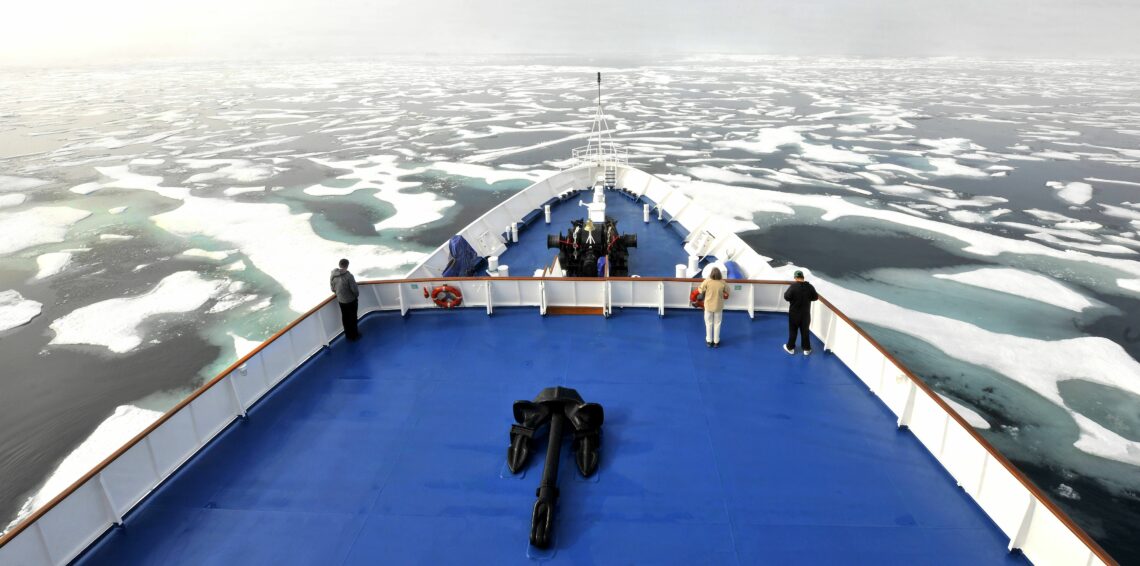
In a nutshell
- There is growing interest in Arctic shipping routes
- Rising military tension is becoming problematic
- The Arctic Council could offer a mediating platform
Weather changes have recently made the remote, inhospitable Arctic easier to navigate. While the area holds opportunities for trade and transport, particular geopolitical challenges will need to be overcome before the potential of the region can be put to good use.
New shipping routes
The two main sea routes through the Arctic are the Northeast Passage, which stretches across Eurasia, and the Northwest Passage, which follows the Canadian and American coasts. In the past, thick ice made navigation difficult but as the earth’s temperature rises, glaciers and ice sheets melting will open up new routes.
There is growing interest in making both the Northeast Passage and the Northwest Passage transit hubs between the Atlantic and the Pacific. Numerous commercial ships have made the voyage during the summer.
In 2014, Nunavik , a vessel owned by Fednav, a group of Canadian companies, became the first cargo ship to sail through the Northwest Passage without the aid of icebreakers. It transported nickel from Canada to China on a 26-day journey, decreasing transportation time by 15 days compared to the 41-day return through the Panama Canal.
In August 2018, shipping company A.P. Moller-Maersk sent the first container ship from East Asia to Europe via the Arctic through Russia’s Northern Sea Route (along the Northeast Passage). The Danish conglomerate found that a journey across the Arctic Ocean could reduce travel time by up to 40 percent compared to routes in southern Asia and through the Suez Canal or past the Cape of Good Hope in Africa. In the summer of 2019, the company announced it would explore the possibility of cooperating with Atomflot, a Russian operator of nuclear-powered icebreakers.
An optimization of Arctic routes could have a significant impact on the global economy.
In 2017, 32 vessels made the journey across the Arctic. However, these were mostly icebreakers and tankers, and commercial shipping is still rare in the region. Nevertheless, a 2019 paper from the U.S. Committee on Marine Transportation predicts that the number of vessels operating in the U.S. Arctic is likely to triple by 2030. Chinese Ocean Shipping Company (COSCO) is also planning to ramp up its use of the Northern Sea Route in years ahead.
With 90 percent of global trade transported by ships, an optimization of Arctic routes could have a significant impact on the global economy.
In recent years, the Suez Canal has been the prevailing choice for companies shipping goods to and from the East. As of early 2020, traffic in the Suez Canal was breaking records in numbers and tonnage of vessels transiting, as well as daily revenues in transit fees. Open routes in the Arctic would facilitate trade flows between Europe and Asia and also decrease traffic in the Suez Canal.
Travel through the Arctic also means less fuel, less CO2 emissions and fewer transit fees. Ships would no longer need to go through areas plagued by piracy, ultimately allowing for an overall increase in the amount of cargo being shipped worldwide.
Why, then, are shipping companies so cautious with Arctic activities? The answer comes down to geostrategic concerns.
Military presence
Currently, the Arctic is governed primarily through soft law by the Arctic Council , an international forum consisting of eight states: Canada, the Kingdom of Denmark (including Greenland and the Faroe Islands), Finland, Iceland, Norway, Russia, Sweden and the United States. The council’s purpose is to promote cooperation, coordination and interaction between Arctic states on issues like sustainable development and environmental protection. The area is also subject to the domestic laws of the eight states, which causes significant uncertainty.
During an Arctic Council meeting in Finland in May 2019, U.S. Secretary of State Mike Pompeo stated that the Arctic had become an arena of global geopolitical power and competition. During the Cold War, military bases were scattered on borders between NATO countries and the Soviet Union. At present, dormant tension is waiting to resurface. There has been an increase in military exercises by both NATO and Russia. The U.S. has been modernizing the Thule Air Force Base in Greenland, stepping up a major strategic asset. In the summer of 2019, U.S. President Donald Trump even considered purchasing Greenland from Denmark.
Russia, meanwhile, has been intensifying its aviation and naval activities, building 475 military sites in the Arctic over the past six years. In the last days of December 2019, it published a comprehensive infrastructure development plan for the Northern Sea Route. Moscow plans a 90 million-ton increase in maritime traffic by 2030. Both Russia and the U.S. have commissioned new icebreaker fleets, underlining their commitment to developing transit in the Arctic.
The military tension between the two nations is influencing the shipping sphere. In 2017, Russian authorities declared that 20 percent of all ships traveling the Northern Sea Route had violated its rules of navigation, thus justifying restrictions. This move angered Washington. It answered that all Arctic passages should be considered international waters.
Both Russia and the U.S. have commissioned new icebreaker fleets.
Today, Russia demands to be notified of any trip at least 45 days in advance and requires information on the ship and its route. Additionally, it stipulates that the ship must pay transit fees and take on a Russian pilot for the duration of the trip – conditions to which U.S. Navy ships, for example, are unlikely to agree.
In 2019, the U.S. threatened to have naval vessels transit the Arctic along the Russian coast in an operation named Freedom of Navigation. In April 2020, Russia activated a new defense unit along its Northern Sea Route. With both sides showing no intention of stepping down their engagement in the region, a military conflict is not impossible – although still unlikely at the moment.
This military posturing shows Washington’s eagerness to strike a new balance between coastal state jurisdiction and international navigational rights. The Arctic Council has not interfered so far, but if tension rises, the organization may have to weigh its options to prevent a potential conflict. According to a footnote in its founding declaration, the council “should not deal with matters of military security.” However, the declaration is not legally binding and could be altered if its members reach a consensus.
The council will seek ways to contain brewing military tensions. Arctic states have so far proven extremely reluctant to formalize the situation with legally binding treaties. Should military pressure continue to rise, the organization would likely try to offer a mediating platform to the conflicting parties instead.
Non-Arctic states
For Arctic shipping to gain traction, the option must become safe, reliable and efficient. The current infrastructure does not allow seamless shipping yet, which has sparked an investment race in the region. Finland, Norway and Denmark are considering significant developments within their respective Arctic zones. Ottawa is also planning to invest in the area, but the many islands and lack of deepwater ports on the Canadian coast make it less viable than Russia’s Northern Sea Route.
On March 5, 2020, Russia confirmed its own appetite for infrastructure when it published a decree setting out a road map for multimillion investments and the massive industrialization in the Arctic by 2035. Moscow is planning to build new Arctic vessels, upgrade regional airports, construct ports and facilitate the exploitation of natural resources. China, too, has shown interest in the Arctic, with a particular focus on developing shipping lanes and port infrastructure. In 2018, Beijing unveiled its Polar Silk Road Strategy, which will extend the Belt and Road Initiative to the Arctic. It is also investing extensively in Russian natural gas and port facilities.
China has been an observing member of the Arctic Council since 2013, notwithstanding internal disagreements over this state of affairs. Despite having no territorial connection to the region, China considers itself a “near-Arctic” nation because of its interests and has sought to obtain membership in international platforms dealing with the region.
For Arctic shipping to gain traction, the option must become reliable and efficient.
Another non-Arctic state showing great interest is India, also an observer in the Arctic Council. In January 2020, the Indian energy minister declared the country would participate in a significant Arctic oil project to be developed by Russia. But unlike China, India has yet to define itself as a “near-Arctic” state.
The European Union is also looking northward. An EU Arctic policy and strategy – calling on member states to contribute to development in the region – was laid out during the Finnish presidency in December 2019. Yet the EU’s observer status in the Arctic Council is still pending, despite years of diplomatic efforts to promote investment in the area.
There are currently 13 observing member states, 13 observing intergovernmental and interparliamentary organizations and 12 observing nongovernmental organizations in the Arctic Council. Observer members or pending members like the EU could find themselves isolated on crucial questions and barred from voicing opinions. This constriction would most likely lead them to create a forum of their own to avoid leaving the governance of a geopolitical region affecting the entire world in the hands of eight countries only. Meanwhile, having non-Arctic countries, unions and international organizations cultivate their strategies through investments in their preferred Arctic states would have destabilizing consequences for the Arctic Council.
When looking for governance tools to overcome the challenges described above, the Arctic Council could look to the Antarctic Treaty System for inspiration. However, Finland seems to be the only Arctic state in support of a treaty. Without broader support, the organization will likely opt for a softer approach to manage the increasingly complex geopolitical situation of the far North.
The council is more likely to foster inclusion by adjusting how it engages with non-Arctic countries and organizations, possibly by allowing observer members to become more involved in discussions while reserving voting rights for Arctic states. It is also possible that the organization will seek to ease tensions by creating a broader forum to promote a dialogue with larger groups of stakeholders.
- In a nutshell #1
- Scenarios #1
Related reports
Kagame still holds rwanda’s consensus together.

Rising fringe a challenge for Europe’s mainstream

China, Russia and 23 others: Challenging the global system

The paradoxes of the EU’s Africa policy

Japan’s strategic shift in diplomatic engagement

Belarus walks a tightrope with Russia
The long-term effects of inflation include rising inequality.

Cross-Strait relations in the Lai era

Show all reports
View this report on the web: https://www.gisreportsonline.com/r/arctic-trade/
Report published: May 18, 2020
Document version/created: July 5, 2024
National Geographic content straight to your inbox—sign up for our popular newsletters here

Hot topic: can travel to the Arctic ever be sustainable?
With the Arctic warming three times faster than the rest of the planet, can travel to the region ever be sustainable? Select tours to Svalbard suggest small group trips may be a force for good.
28 Dec 2021, 06:06 GMT — At 78 degrees north of the Arctic Circle, Svalbard is the final frontier before the North Pole, some 650 miles of pack ice away. The archipelago is raw, elemental and brutally beautiful. By nature, it invites adventure: hiking, kayaking, camping, ski touring, dog sledding and snowmobiling. Go in search of polar bears and the Northern Lights, and you’ll find it works its magic on you in far more subtle and profound ways: the blue silence of the night; the sense-startling cold; the feeling of being alone on the frozen tundra, with mountains rearing up like great icy waves; and the sight of a wild reindeer, walrus or fleeting Arctic fox.
A trip to the Arctic has the power to change you and make you view the world differently. But with a 2021 report by the Arctic Monitoring and Assessment Programme suggesting the Arctic is warming three times faster than the rest of the planet, the sea ice rapidly melting and wildlife losing habitat as a consequence, should we be there at all?
Can travel to the Arctic be sustainable?
While critics point to the ‘last-chance tourism’ boom in big cruise liners, which pollute heavily and give back very little, other industry experts are adamant that travel to places like Svalbard can be a force for good, providing you make the right choices. Choose a small boat if cruising, they say, and one that actively supports local conservation and communities.
“Unlike Antarctica, there’s no Arctic treaty, and the region’s vulnerability to exploitation is rising as its ice recedes. But tourism can offer a disincentive to threats like mining,” says Justin Francis, founder and CEO of Responsible Travel , which offers small-ship, environmentally sound, wildlife-focused cruises around Svalbard’s main inhabited island, Spitsbergen. “Approached responsibly, travel here provides an unrivalled learning opportunity that transforms visitors into campaigners for the region’s protection and, crucially, an economic incentive for regional preservation. The key is sustainable numbers that contribute significant value.”
Are there low-impact small cruises?
Run by passionate conservationists, Secret Atlas has gone even further, with leave-no-trace expedition cruises on vessels carrying just 12 passengers. The environment-focused company arranges tree-planting schemes and gives back to communities through actions like Arctic beach clean-ups.
“Our 15-day Svalbard Pioneer cruise circumnavigates Spitsbergen, venturing far out to visit the Austfonna ice cap and lots of rarely visited places with a veteran expedition leader,” enthuses co-founder Andy Marsh. “We often see wildlife like polar bears, whales, walruses, seals, reindeer, Arctic foxes and an abundance of birds.”
Andy believes travel companies can be a force for good. “When you see a pristine natural environment, you realise what’s at stake and why it needs protection. Our voyages help to spread a very important environmental message, encouraging people to stand up and protect the Arctic,” he says.
Sustainable Svalbard
According to Sustainable Tourism Svalbard project manager Sara Borchgrevink Madsen, the future of responsible travel in the Arctic involves encouraging travellers to choose environmentally certified tour operators that care about conservation and community. She emphasises the benefits of visiting during the low season (winter), and giving preference to non-motorised, reduced-footprint activities like skiing and dog sledding, offered by companies like Green Dog , Basecamp Explorer and Svalbard Wildlife Expeditions .
“It’s about making wise environmental choices,” says Sara. “We encourage people to travel less and stay longer, and use existing infrastructure near the town of Longyearbyen on Spitsbergen. Allow time to really embrace Svalbard, discover its stillness and be humbled by nature.”
Environmentalists say time is running out for the Arctic. Some damage is irreversible, but long-term strategies for sustainable tourism could help to protect this precious region for many generations to come. Here David Attenborough’s words ring true: “No one will protect what they don’t care about; and no one will care about what they’ve never experienced.”
Published in the Winter Sports guide 2021, distributed with National Geographic Traveller (UK)
Follow us on social media
Facebook | Twitter | Instagram
FOURTH OF JULY SPECIAL
Get National Geographic magazine for $10 off
Related Topics
- ADVENTURE TRAVEL
- POLAR TRAVEL
- TRAVEL AND ADVENTURE
You May Also Like

These are the best travel photos of 2022


Canada's best wildlife encounters on a small-ship cruise of British Columbia

Following early polar explorers on a journey through Canada's Northwest Passage

10 whimsical ways to experience Scotland

The essential guide to visiting Scotland
- Environment
History & Culture
- History & Culture
- Mind, Body, Wonder
- Paid Content
- Terms of Use
- Privacy Policy
- Your US State Privacy Rights
- Children's Online Privacy Policy
- Interest-Based Ads
- About Nielsen Measurement
- Do Not Sell or Share My Personal Information
- Nat Geo Home
- Attend a Live Event
- Book a Trip
- Inspire Your Kids
- Shop Nat Geo
- Visit the D.C. Museum
- Learn About Our Impact
- Support Our Mission
- Advertise With Us
- Customer Service
- Renew Subscription
- Manage Your Subscription
- Work at Nat Geo
- Sign Up for Our Newsletters
- Contribute to Protect the Planet
Copyright © 1996-2015 National Geographic Society Copyright © 2015-2024 National Geographic Partners, LLC. All rights reserved

Follow us on social media:
Responsible tourism and shipping.
This summer, over 100,000 tourists are expected to travel to Antarctica. As the number of people visiting this remote wilderness grows, all who visit must take extra care to preserve this special place in a time of great change.
WHAT’S HAPPENING?
Antarctic tourism is changing.
Antarctica is growing in popularity as a tourist destination. In the summer of 2022-23 a total of 104,897 tourists visited Antarctica, an increase of 41% on previous maximums. Industry growth is forecast to continue over the next decade.
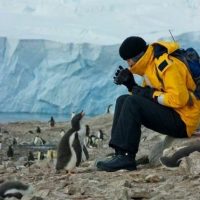
Between 2015 and 2023, the number of people visiting the Antarctic Peninsula jumped from 36,702 to 104,897.
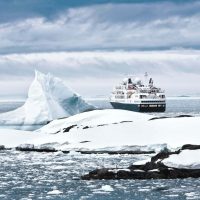
Demand for Antarctic tourism is increasing. As of 2021, there are 16-20 new cruise vessels due for delivery within 3 years*.

Tour operators offer a growing range of adventure activities such as kayaking, snorkeling and transfer by helicopter.
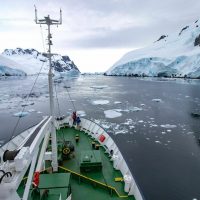
Increased shipping traffic associated with tourism presents a threat to wildlife, humans and the environment.
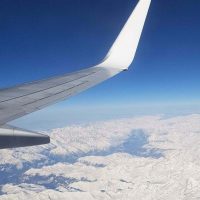
In November 2021, an Airbus A340 carrying tourists landed on an Antarctic blue-ice runway for the first time.
* While some older vessels are being retired, the overall increase in carrying capacity will support 30-40% more tourists within only a few years.

Why it’s important
Responsible tourism and shipping.
The Antarctic Peninsula is more than just an attractive tourist destination. It is widely recognized as one of the most productive parts of the Southern Ocean, and the most vulnerable to a warming climate.
The Antarctic Peninsula is among the most rapidly warming places on the planet, and the site of a growing krill fishery. Ninety-eight percent of all Antarctic tourism takes place on a stretch of the northern Antarctic Peninsula coastline only 300 miles (500 kilometers) in length.
This region is also a popular summer destination for migratory whales, seals and seabirds that flock here to feed on abundant swarms of Antarctic krill ( Euphausia superba ) and other marine life. But as the ocean warms , sea ice changes and human activity increases , this vibrant ecosystem is under stress.
Urgent action is needed to prevent irreversible damage to this incredible polar wilderness.
What are the impacts?
Most tourists (around 98%) visit the Antarctic Peninsula by ship, disembarking only for brief excursions ashore. While the Polar Code introduced polar-specific regulations for safe, environmentally responsible shipping, it does not provide adequate protection for polar waters.

Black Carbon
Black carbon (soot) is produced when fossil fuels burn, for example in diesel engines and generators on ships.
These microscopic particles can settle on snow and glaciers, darkening their surface, making them melt more quickly, and speeding up the process of sea level rise.
A 2022 study published in nature.com found elevated concentrations of black carbon in the snow around popular Antarctic tourism sites and research stations, compared to other areas of Antarctica.
The increased amounts of black carbon were linked to more rapid snow melt and loss of snowpack in the affected areas.
ASOC supports the efforts of Antarctic Treaty Parties to monitor the carbon footprint of Antarctic activities, including black carbon, with a view to systematically reducing carbon emissions and local black carbon pollution from all activities in the Antarctic.
Read information paper.
Download our black carbon infographic.
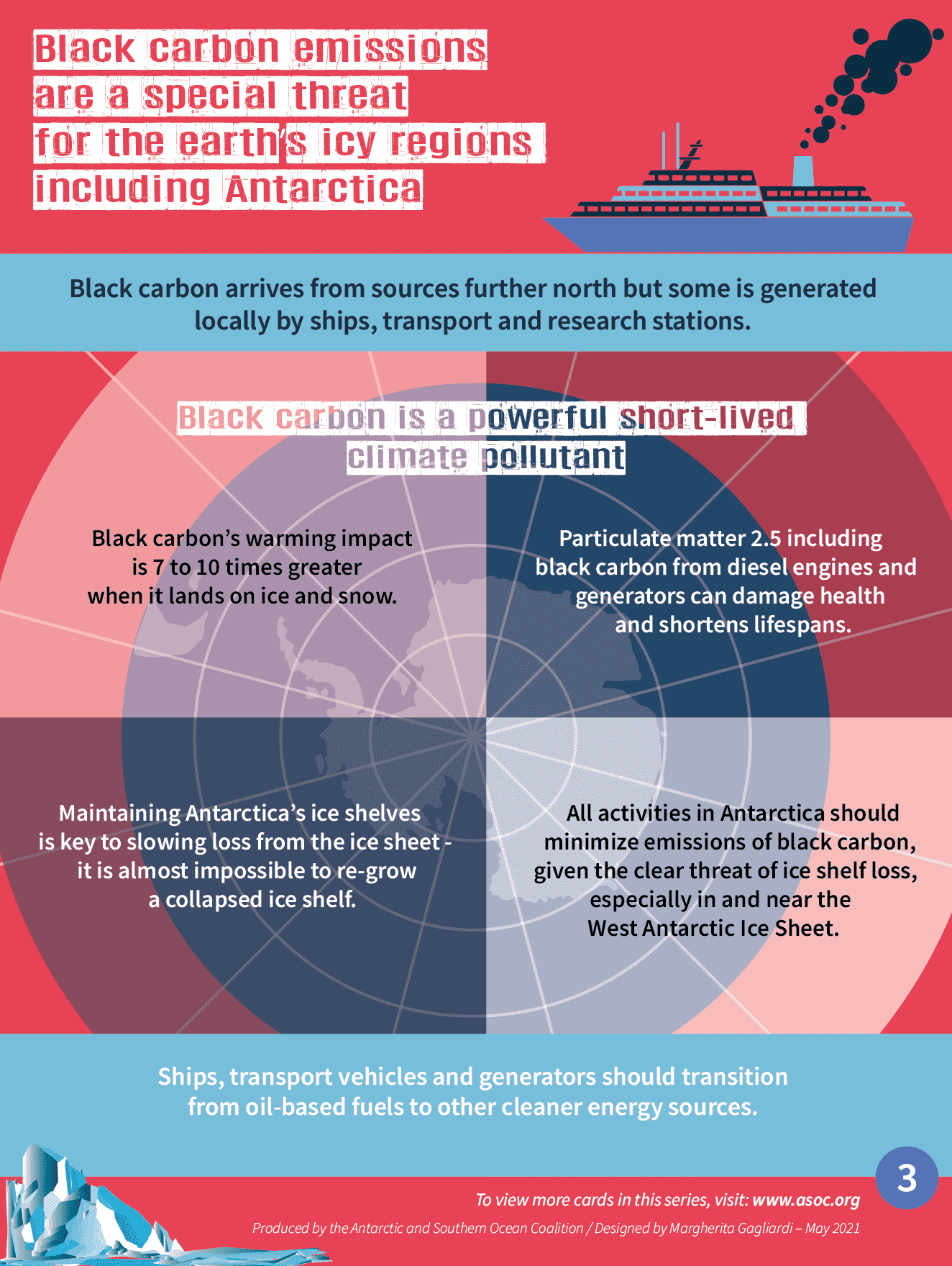
There are currently no restrictions on the dumping of gray water (bath, shower laundry and galley water) in the Southern Ocean.
Gray water often contains chemical detergents, heavy metals, fecal coliforms, polyaromatic hydrocarbons and microplastics harmful to marine ecosystems.
Scientific research has confirmed the presence of microplastics in both Antarctic snow and the waters of the Southern Ocean .
ASOC supports a ban on discharge of untreated black water (sewage) and gray water (bath, shower, laundry and galley water). We are calling for the discharge of gray water to be regulated globally through the IMO’s MARPOL Convention with special restrictions provided for the Southern Ocean in the Polar Code.
Download ASOC information paper about the discharge of water water from vessels in Antarctic Treaty waters.
Download our gray water infographics.

Fragile ecosystems
Around 99% of Antarctica is permanently covered by ice. Small ice-free areas, which provide an essential habitat for Antarctic seabirds, plants and insects, are increasingly being shared with humans.
Most tourist and scientific activity takes place in these limited ice-free areas, which means human impacts are concentrated in some of the most biodiverse and vulnerable regions of Antarctica.
The climate crisis is already having significant impacts on these ecosystems, making them more vulnerable to colonization by invasive species . Despite efforts to limit the impact of human activities, several invasive species have already been detected on the Antarctic Peninsula .
ASOC supports measures to prevent the introduction of non-native species via discharges of ballast water and fouling on vessel hulls.
ASOC also supports exploring regulations to limit the maximum tourist capacity, which have been successfully introduced in other ecologically sensitive areas.

Biofouling happens when organisms like algae or barnacles attach to the submerged parts of a vessel, like the hull or propellers.
Invasive species can be transported and introduced into fragile ecosystems through biofouling.
As more ships visit and the Antarctic Peninsula continues to warm , there is an increased risk that introduced species will become established and threaten delicate marine ecosystems.
In 2020, researchers identified 14 non-native species around the Antarctic Peninsula, and 13 more at high risk of invading the region .
ASOC supports measures to prevent the introduction of non-native species via fouling on vessel hulls.

What ASOC is doing
ASOC advocates for a long-term precautionary approach to regulating Antarctic tourism. We support intelligent policies that place reasonable constraints on tourism in Antarctica, ensuring that the region remains a natural reserve, devoted to peace and science.
Environmentally responsible tourism
As the tourism industry continues to grow, ASOC recommends a review of both the regulations currently in place and the environmental assessment and monitoring process, to ensure they remain resilient and effective as Antarctic tourism expands into new frontiers. ASOC encourages Antarctic Treaty nations to implement mandatory instruments that have been adopted but are not in force yet, and adopt additional measures to minimize environmental risk, including the cumulative impacts of tourism and fishing activities.

Stronger regulation under the Antarctic Treaty System
Implementing the environmental protocol.
Antarctica’s Environmental Protocol provides a legally binding set of conservation measures that covers most activities in the Antarctic Treaty area.
Although it entered into force in 1998, some important provisions of the Protocol still haven’t been put in place. For example, we are still waiting for a system of protected areas to be created, and a liability regime to be established.
ASOC campaigns for full and effective implementation of the Environmental Protocol so Antarctica will be governed to the highest standard of environmental protection possible.
Learn more about the Environmental Protocol.
Strengthening Liability for Environmental Damage
ASOC advocates for strengthening liability and accountability for states and operators who cause damage to the Antarctic environment, threatening its land, waters, and species.
The question of who is liable for environmental damage in Antarctica is critical to its protection. An environmental emergency in Antarctica would be disastrous and costly to remedy, with grave consequences for fragile ecosystems in areas that are extremely difficult to access.
Despite decades of negotiation, the question of who is liable for damage caused in the Antarctic Treaty Area remains unanswered. If there was a major environmental incident in Antarctic waters, there are several unknowns: who is responsible for coordinating the cleanup response? Who pays for the repair work? Who ensures that it’s done, and done well? How is this enforced? And what happens if the responsible parties refuse to do the work? Without answers to these questions, an environmental crisis could turn into a global disaster.
As the Exxon Valdez oil spill showed us in the 1980s, environmental emergencies in remote areas are costly, time-consuming and resource-intensive to remediate. Establishing liability for environmental damage in Antarctica is essential, both to promote accountability among those operating in Antarctica, and to discourage high-risk activities.
ASOC continues to advocate for the adoption of preventative regulations that both deter parties and operators from taking risks that could cause environmental damage, and establish liability in advance of an incident.

The Polar Code
The International Code for Ships Operating in Polar Waters (Polar Code) aims to ensure safe shipping and avoid environmental damage in the remote and sensitive polar regions.
Adopted by the members of the International Maritime Organization (IMO) under the auspices of the United Nations, the Polar Code entered into force in January 2017.
The Polar Code introduced legally-binding safety and pollution-prevention measures for cruise ships and large cargo ships (over 500 gross tons) in polar waters.
While ASOC welcomed the Polar Code, it does not provide adequate protection for the Antarctic environment or the people who work there.
ASOC continues to participate in international meetings where the Polar Code is on the agenda. We present decision-makers with policy papers backed by the best available science, advocating for strong protective measures and their harmonized implementation.
Read about our campaign to strengthen the Polar Code.
Learn more about the Polar Code.

Regulating disposal of untreated gray water
ASOC supports a ban on discharge of untreated blackwater (sewage) and gray water (bath, shower, laundry and galley water).
There are currently no restrictions on the dumping of gray water which often contains chemical detergents, heavy metals, fecal coliforms, polyaromatic hydrocarbons and microplastics.
Under the Polar Code, dumping of raw sewage is permitted beyond 12NM (13 miles) from land, ice shelves or fast ice, and as far as practicable from areas of sea ice concentration exceeding a density of one in ten. This could result in raw sewage being inadvertently dumped in a feeding ground for Antarctic wildlife. ASOC advocates for
stronger regulations to protect vulnerable ecosystems, including no dumping of untreated sewage in the Southern Ocean.
ASOC supports regulation of ballast water discharge, which can contain invasive species that could settle in Antarctic waters.
Read our policy paper.
Preventing the introduction of invasive species
Invasive aquatic species can be transported and introduced into fragile polar ecosystems through biofouling (when organisms, such as barnacles attach to the submerged parts of a vessel, for example propellers) and in ballast water, which ships use to help them remain stable.
Under the Polar Code, vessels are required to take measures to minimize the risk of invasive aquatic species through ships’ ballast water and biofouling.
All ships must have a ship-specific Ballast Water Management Plan, a Ballast Water Record Book and an International Ballast Water Management Certificate (the Certificate applies only to ships of 400gt and above).
Learn more about the Ballast Water Management Convention , which came into force in September 2017.
How we work
ASOC works at the highest level of Antarctic governance, encouraging policymakers to consider the impacts of Antarctic tourism in the context of other pressures in the region, including the climate crisis and growing krill fisheries.

We represent the global environmental community at international governance meetings, where the world’s leaders come together to decide the fate of Antarctica.

We advocate for specially protected and managed areas across Antarctica and the Southern Ocean, including an Antarctic Peninsula Marine Protected Area.

We support ongoing monitoring of Antarctic ecosystems, including control areas, to determine the impacts of human activities and inform policy proposals.
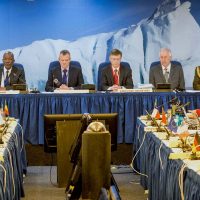
We present science-based policy proposals at international governance meetings, providing Treaty parties with information on how to protect the Antarctic environment.

We advocate for the ATCM to adopt new precautionary regulations to manage growth in tourism. Establishing sensible policies now will prevent problems in the future.
What you can do
Now is the time to act. As Antarctic tourism and shipping continue to grow, we must take urgent action now to protect vulnerable marine ecosystems from irreversible damage.
- Take Action
- Learn more about Antarctic tourism
- Current Campaigns

Arctic: the opening to tourism

- Search Search …
Trade Travel And Tourism In The Arctic Ocean
Trade Travel And Tourism In The Arctic Ocean: Arctic tourism poses a threat to the environment as the ice melts. Arctic Circle travel has become more like a vacation than an Adventure as the sea ice recedes and temperatures rise. For centuries, attempts to traverse the Arctic Circle by boat have resulted in failure and even death. However, as sea ice melts and the environment warms, polar travel has become more of a holiday than an adventure.
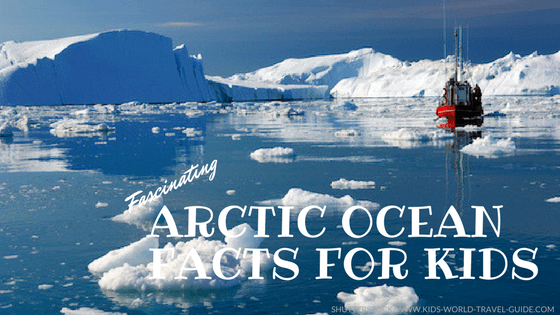
Arctic sea ice coverage in December was 420,900 square miles lower than the 1981-2010 average, according to the National Snow and Ice Data Center. This area is more than one-and-a-half times the size of Texas, and it has the lowest satellite level since 1979. The Nordic countries and Greenland have been at the forefront of Arctic tourism. In 1990, only 7,952 cruise passengers visited Iceland, a 75 percent reduction from the previous year. By 2016, the country has attracted over a quarter million Visitors per year. Last year, the number of visitors to Russia’s Arctic climbed by 20%, with the bulk of those visitors being Chinese.
Although there is a chance that an oil spill or sewage leak will harm the fragile polar habitat, experts believe it is a risk worth taking. “It is not a question of if, but when,” Jackie Dawson, an associate professor at the University of Ottawa, noted. It appears that a tragedy will inevitably occur in the Arctic as a result of climate change and human activity. For shipwrecked sailors, travel in the Arctic is difficult and perilous due to severe and frequently changing weather conditions. The elevation of the latitude also causes disruptions in maritime navigation and communication.
The Northwest Passage
Which runs 500 nautical miles north of the Arctic Circle, and was the first marine route through Canada’s Arctic Archipelago in 1906. Marta Bystrowska, a climate scientist earning her Ph.D. in Arctic tourism at the University of Silesia in Poland, notes that since then, the vast bulk of Arctic excursions has consisted of minimalist research vessels. Passengers boarding ships bound for the Arctic Circle are increasingly expecting a first-class experience, according to Bystrowska. “During a cruise, customers can enjoy great cuisine, nice rooms, and additional activities like scuba diving or kayaking.”
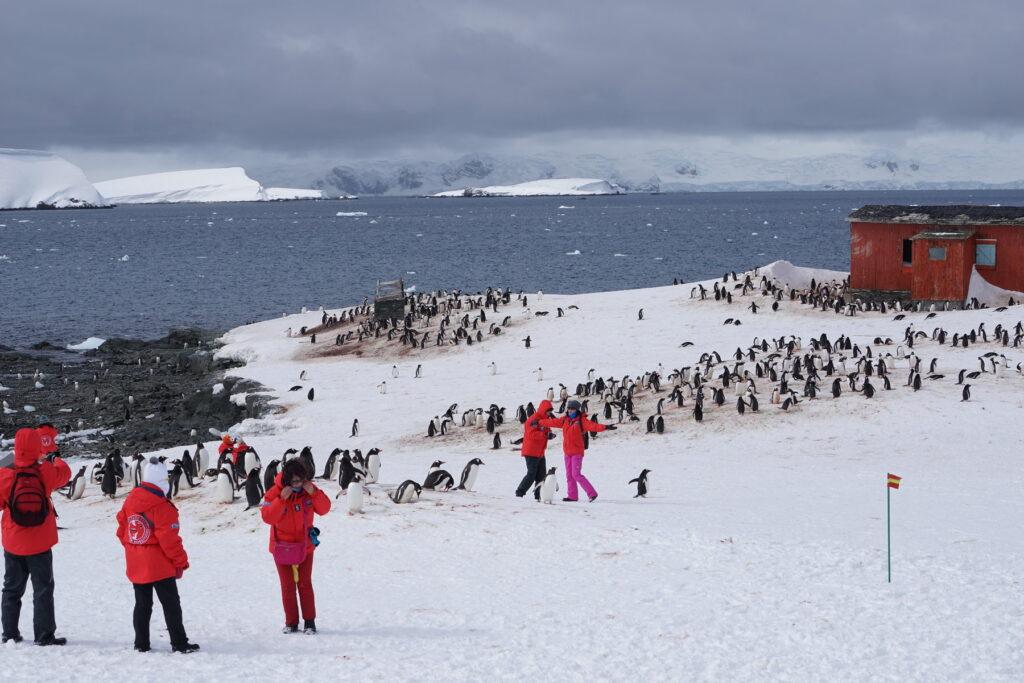
It’s feasible that the cruise industry will shift to larger ships in order to fulfill rising demand and increase the profitability of holidays. In 2016, the Serenity, a 13-story Crystal Cruises ship, traveled through the Northwest Passage, and was a sight to behold. In addition, 900 passengers dined in the ship’s beautiful dining room and gazed out their private balconies onto the glaciers. Since Serenity’s inaugural voyage, boutique businesses have followed suit. Abercrombie and Kent offer a 24-day trip as part of their Northwest Passage itinerary for $30,995. A personal butler will cost an additional $10,000. Quark Expeditions is providing a vacation with rates starting at $28,695 to get closer to the heart of the Arctic.
A hot air balloon ride to the North Pole costs an extra $500 per passenger. These ships must be able to withstand the extreme conditions that once made sailing in the Arctic the most challenging task on the planet. The IHO’s Polar Code was formed in 2016 to ensure that tour operators were appropriately prepared for the harsh weather and isolation of the Arctic. It also prohibits ships from discharging food waste or sewage. The code, which is imposed by two international accords, is enforced by the IMO’s 172 member states. This document also does not specify what penalties should be imposed for non-compliance.
Crystal Cruises will utilize the Endeavor
A 600-foot megayacht that complies with the Polar Code and has two helicopters and two seven-person submarines, in the region beginning next year. “The Arctic has a mystical quality to it.” It is, in my opinion, one of the most beautiful places on the planet.” Its lifeboats, which are entirely enclosed, resemble submarines rather than standard emergency rafts. Thermal suits, which cover the entire body from head to toe, are worn in addition to life jackets. A stream of hot water cascades down the front of the vehicle instead of a traditional defroster.
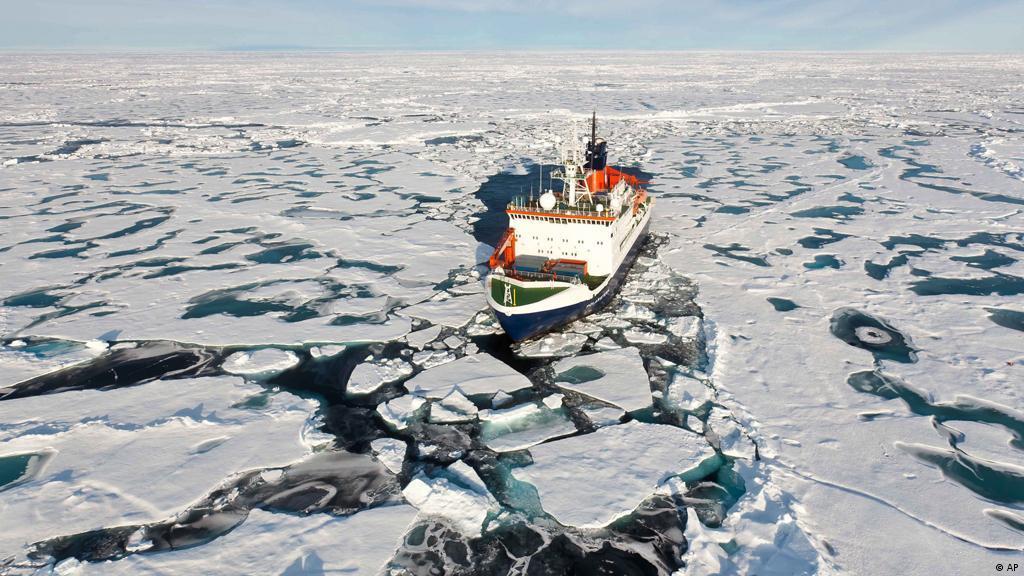
Furthermore, the melting of Arctic sea ice means that there is a time limit for visitors to visit the region. NOAA has previously issued a warning that the region is warming twice as quickly as the rest of the world. As a result, the phrase “last-chance tourism” has been coined to describe Arctic tourism, which attempts to capture the region’s species and scenery before it vanishes forever. “Last-chance tourism has an essential psychological impact in influencing people’s decision to cruise sooner rather than later,” says Dawson of the University of Ottawa.
It is controlled by the Antarctic Treaty System,
Which dates from the Cold War era and serves as a model of international cooperation. It’s a non-profit trade organization that creates and enforces standards for the tourist industry’s day-to-day operations among its members. The governments of countries such as the United States, France, New Zealand, Argentina, and more than two dozen others argue the Antarctic Treaty’s consultative parties must act more quickly in order to effectively control tourism and protect Antarctica’s importance as a wild region.
Tourism Industry in Antarctica Is Moving Toward (Risky) Mainstream
Visits to one of the world’s most remote places are becoming increasingly popular. In the early months of the year, an ocean liner with over 1,000 crew members and over 2,100 staterooms sailed through the cold waters of the Antarctic Peninsula. When compared to the expensive expense of most Antarctic excursions, which may be as much as three times as much, cruises offered for less than $4,000 per person are a tremendous bargain.
Controlling tourism in this distant territory, where no single government has the authority to create restrictions, is a difficult task, and the job is becoming harder as Antarctica’s fame grows. During this year’s austral summer, which runs from November to March, about 40% more visitors are expected to visit Antarctica. The region’s rapid growth, which is already under strain from climate change, commercial fishing for krill and toothfish, and scientific research, could jeopardize visitors’ safety.
What does this signify in terms of the environment and visitor safety?
Temperatures in the Arctic are fast rising, opening up new shipping routes and tourist attractions in the region, which might have a significant impact on the global maritime industry. A UN climate panel projects that by 2050, sea ice will be gone for up to 125 days per summer, increasing the likelihood of commodities transportation. As a result, officials are working quickly to establish a Polar Code of Conduct to help protect the region’s unique environment.
“The bottom conclusion for us is that tourism isn’t governed by a lot of tight laws.” The Antarctic and Southern Ocean Coalition (ASOC), an observer to the Antarctic Treaty system, is a network of over 15 conservation organizations. Claire Christian, ASOC executive director, says, “It’s mostly voluntary.” Right now, there is a lot of goodwill. You can’t, however, guarantee it.
You may also like

Saharan Dust Houston Allergies
Saharan Dust Houston Allergies: Dust from the Sahara should not be inhaled by people with existing ailments.People who are sensitive to dust […]

What Do Decomposers Secrete To Break Down Organic Matter
What Do Decomposers Secrete To Break Down Organic Matter: A decomposer breaks down the organic components of dead creatures in order to […]
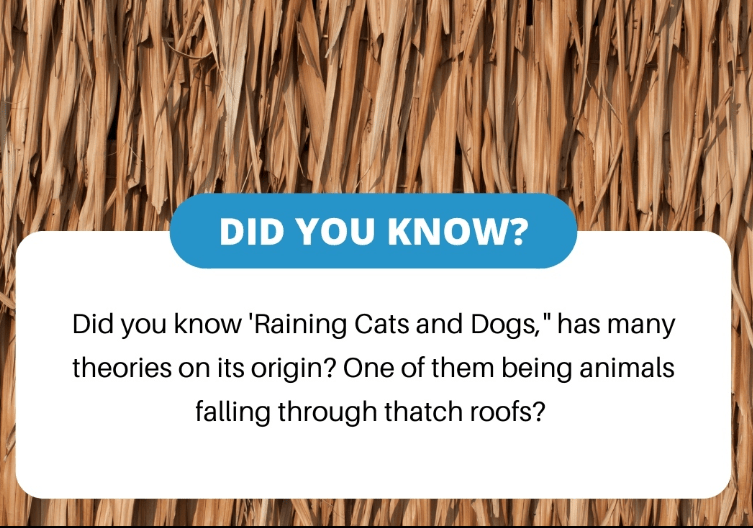
Expression Meaning In Succession Without A Break
Expression Meaning In Succession Without A Break: Primary succession occurs when a newly formed area is first colonized by a group of […]

Molecule Containing Two O Atoms
Molecule Containing Two O Atoms: Water is made up of two atoms. The two smaller spheres in each molecule are made up […]

Showbizz Daily (English)
The most beautiful islands in the world
Posted: February 25, 2024 | Last updated: February 25, 2024
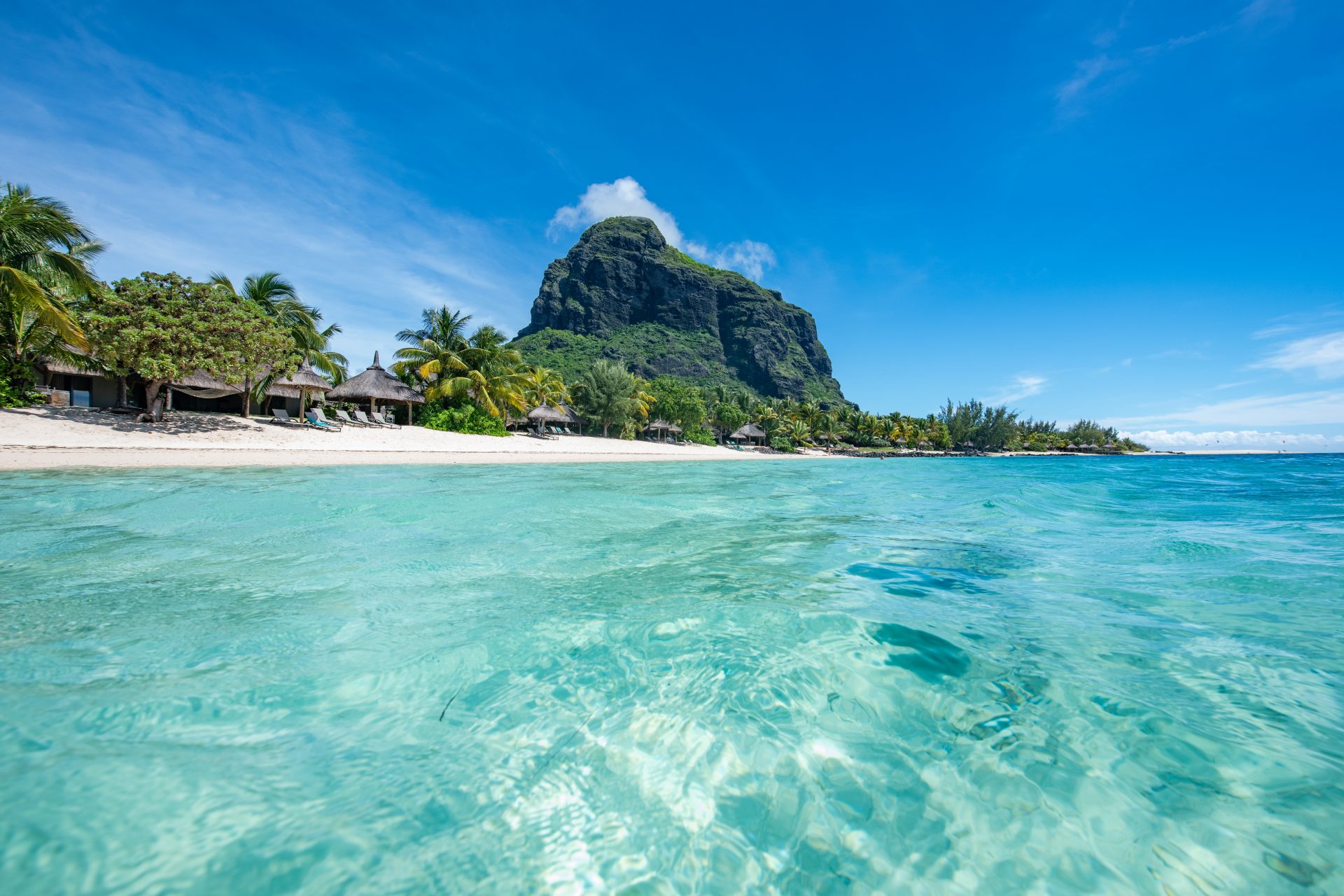
This island, in the Indian Ocean, has combined French and British influence with the cultural dominance of India. Its characteristics are sugar cane, jungles, and beaches of a hypnotic blue.
Follow Showbizz Daily to stay informed and enjoy more content!

Easter Island, Chile
The island of mystery, where its stone giants are vestiges of a lost civilization.
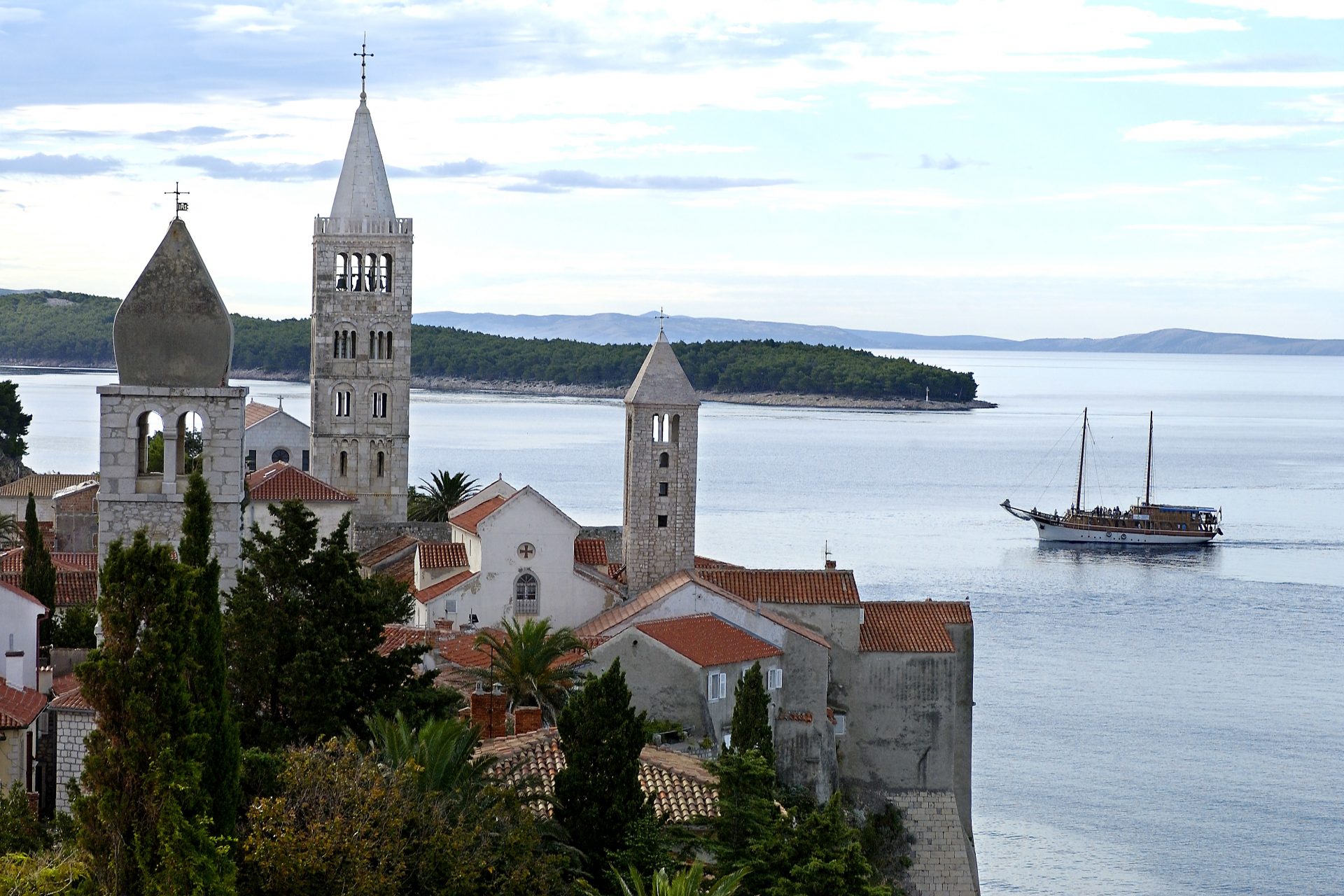
Rab Island, Croatia
Facing the Adriatic Sea, its main city displays its medieval charm. Towers, narrow cobblestone streets... A journey back in time.
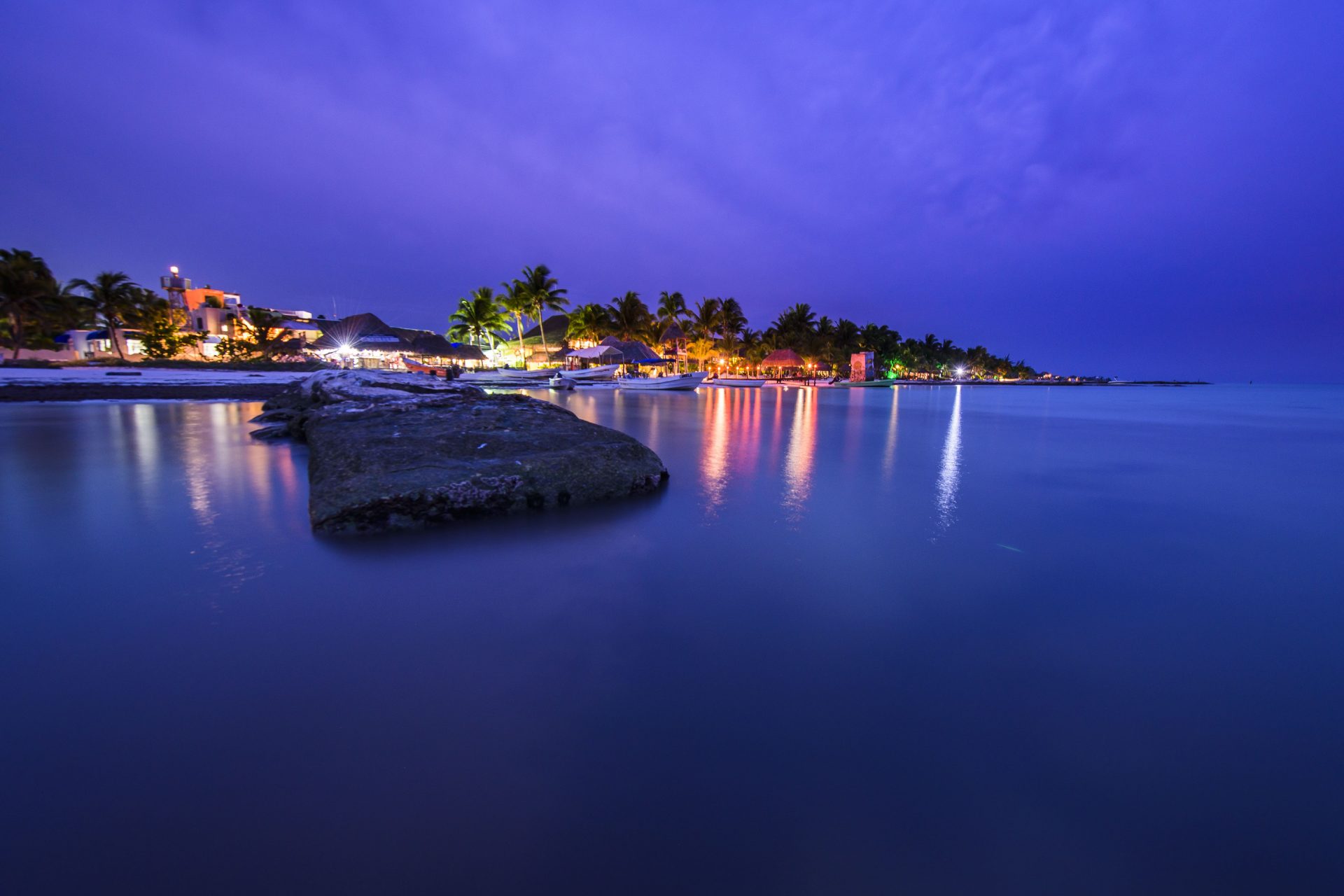
Holbox, Mexico
North of the Yucatan Peninsula. A perfect refuge to forget everything and enjoy its perfect sand and warm water.

Kauai, Hawaii, USA
One of the most beautiful islands in the Hawaiian archipelago. It has immense green mountains, abundant water everywhere, and the sea, that sea of intense color.
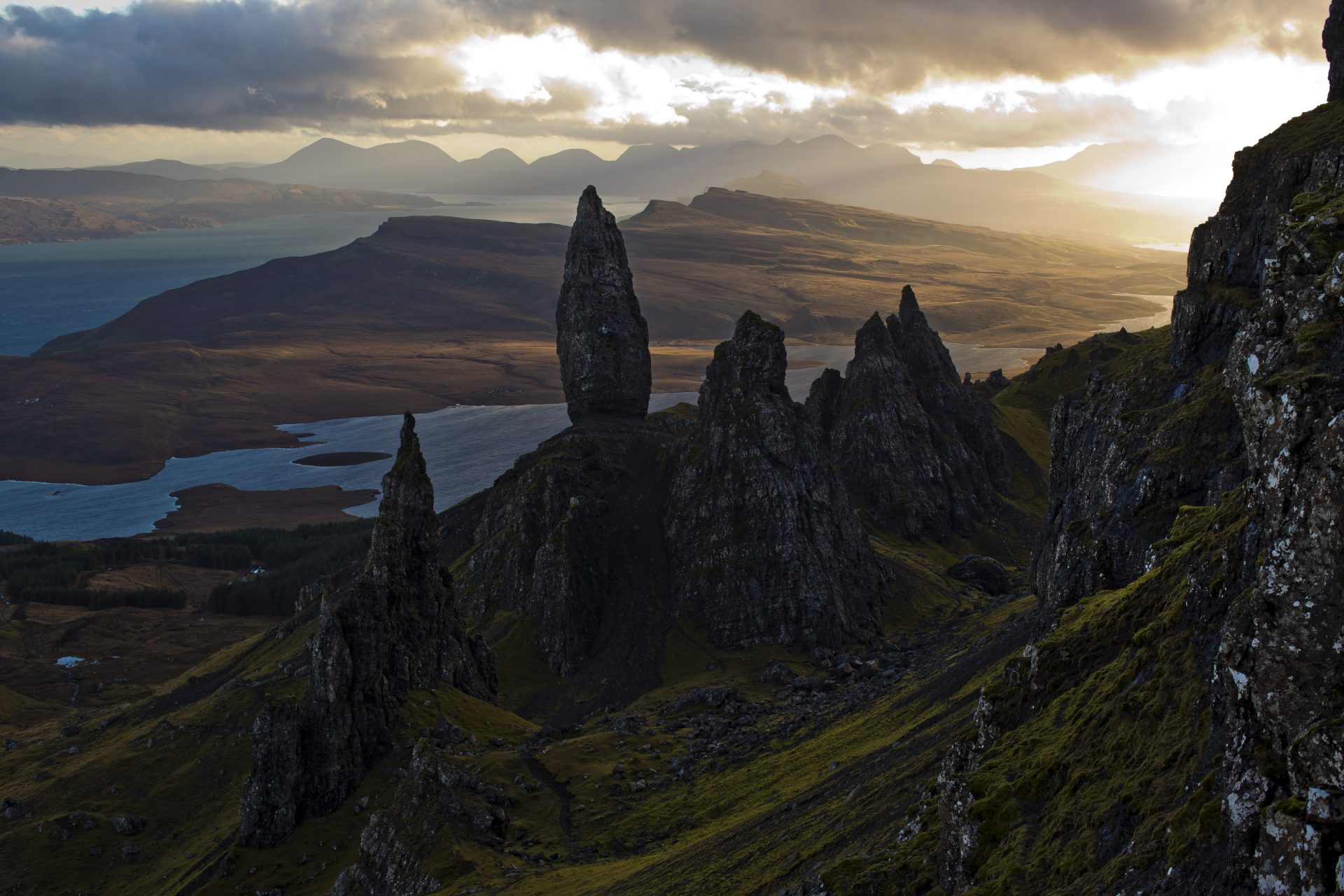
Skye Island, UK
A Scottish island with stunning landscapes, medieval castles, and fishing villages that maintain their authenticity.

Ko Adang, Thailand
A tiny Thai island with enormous charm and fascinating colours.
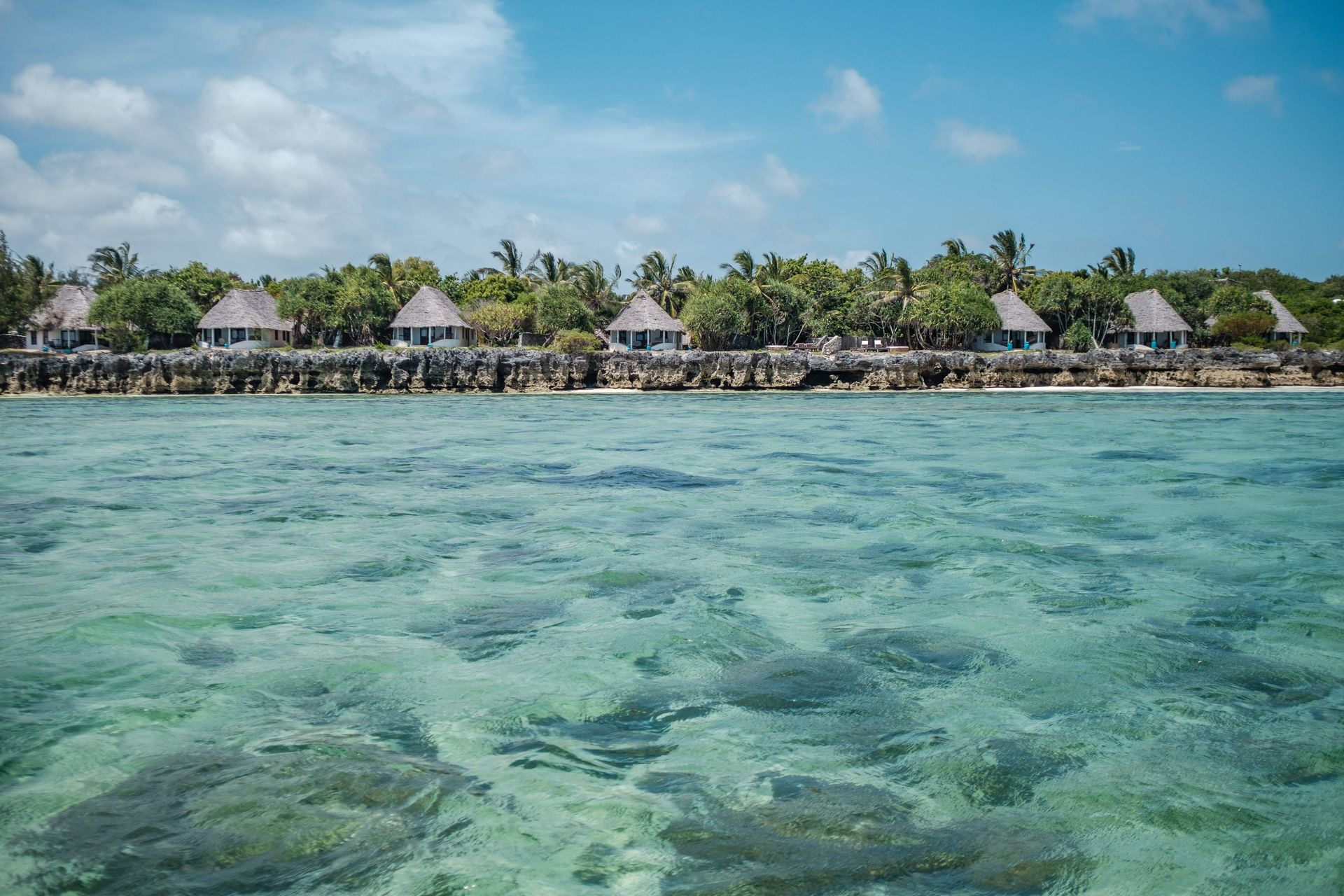
Zanzibar, Tanzania
This island was a very important port for trade routes between Europe, Africa, and Asia. It was also the center of the vile slave trade. And now it is a place open to tourism, with the sea drawing beautiful sunsets.
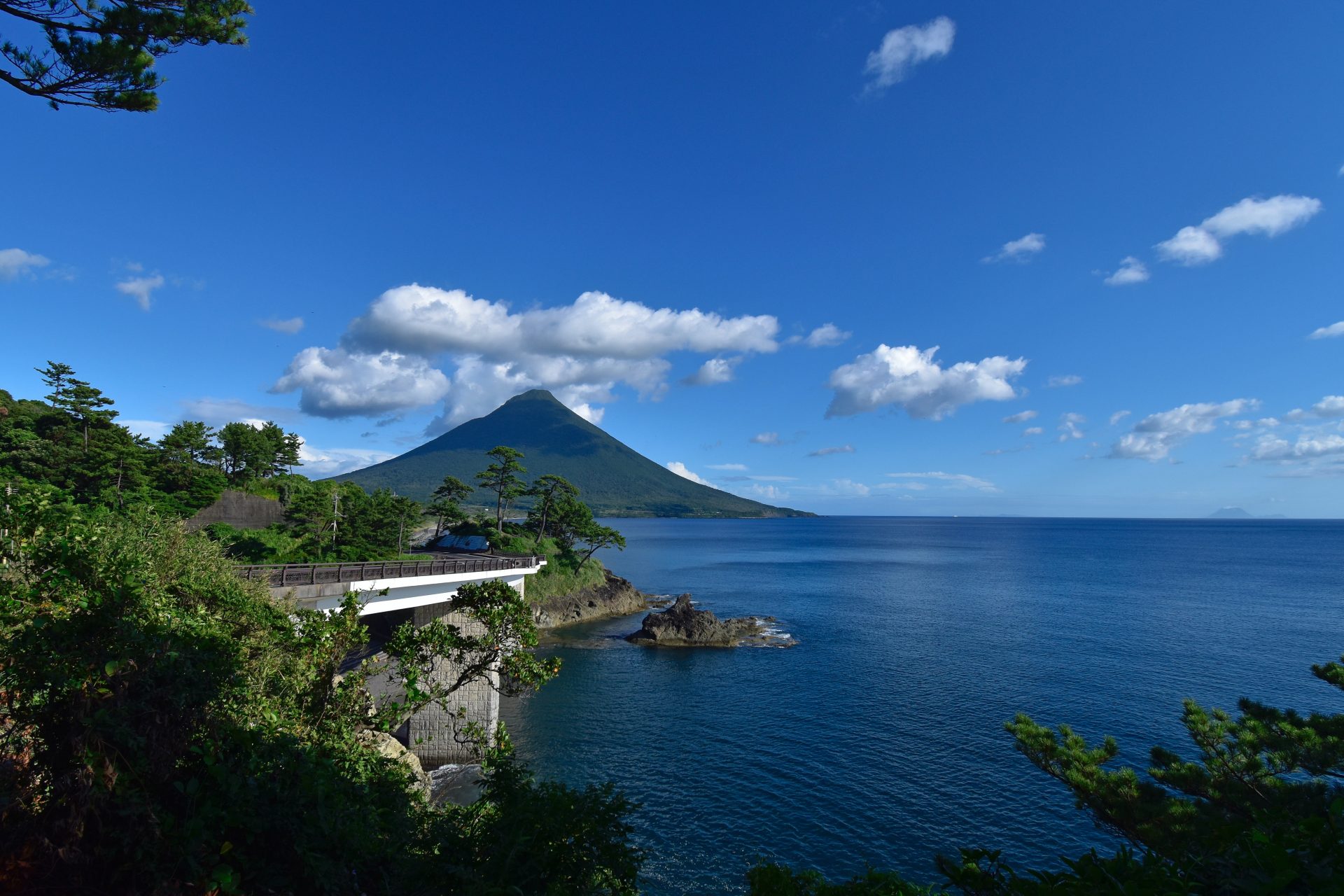
Kyushu, Japan
It is considered the cradle of Japanese civilization and of very special beauty.
Picture: Geoff Oliver / Unsplash
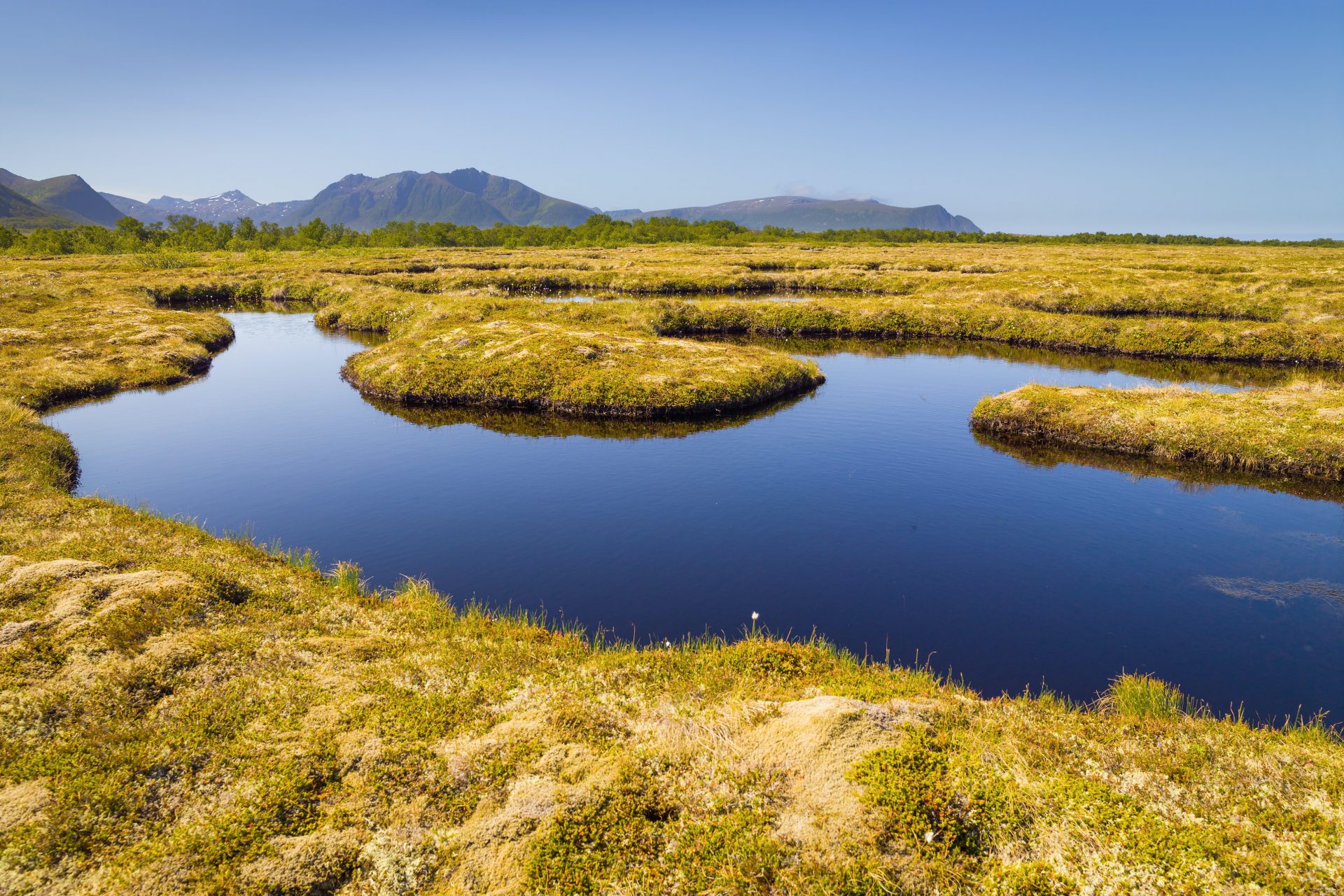
Andøya, Norway
For those who seek adventure, this island lies some 300 kilometers beyond the Arctic Circle.
Picture: Chris Stenger / Unsplash
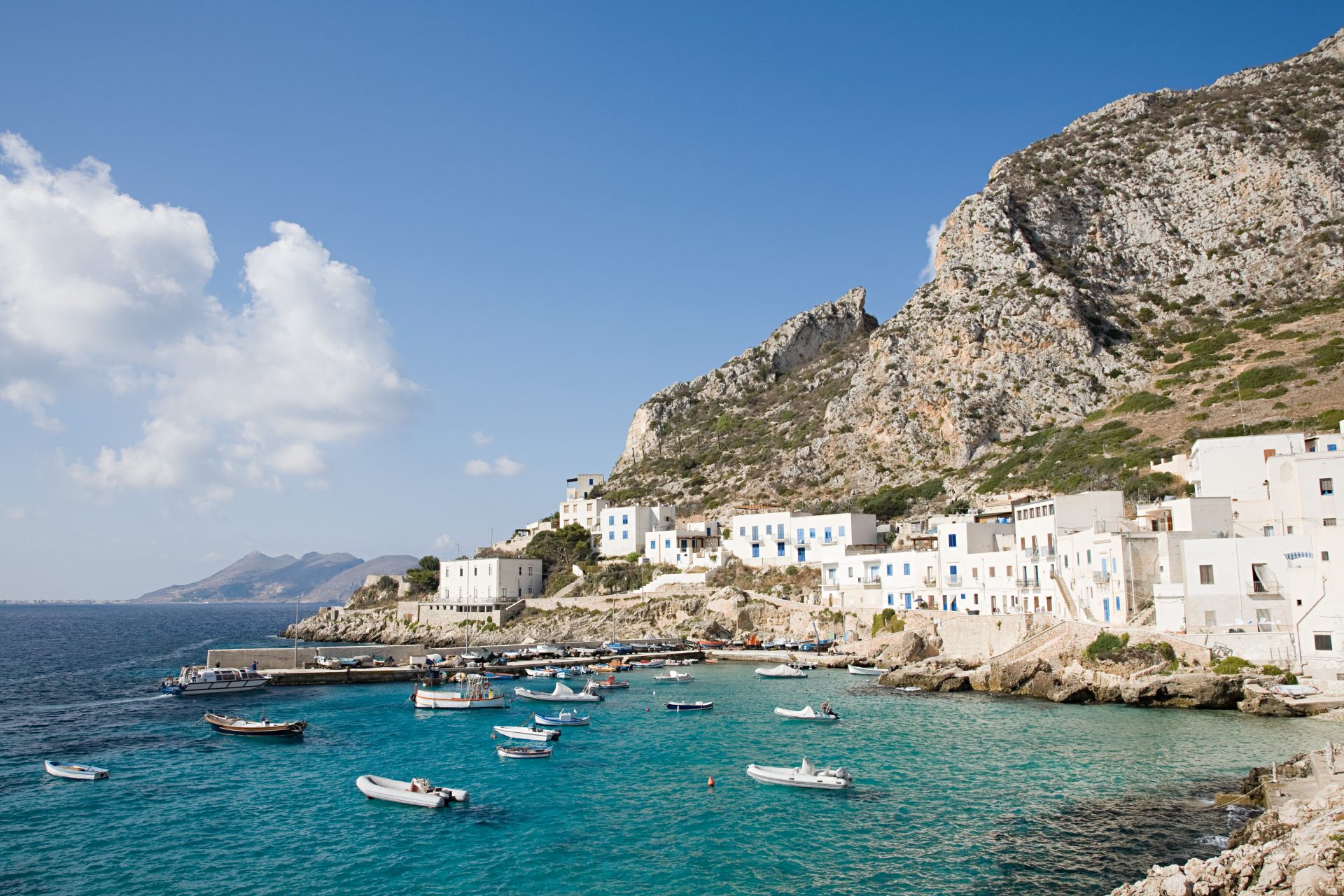
Sicily, Italy
This place contains as much beauty in its beaches as in the ancient towns and cities that lean out from the top of its mountains.

An immense reserve in which there is fauna and flora that can only be found in this corner of the planet.
Picture: Holly Bartley / Unsplash
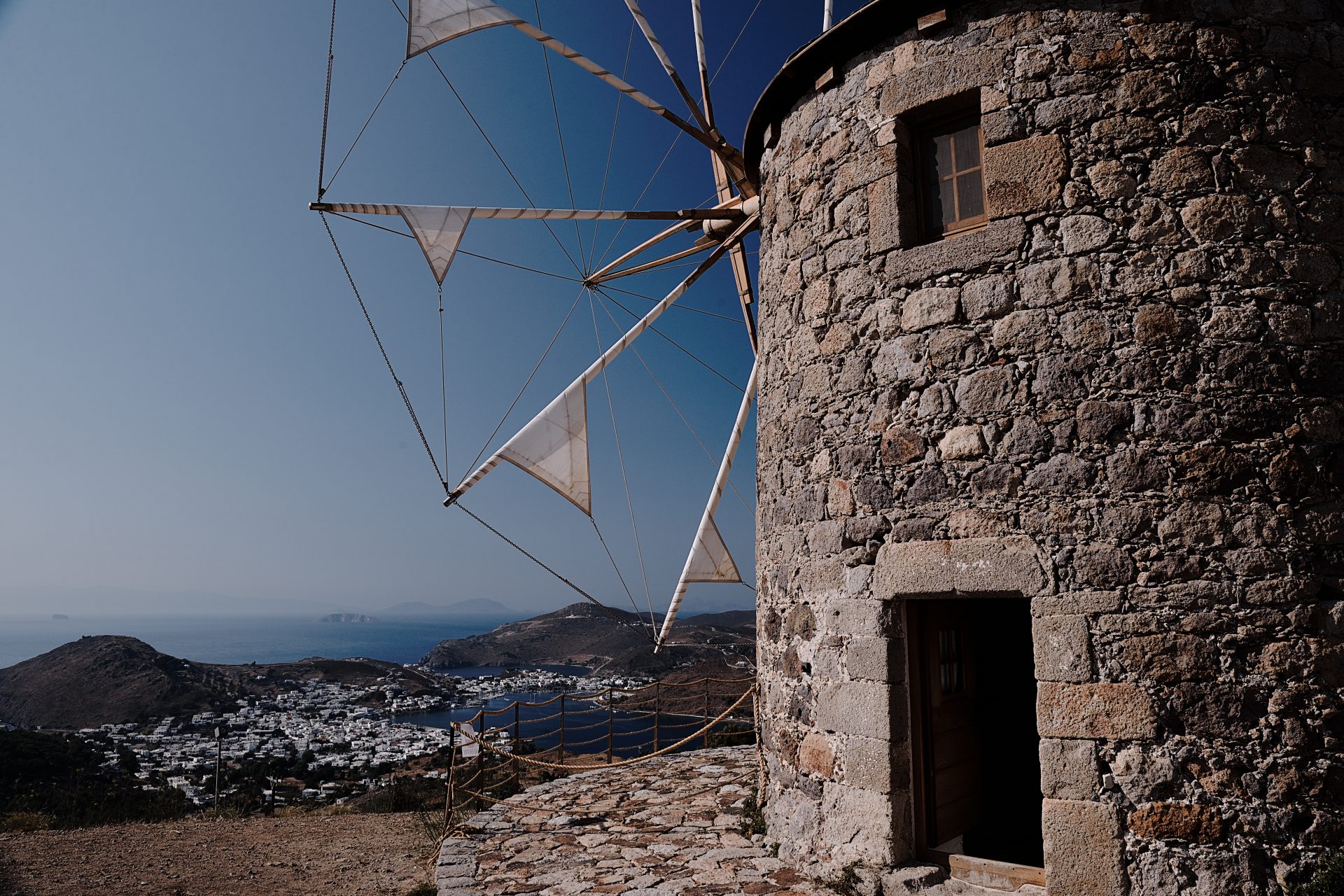
Patmos, Greece
The most beautiful of the Greek islands? Even better than Santorini or Miconos? It is difficult to make such a resounding judgment. But Patmos, just a few miles from the Turkish coast, has an authenticity that other islands have lost.
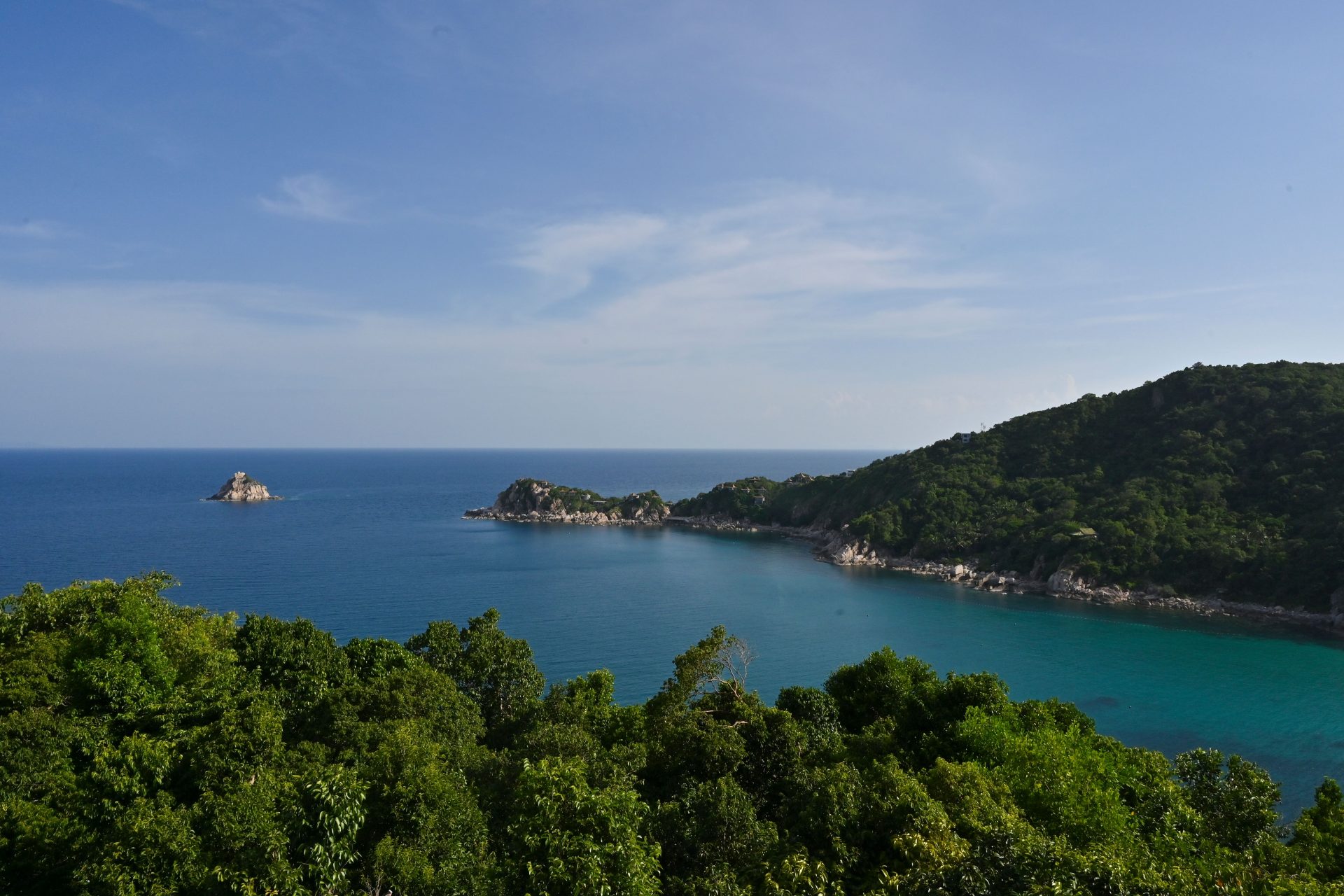
Koh Tao, Tailand
These hypnotically colored waters and beaches are in many cases only accessible by sea or by difficult paths. A display of magic in the South China Sea.

Formentera, Spain
Just a few miles from Ibiza, this is a tiny island with the simple beauty of the Mediterranean. Out of season, it is especially magical.
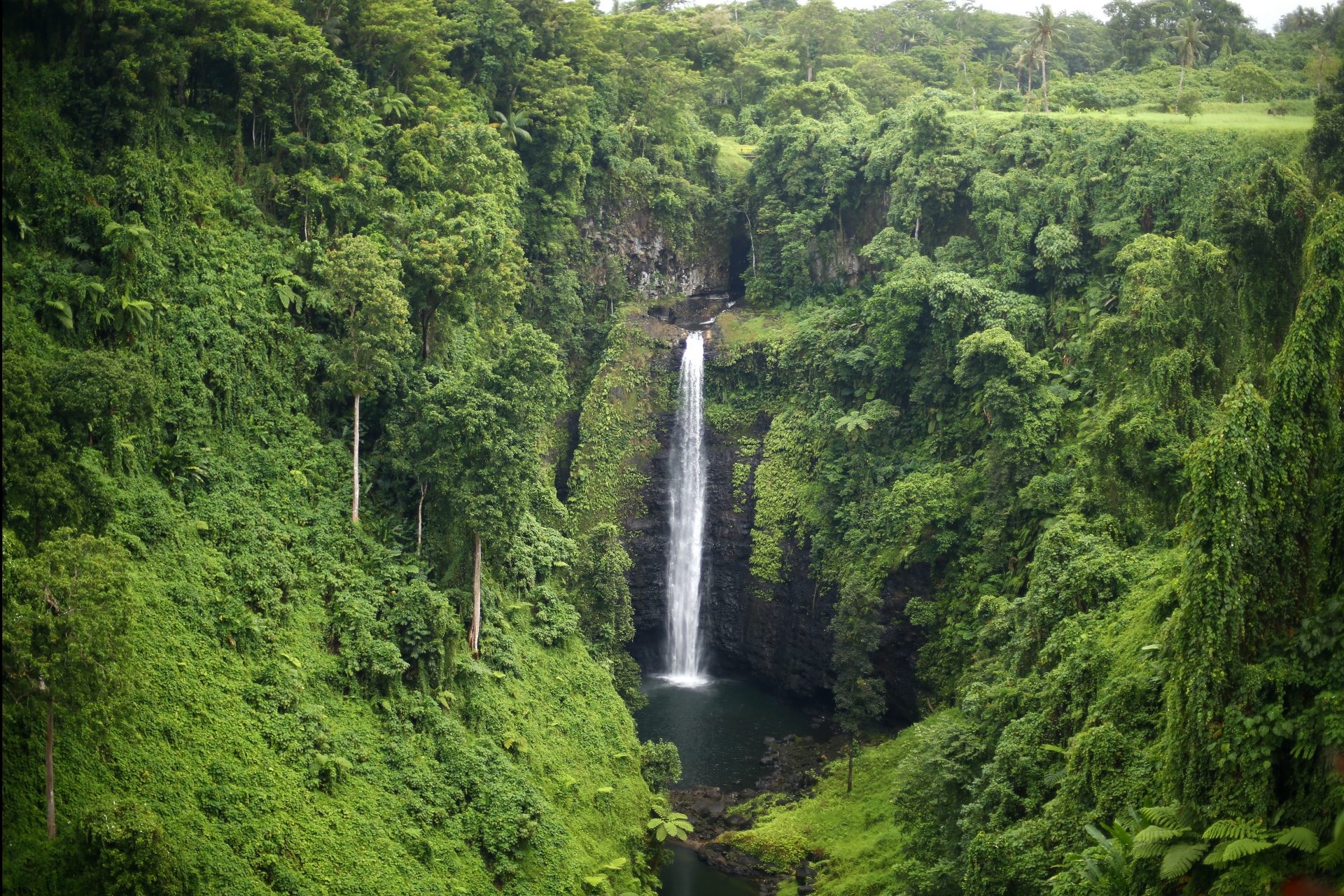
Upolu Island, Samoa
The southern seas, the palm trees, and the whole universe that literature and cinema turned into territory for the adventures of pirates and other (anti)heroes: the Samoan archipelago. Upolu Island is the place where Robert Louis Stevenson, author of 'Treasure Island', was buried.
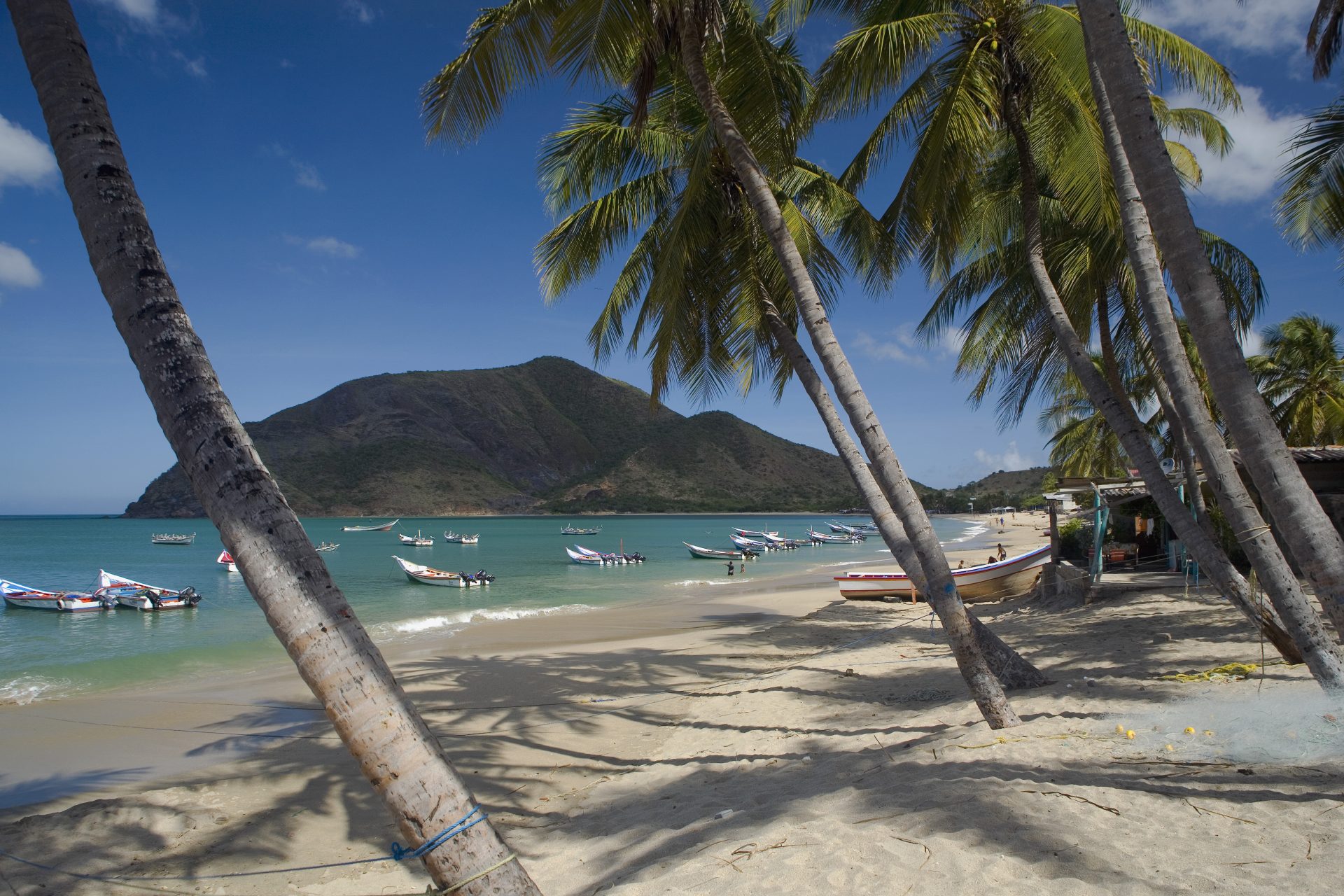
Margarita, Venezuela
Purely Caribbean. An island whose charms resist tourism and whose beaches are among the most beautiful on the planet.
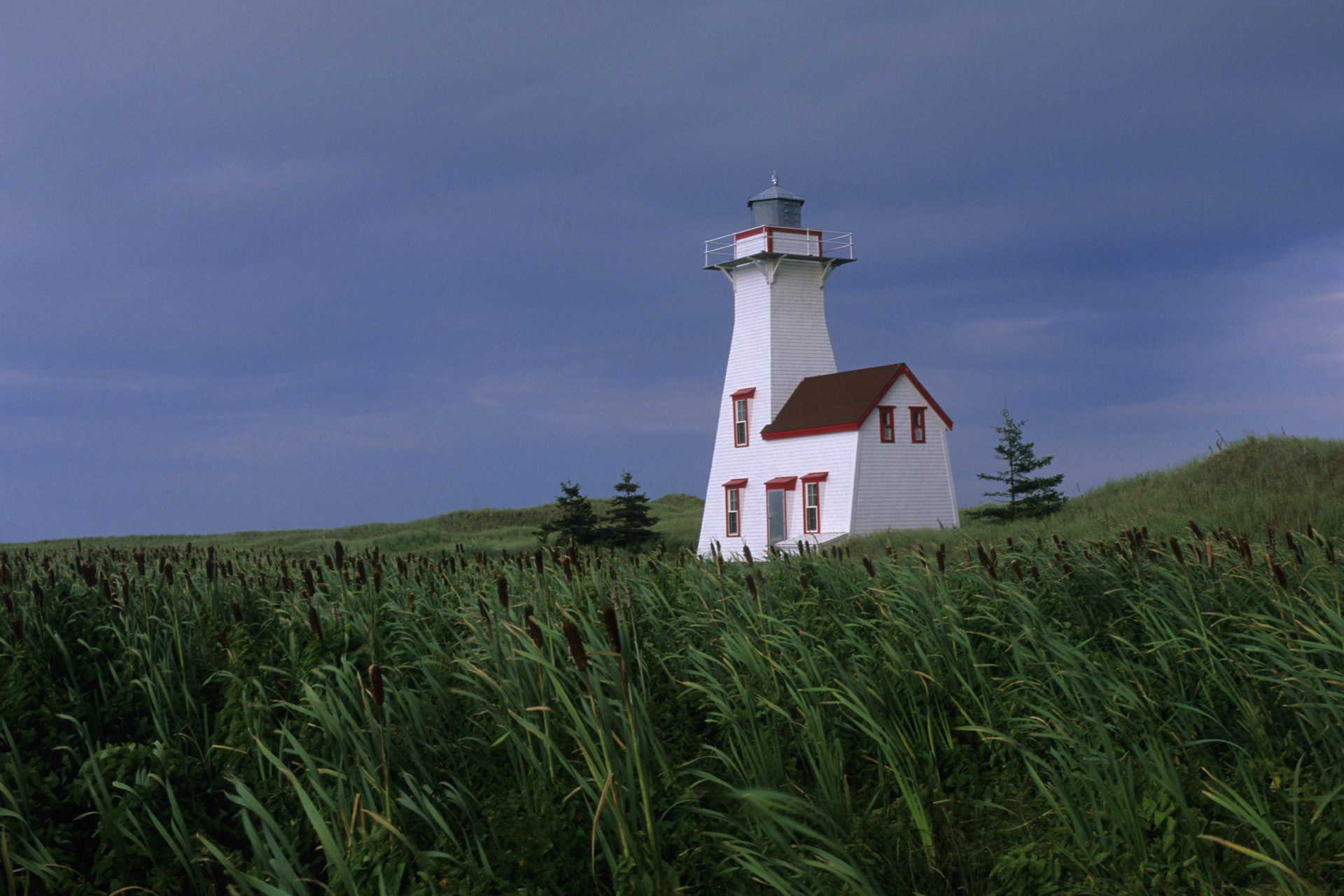
Prince Edward Island, Canada
To the north of the Nova Scotia peninsula, this is a privileged place as far as nature is concerned.
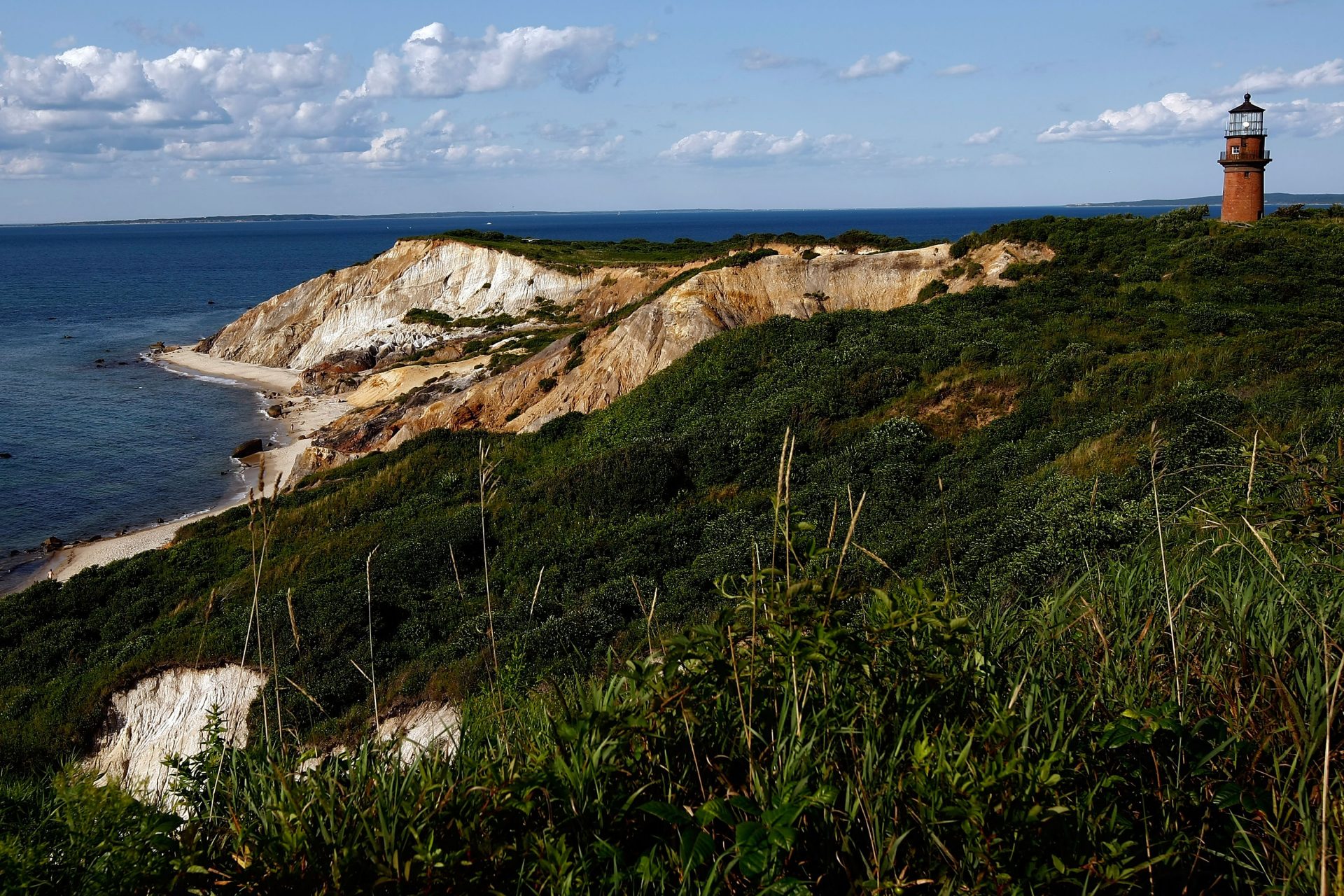
Martha's Vineyard, USA
A very exclusive island on the east coast of the United States, south of Cape Cod, where white wooden houses are a haven for the rich and famous.
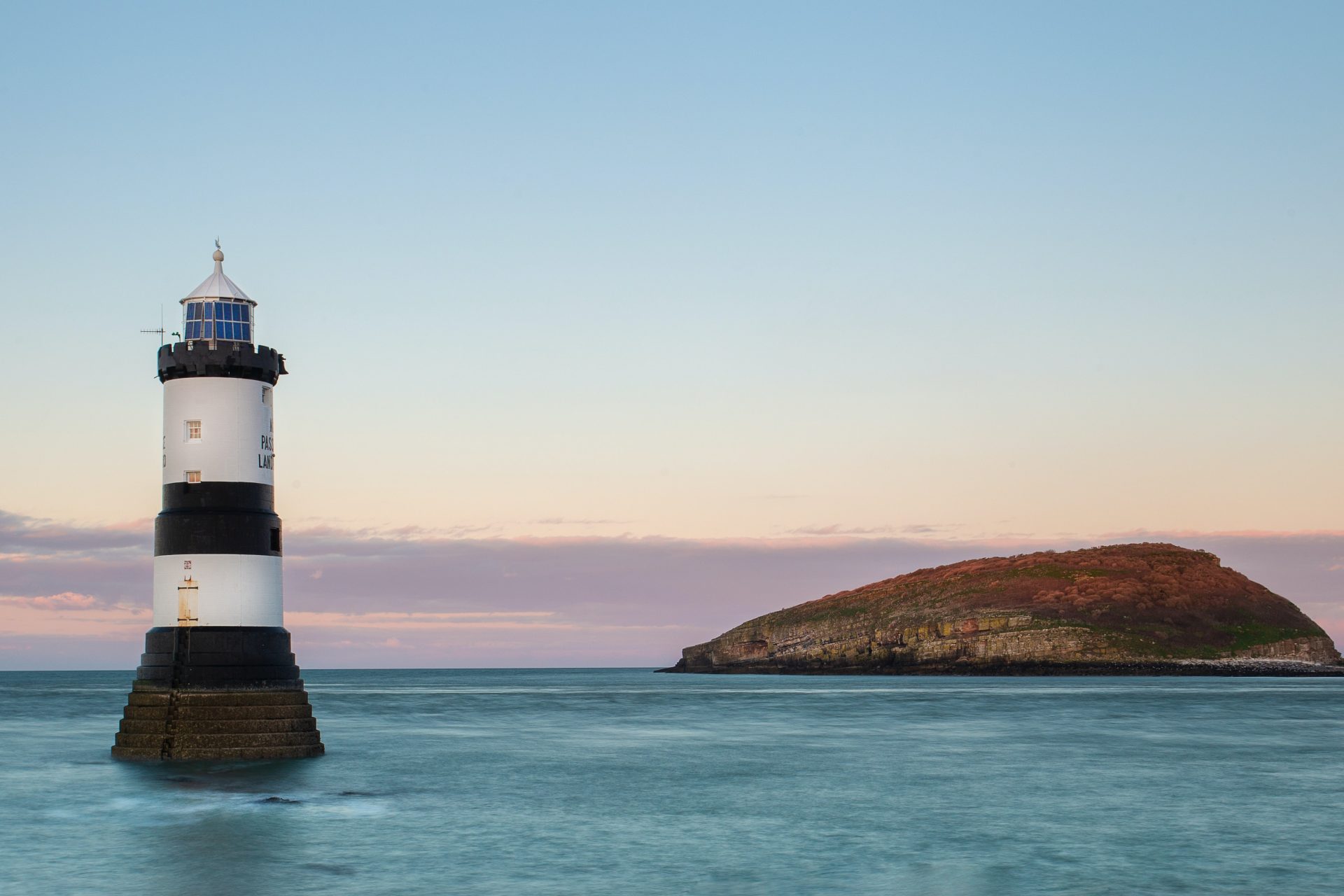
Anglesey Island, United Kingdom
On the Welsh coast, there is an island of druids, mist, and spells. With the tempestuous sea whipping its beaches.
Picture: Neil Mark Thomas / Unsplash
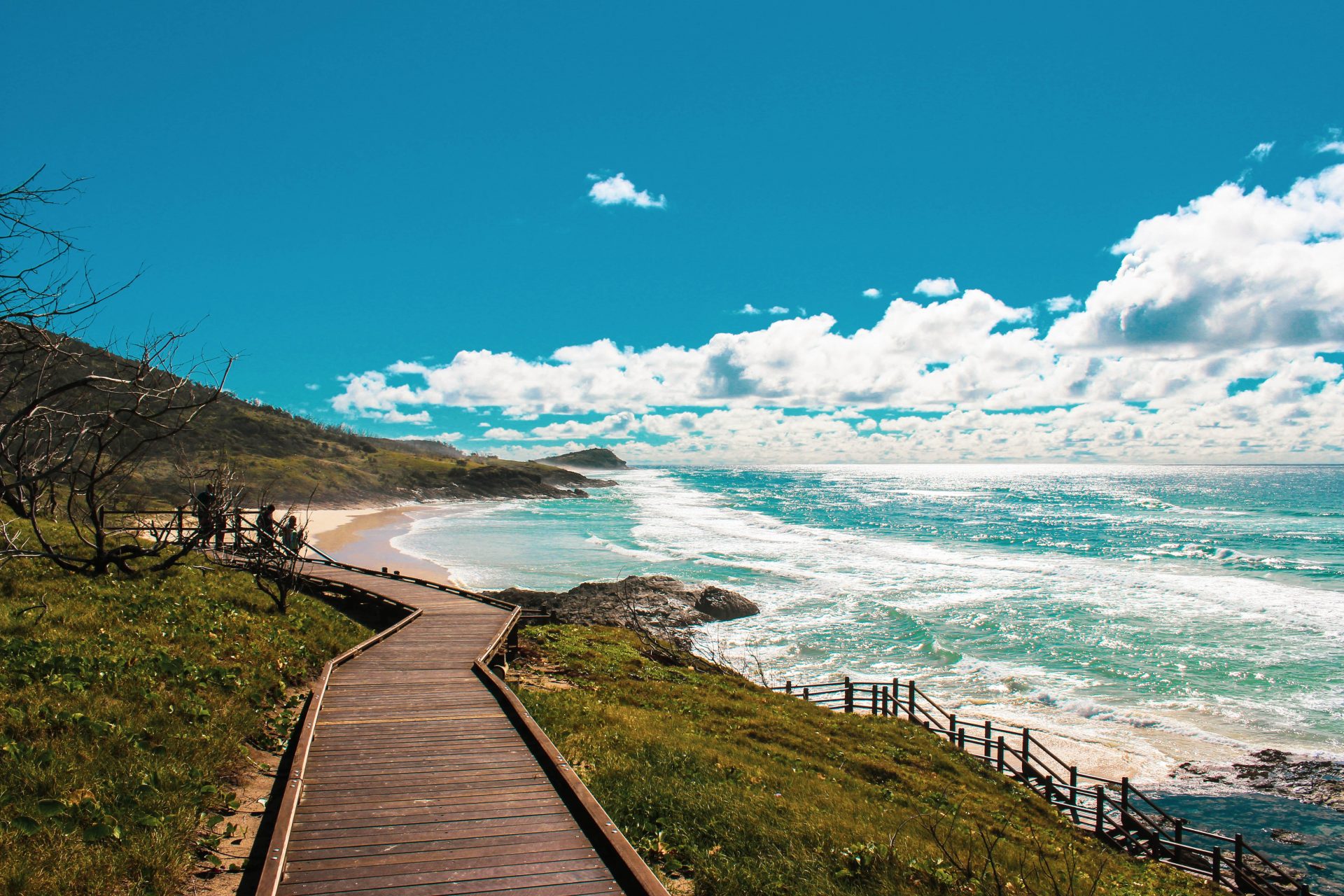
Fraser, Australia
This island is called K'Gari in the Batiala language (which means 'Paradise'). The largest sand island on the planet. A unique place.
Picture: Elijah Parry / Unsplash
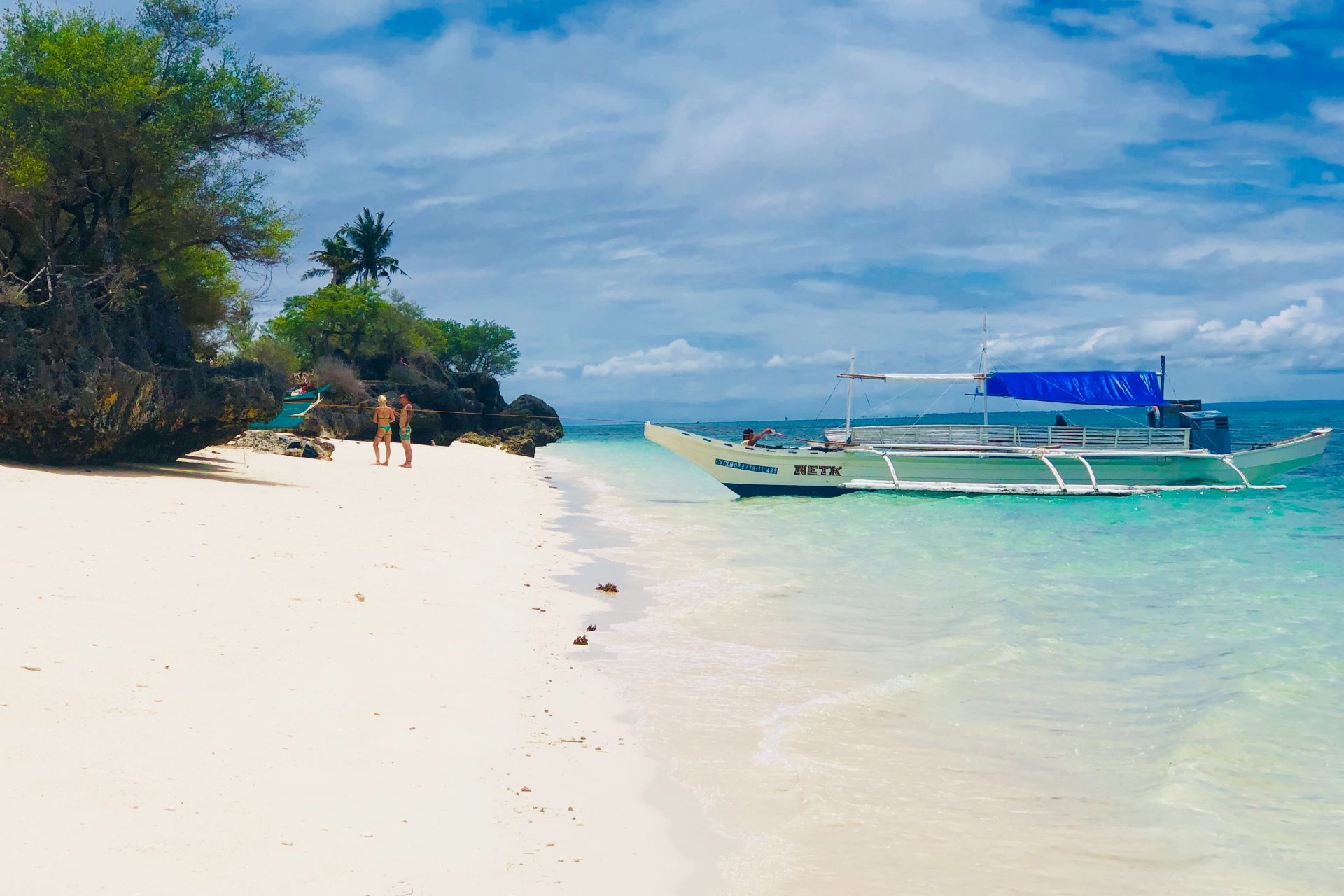
Bantayan Island, Philippines
North of the island of Cebu. Perhaps the best marine twilights in all of the Philippines.
Picture: Harold Cueco / Unsplash

Saint Barth, France
San Bartolomé, or Saint Barth, is the island of the French Antilles where celebrities go to enjoy its excellent temperature, crystal clear waters and calm.

Terceira, Portugal
The Azores, lost in the Atlantic Ocean, is a prodigious landscape of volcanic rocks, mist, and intense greenery.
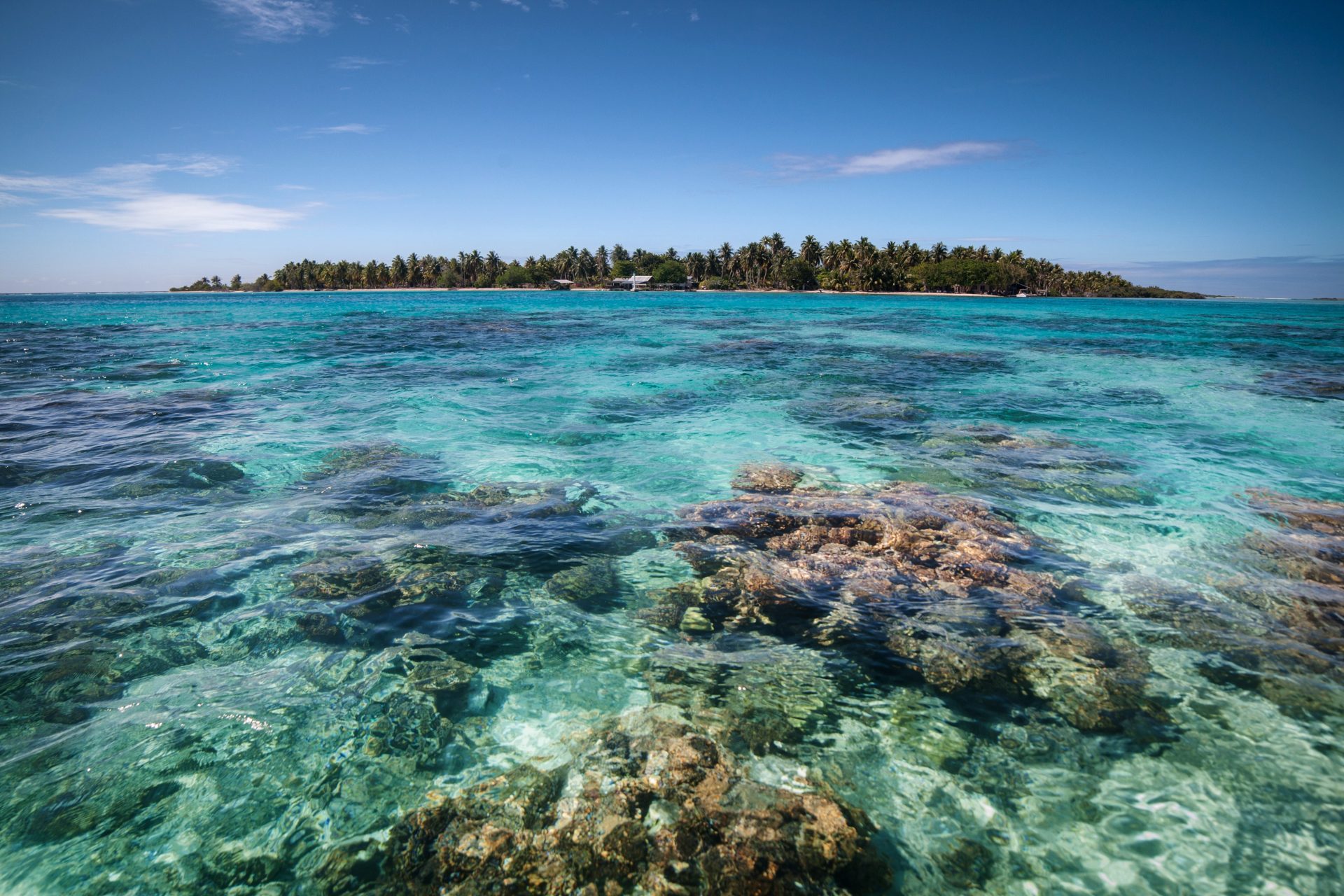
Tahiti, French Polynesia
The charm of the southern seas, the transparent waters, and the light that inspired Gauguin: all make this a haven of peace.
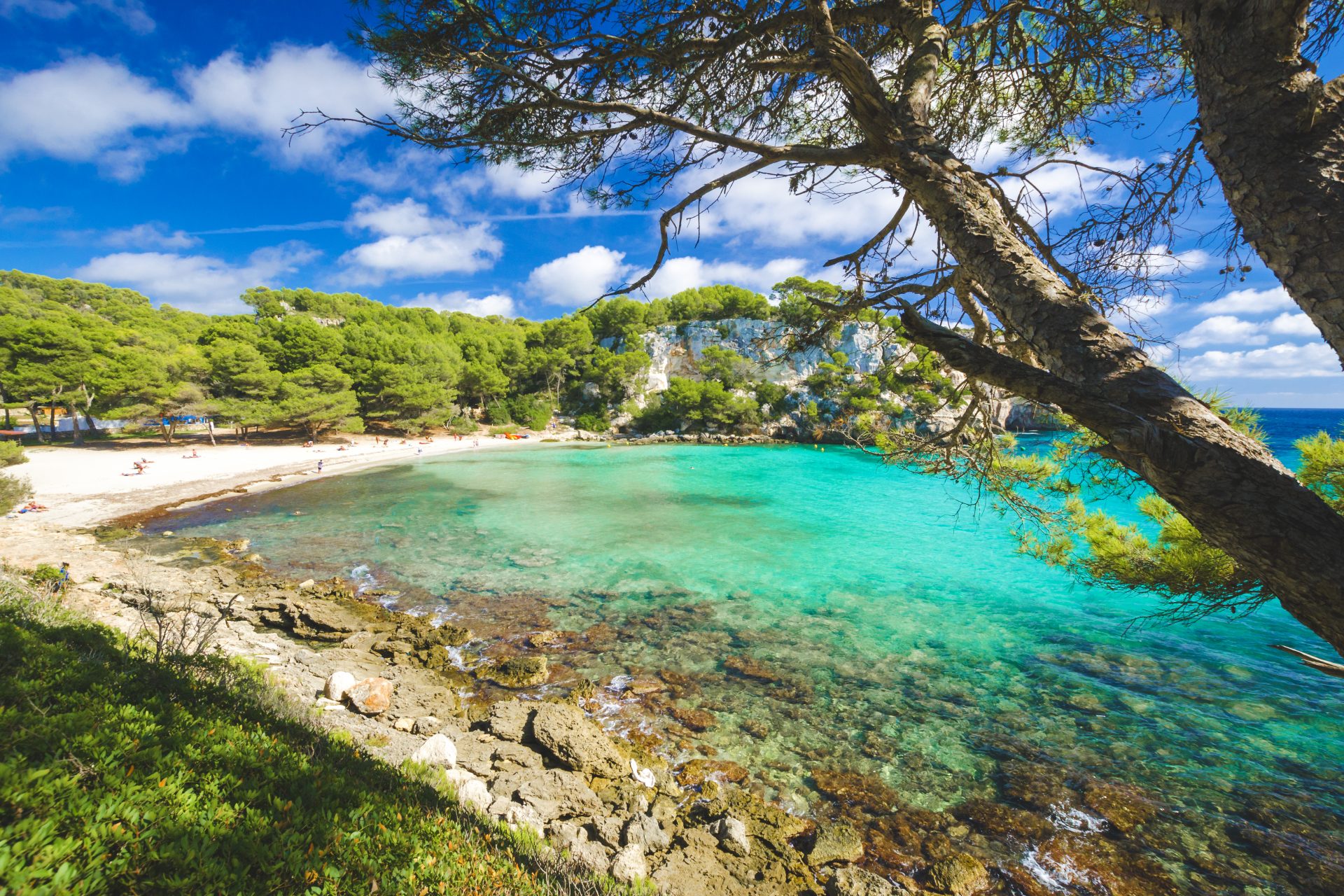
Menorca, Spain
The second-largest Balearic island off the coast of Spain, less known than its big sister Mallorca. With prehistoric monuments and a mysterious, Mediterranean culture.
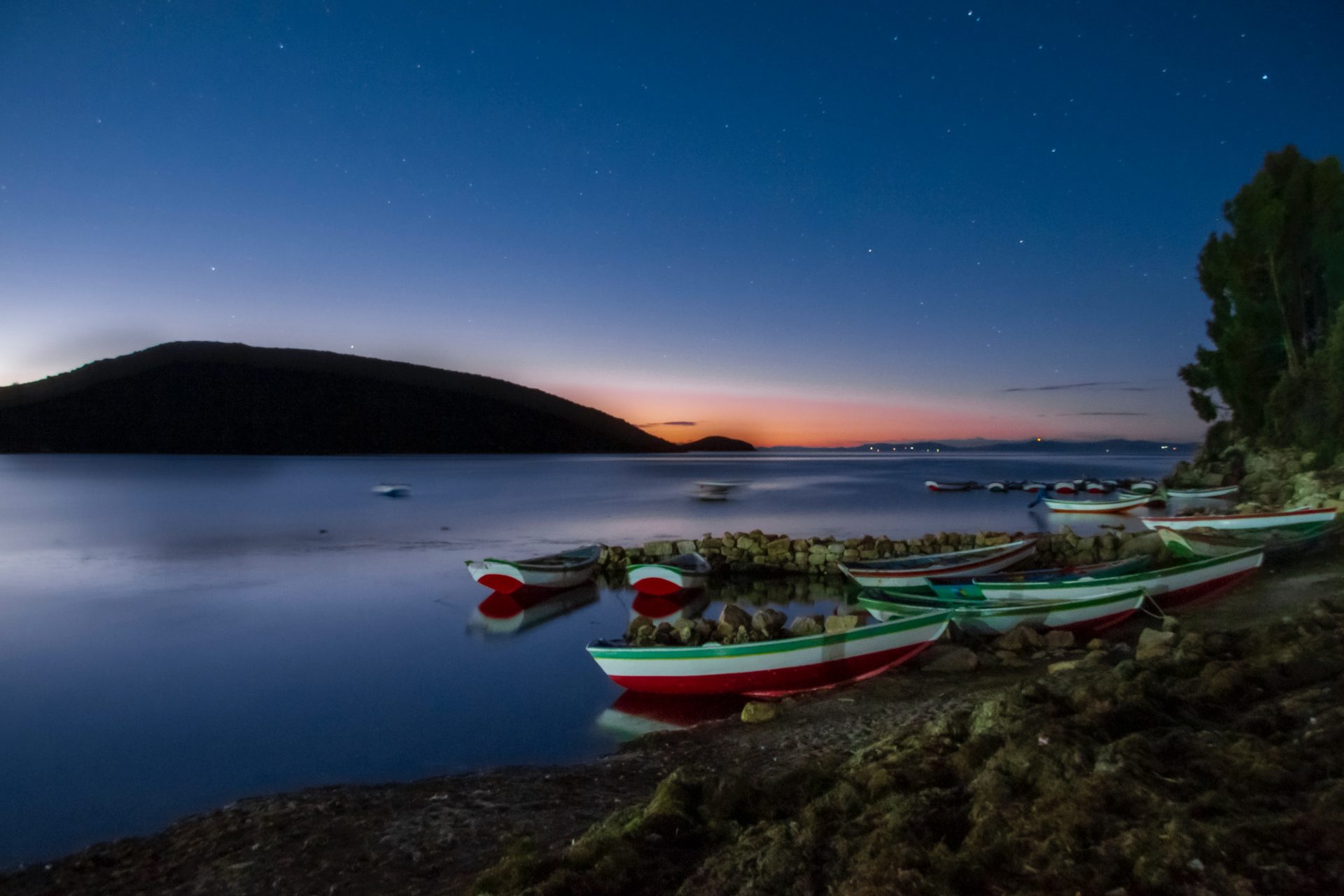
Sol Island, Bolivia
In the middle of Lake Titicaca is the island of the Sun, where the Incas performed sacred rituals. Numerous mythical sites remain in this 4-kilometres-high piece of land in the mountain lake.
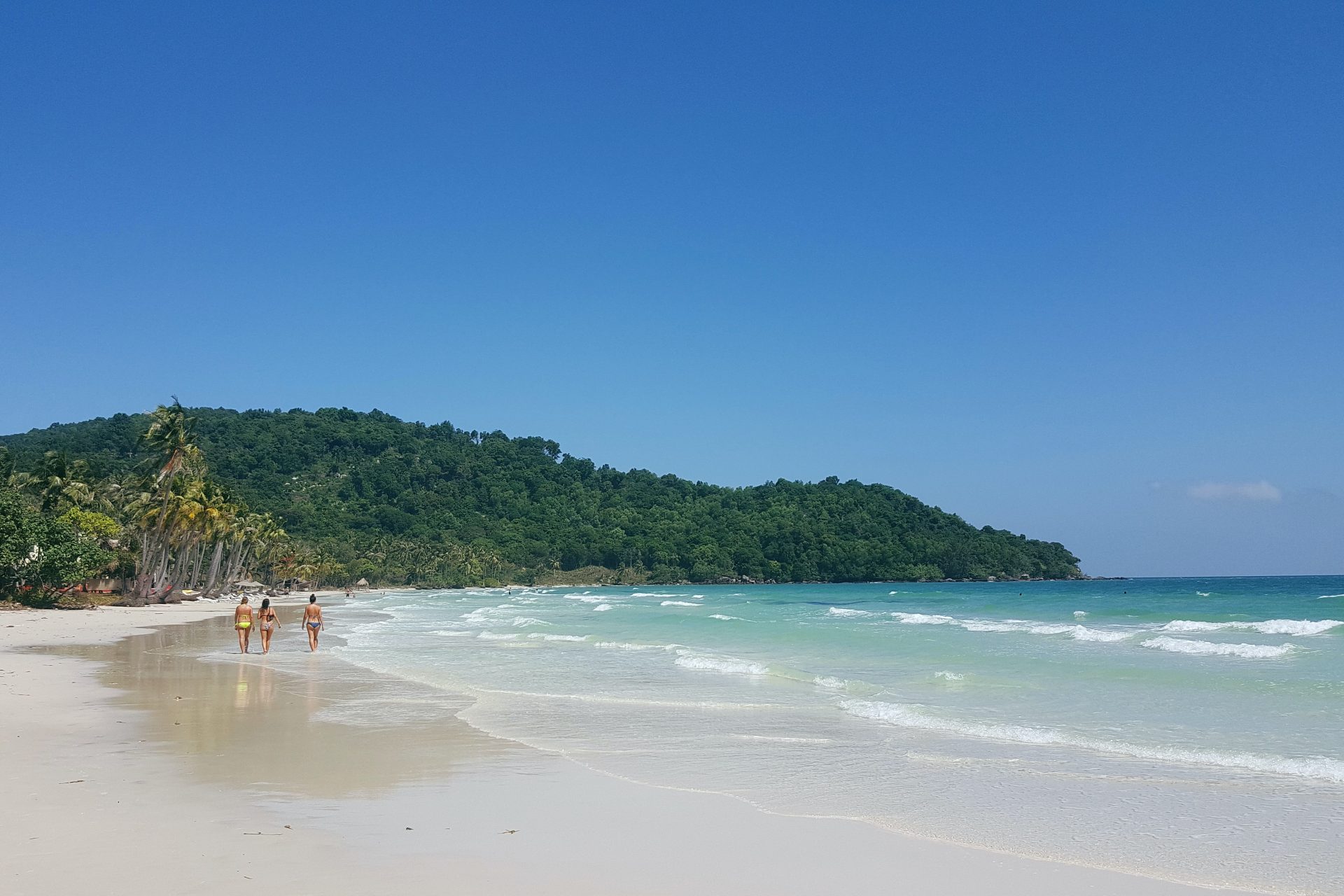
Phú Quóc, Vietnam
Off the coast of Cambodia lies this island with jungle and beautiful sea views. A corner of the planet one should definitely discover.
Picture: Steven Lasry / Unsplash
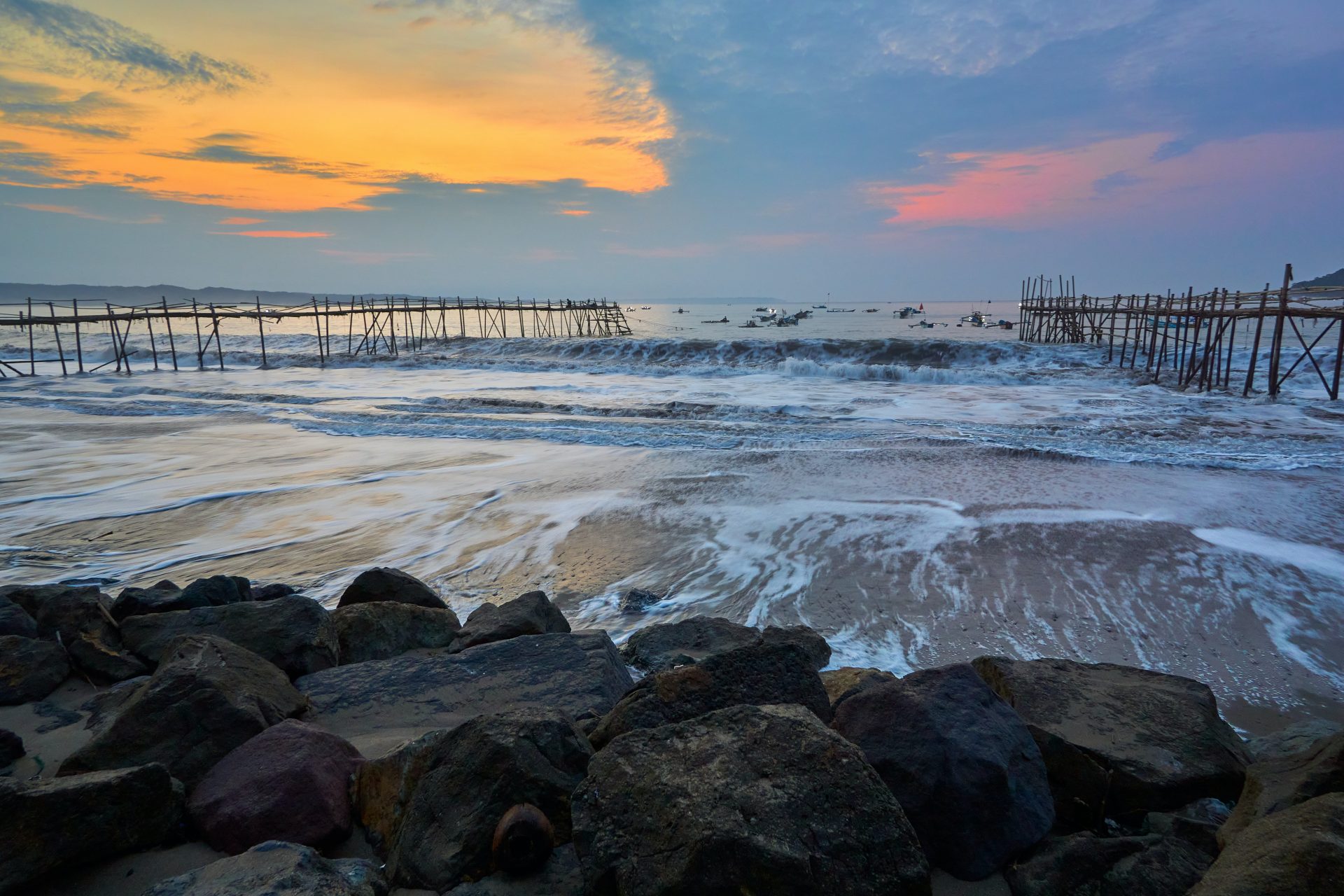
Java, Indonesia
The island, where Indonesia's capital is located, has powerful landscapes and places where travelers can still be surprised.
Picture: Valeriano Giuliani / Unsplash
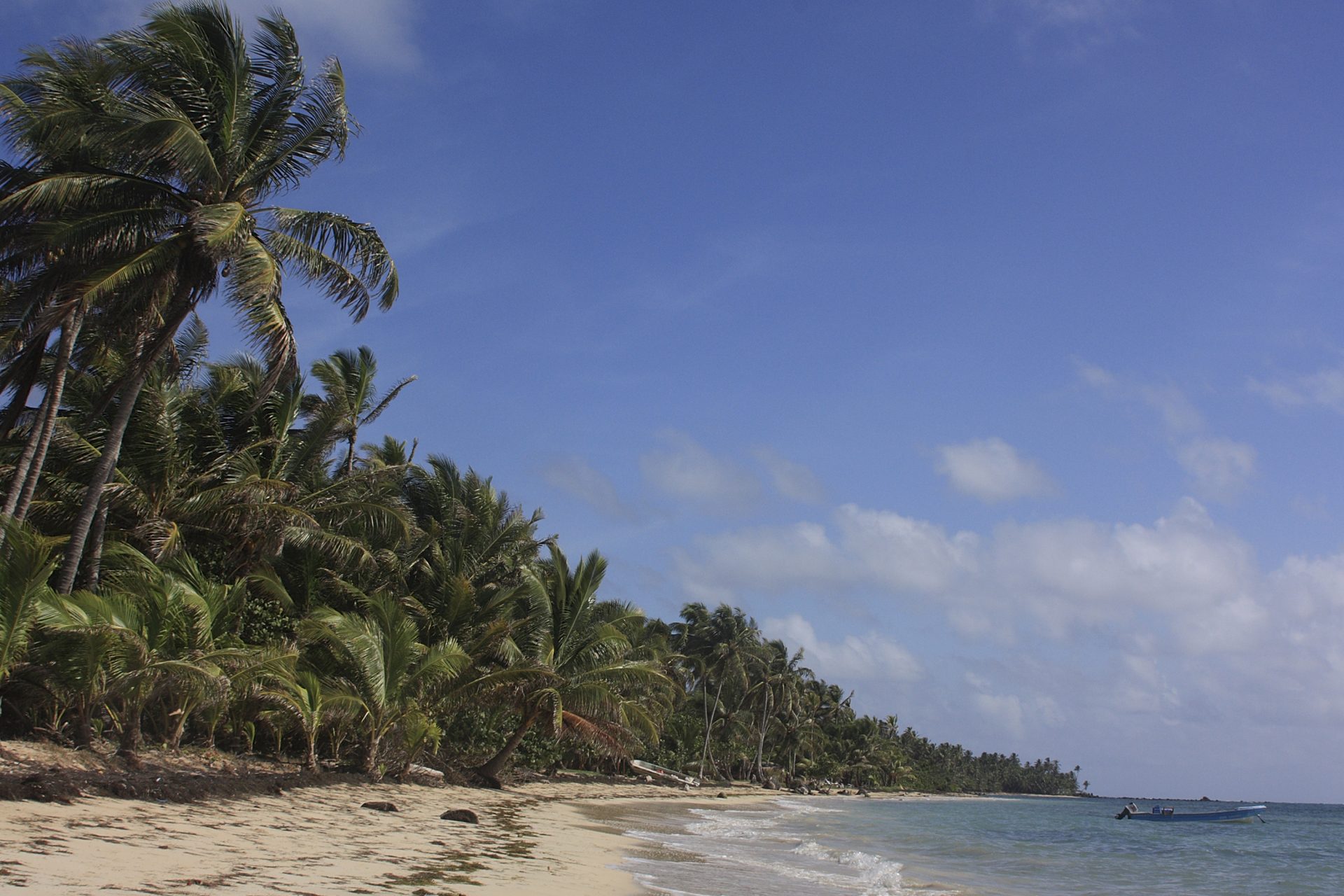
Little Corn Island, Nicaragua
An island with a Creole population (of African roots), beaches that are purely Caribbean, and a seabed of enormous beauty.
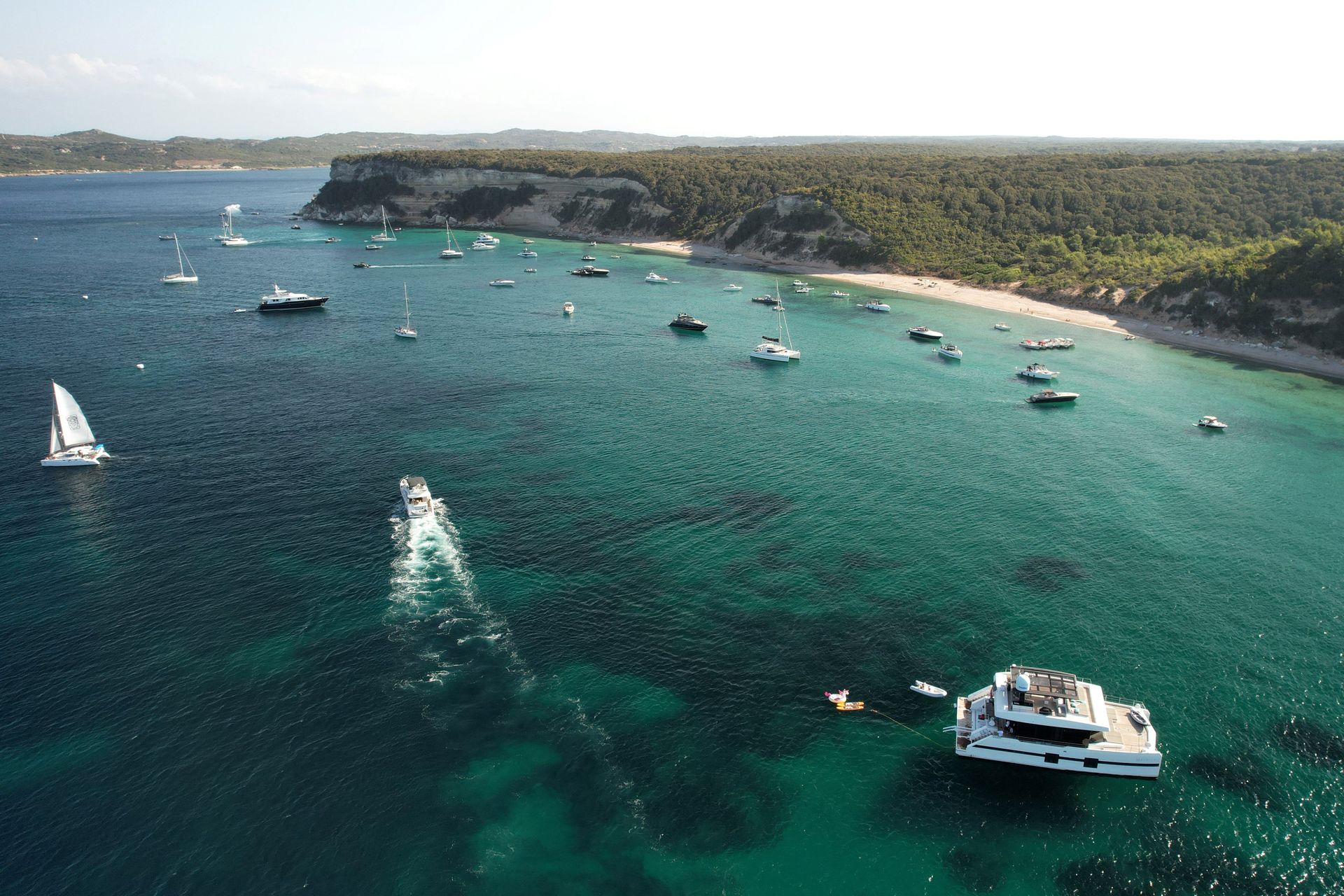
Corsica, France
The beauty of the mountainous island of Corsica stands firm in the Mediterranean.
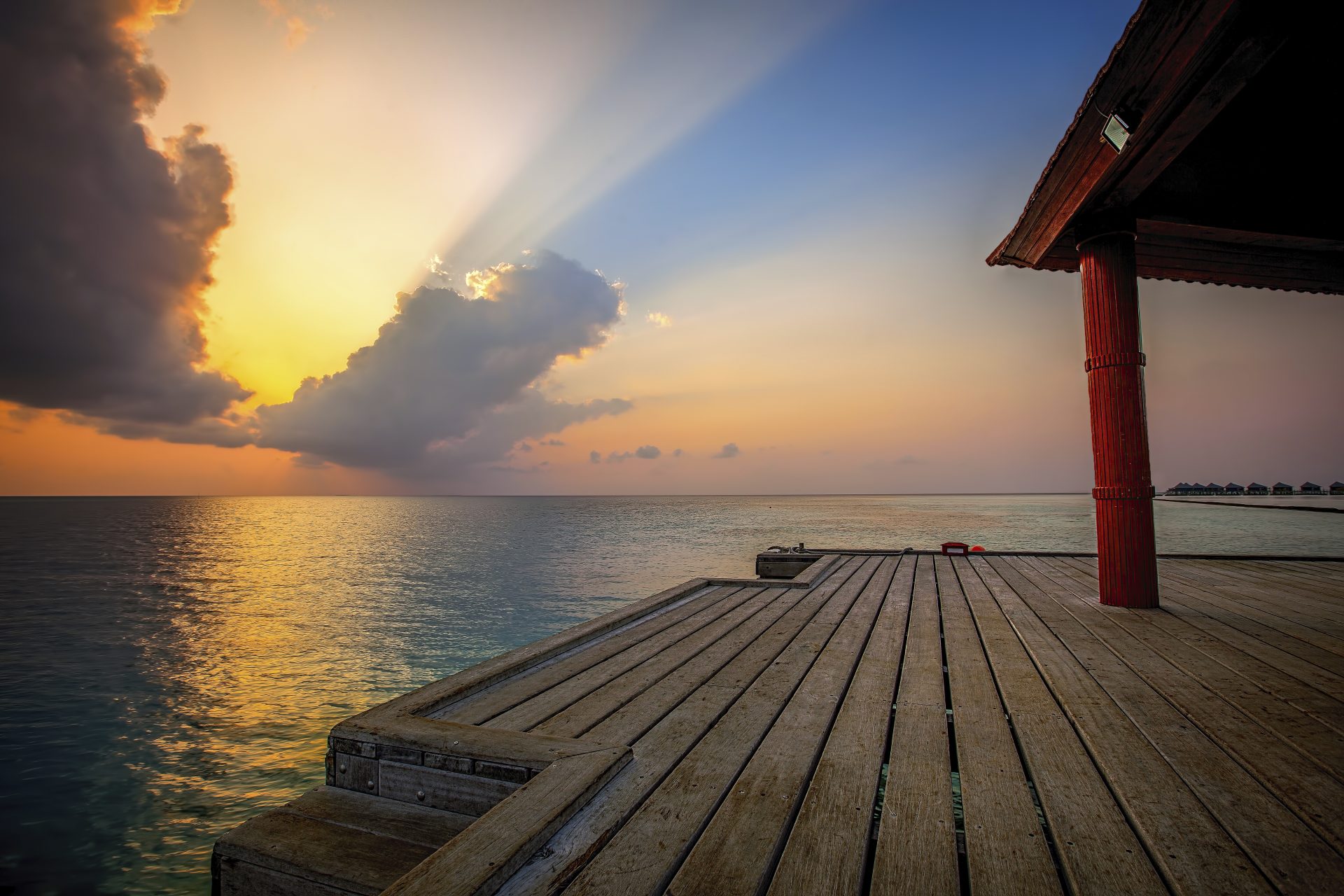
Komandoo, Maldives
Choosing one favourite island in the Maldives archipelago? Impossible. Let's say Komandoo but any point in this destination is like landing on a fantasy island.

Shikoku, Japan
Many pilgrims make their way to this island for its Buddhist temples. A spiritual place.

Skelling Island, Ireland
Just a set of rocks in the Kerry County Sea. The island used to be a spiritual retreat and has a paleochristian monastery. After it was abandoned, the island remained uninhabited for centuries. Even the lighthouse keepers barely lived there.

Praslin, Seychelles
Seychelles is a paradise dreamed of by people all over the world. An archipelago in the Indian Ocean where each island is a prodigy. Travelers recommend the island of Praslin but any of the others is an equally beautiful destination.
Picture: Hugh Whyte / Unsplash
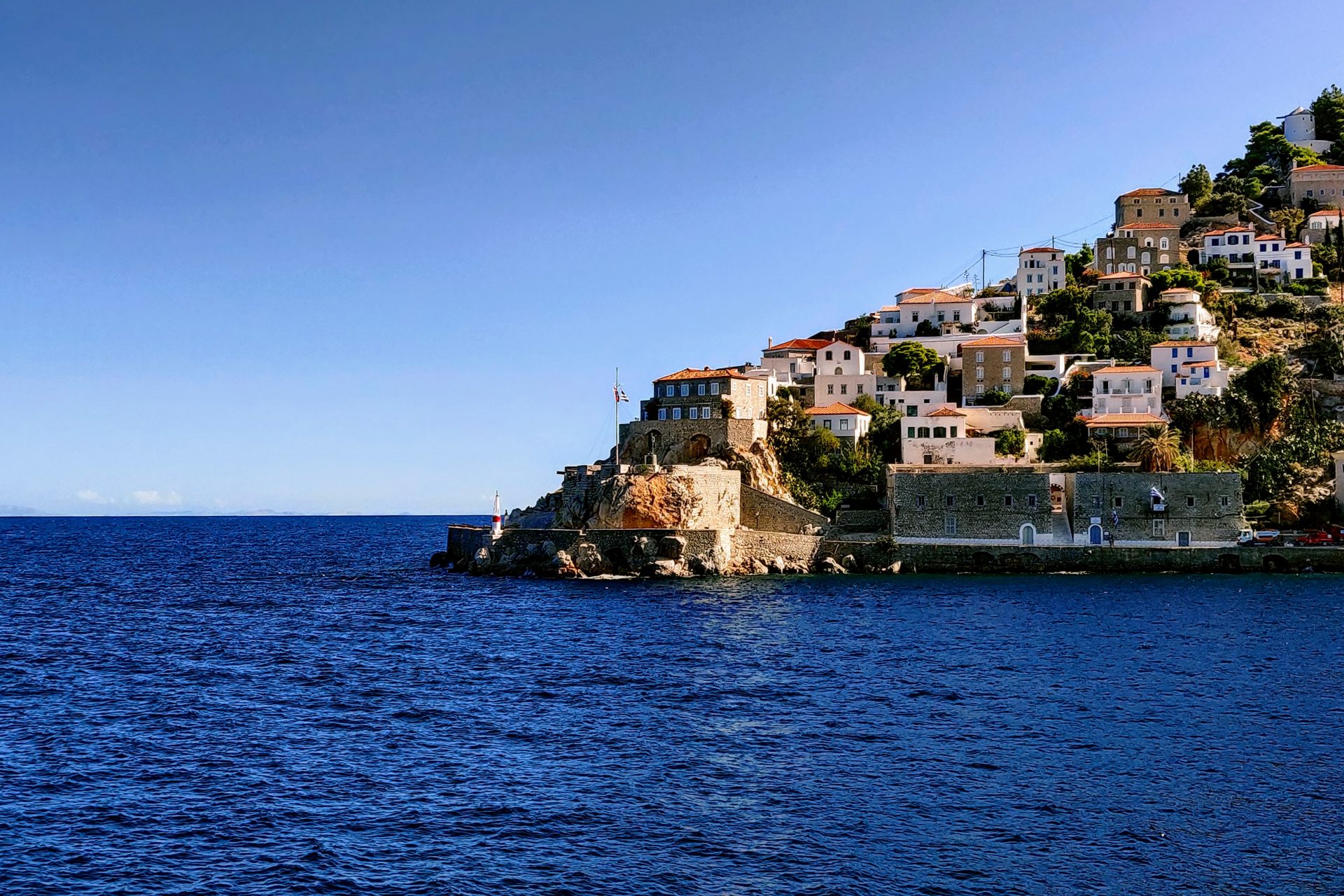
Hydra, Greece
The Greek island, to which Leonard Cohen escaped in his youth, still conserves a certain hippie air. The donkeys are also an inseparable part of the landscape. For those who seek authenticity.
Picture: Mauricio Muñoz / Unsplash
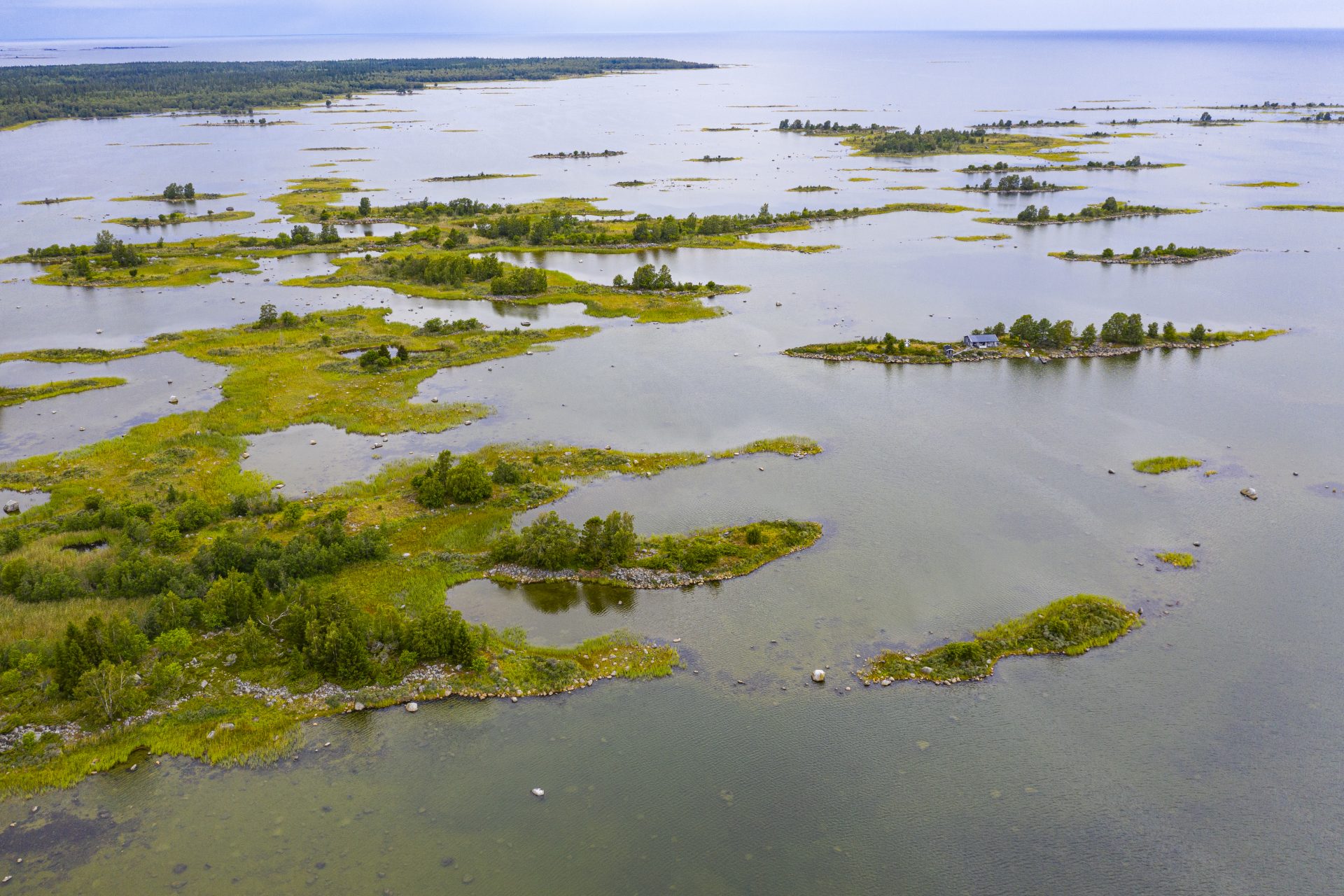
Kvarken, Finland
An archipelago with fascinating landscapes, rocks and water, and intense colours.
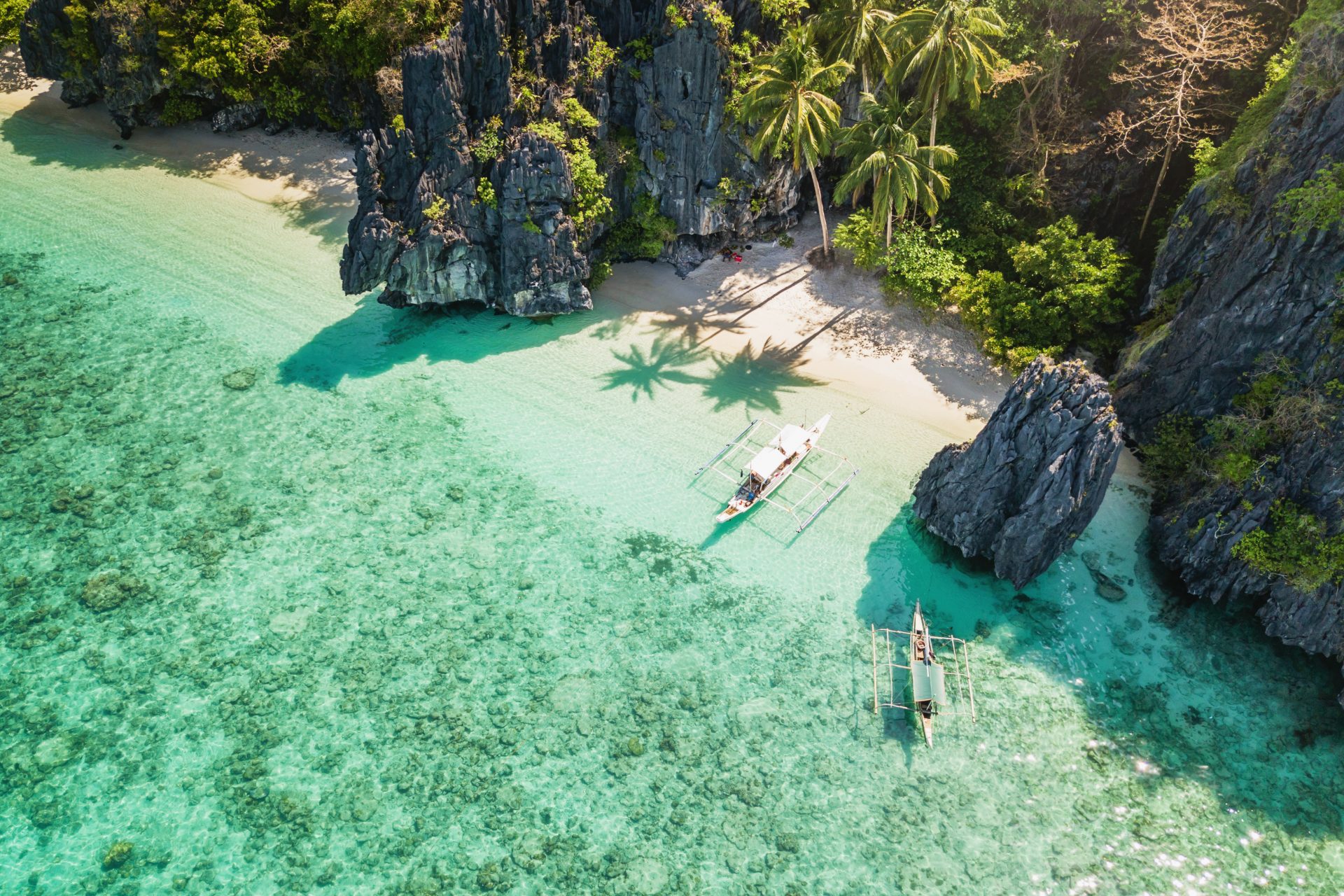
Palawan, Philippines
A romantic destination but also great for adventurists and nature lovers. It hides rarities of fauna and flora that are not found anywhere else on the planet.
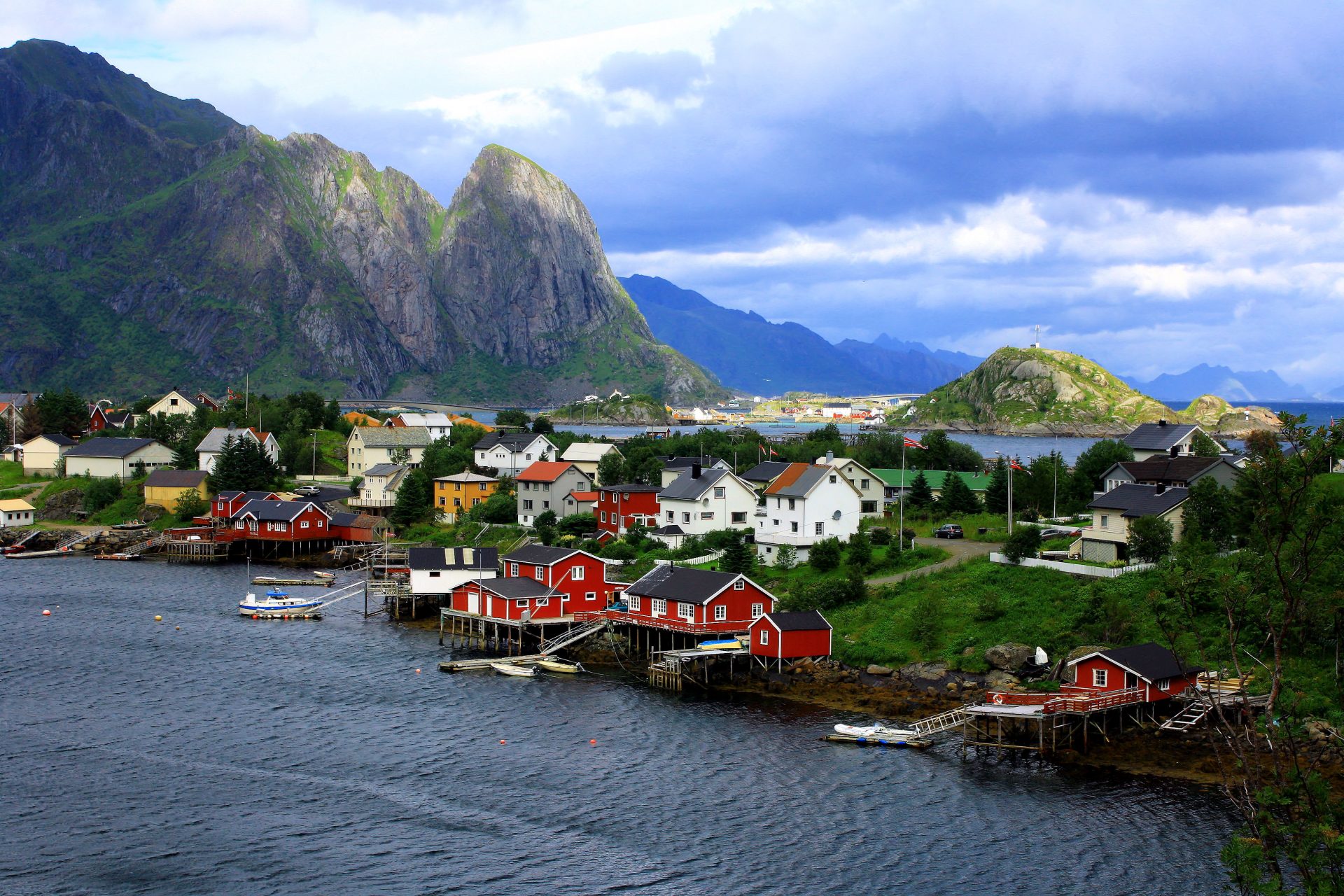
Lofoten, Norway
Go inside the Arctic Circle and discover another universe. That is what a trip to Lofoten will do for you.
More for You
Target joins Aldi, Whole Foods and other stores no longer taking popular payment form
I Asked 5 Chefs To Name the Best Potato Chips, They All Said the Same Brand
Top 20 ‘rudest’ cities in America – is yours on the list?
This Guy's 88-Pound Weight Loss Started with a Simple Change
Cowboys' Dak Prescott Reveals More Information on Viral Image of Apparent Injury
The richest comedian in the world isn't Leno or Letterman, according to data. Here are the top 20.
"I Texted My Dad To Immediately Pick Me Up": 23 People Are Recalling The Bizarre "House Rules" They Experienced At Someone Else's Home When They Were A Kid
JPMorgan warns 86 million customers they might have to start paying for their bank accounts
I knew there was something wrong but doctors kept misdiagnosing me
Can't hear TV dialogue? Changing these 3 settings can make a big difference
How to make the best homemade popcorn in a microwave with this trick
I live in a tiny home mansion and fell in love with it — it's the only way I could afford to live in California
Experts Say These Are The 5 Worst Foods For Your Cholesterol
Supreme Court Just Gave Joe Biden 'a Powerful Tool'—Legal Analyst
Everything that happens to your body after you die
Always Pay These 10 Bills Ahead of Time
I Asked 3 Pitmasters To Name the Best Store-Bought BBQ Sauce—They All Said the Same Brand
Let’s Discuss the Last Scene in ‘The Bear’ Season 3 Finale
The Best .45 ACP Pistols of 2024
Look Inside Christina Ricci's $2.2 Million Los Angeles Home For Sale

IMAGES
VIDEO
COMMENTS
Its latest Arctic marine tourism project tracks trends with tourism vessels and analyzes guidelines for near-shore and coastal areas of the Arctic visited by tourists and operators. Arctic tourism trends. Using its Arctic Ship Traffic Data system, PAME worked with the British Antarctic Survey (BAS) to analyze passenger vessel data from 2013 to ...
Today, tourism is proposed as one of Greenland's three economic pillars, next to fishing and mining, and as a promising lever for the Arctic nation's future economic development. 2) Its successful development could potentially help pave the way for the Arctic nation's independence from the Danish Commonwealth.
The Arctic region should integrate the traditional culture of indigenous people into the tourism industry and ensure that these people are the core driving force behind high-end tourism in the Arctic region. At the same time, tourism products should highlight the distinct polar characteristics and diverse landscapes of the region. On the basis ...
The NOEP research team has worked to aggregate reliable data relevant to tourism in the Arctic in an effort to enhance understanding of the scope and trends of tourism in this region. There are discontinuities, including the assets measured and the data collection time periods. Data is available for all Arctic nations, although the extent of ...
Responsible tourism in the Arctic is a hot topic. The National Geographic Society made headlines when it redrew its maps to reflect the dramatic melting of the ice cap, and drilling is a perpetual threat from Alaska, Norway and Russia. But taking a responsible Arctic holiday can help strengthen this region, its communities and wildlife against ...
The study was published on Monday, June 20, in the Proceedings of the National Academy of Sciences. "There's no scenario in which melting ice in the Arctic is good news," said Amanda Lynch, the study's lead author and a professor of Earth, environmental and planetary sciences at Brown. "But the unfortunate reality is that the ice is ...
Due to the harsh winter climates in the Arctic, tourism is currently only feasible during the summer months. During these months, visitors can explore endless days and a long list of outdoor activities. Nature based activities are most popular for international travelers. Visitors engage in self-guided tours, ship cruises, and eco-tours.
Here are the ways to be a good steward. —Go with tour groups that are "respectful of Arctic residents and their culture," says the U.S. Arctic Research Commission's Cheryl Rosa. "Too ...
During the COVID-19 pandemic, tourism slowed down as the world went into lockdown. This pause in tourism provides a unique opportunity to analyze the environmental and socioeconomic effects of tourism by comparing tourism participation levels before, during, and after the pandemic restrictions. We examined tourism in Iceland, an island nation in the Arctic where international tourists vastly ...
A 2020 study examining social media data showed that summer tourism quadrupled, and winter tourism in the Arctic increased by an astronomic 600% between 2006 and 2016. The Arctic as a tourist destination is expected to continue an upward trajectory, with one article estimating 8.3 million tourists annually. These numbers will only increase as ...
The Arctic circle is about the same geographic size as the African continent─about 6% of Earth's surface area─yet it holds an estimated 22% of Earth's oil and natural gas resources. This paints a target on the Arctic for exploration and development, especially with shorter seasons of ice coverage improving ocean access.
Diplomats from global trade and economic powers signaled their governments' growing interest in Arctic transit and heavy shipping in the Arctic Ocean. ... Arctic melted and threatened tourism ...
The Melting Arctic and Changing Trade Routes. According to the Intergovernmental Panel on Climate Change (IPCC), global temperatures could increase by 2.5 to 10 degrees Fahrenheit over the coming century. With increasing average global temperatures, ice coverage in Arctic regions is decreasing and since 1979, September ice coverage in the ...
Through the ever-growing body of assessments produced by its six Working Groups, the Arctic Council serves as knowledge broker and global advocate for Arctic topics. The Working Groups' assessments have been instrumental in bringing Arctic issues to a global arena through policy recommendations and international cooperation.
Arctic tourism has rapidly increased in the past two decades. We used social media data to examine localized tourism booms and quantify the spatial expansion of the Arctic tourism footprint. We extracted geotagged locations from over 800,000 photos on Flickr and mapped these across space and time. We critically examine the use of social media as a data source in data-poor regions, and find ...
The Arctic is a new frontier of tourism. Once considered the world's largest and best-preserved natural environment, it is home to a fragile ecology and wildlife. The retreat of sea ice has opened it up for development, including for tourism to destinations like Greenland, Svalbard and Northern Russia.
"The archipelago is generally seen as a success story in high Arctic tourism development. It has the advantage of well-developed infrastructure and easy access by air from Europe that makes it relatively cheap to travel to in addition to its natural attractions like northern lights and polar bears," Bystrowska explains. Drivers of Arctic ...
But Arctic shipping remains negligible by world standards. In 2022 fewer than 1,700 ships entered the Arctic; over 23,000 went through the Suez Canal and 14,000 through the Panama Canal. Shipping ...
Nevertheless, a 2019 paper from the U.S. Committee on Marine Transportation predicts that the number of vessels operating in the U.S. Arctic is likely to triple by 2030. Chinese Ocean Shipping Company (COSCO) is also planning to ramp up its use of the Northern Sea Route in years ahead. With 90 percent of global trade transported by ships, an ...
With the Arctic warming three times faster than the rest of the planet, can travel to the region ever be sustainable? Select tours to Svalbard suggest small group trips may be a force for good.
Now is the time to act. As Antarctic tourism and shipping continue to grow, we must take urgent action now to protect vulnerable marine ecosystems from irreversible damage. Antarctica is growing in popularity as a tourist destination. After almost doubling in the six years between the 2013-14 and 2019-20 seasons, the number of tourists visiting ...
With the melting of its ice, the Arctic has been opened to tourism. Its arrival is double-edged on the populations and the natural environment. ... Dive into Flockeo's blog for expert insights on sustainable travel and eco-friendly adventures. Discover practical tips, inspiring travel stories, and unique destinations that prioritize the planet ...
Trade Travel And Tourism In The Arctic Ocean. Arctic sea ice coverage in December was 420,900 square miles lower than the 1981-2010 average, according to the National Snow and Ice Data Center. This area is more than one-and-a-half times the size of Texas, and it has the lowest satellite level since 1979. The Nordic countries and Greenland have ...
This island was a very important port for trade routes between Europe, Africa, and Asia. It was also the center of the vile slave trade. And now it is a place open to tourism, with the sea drawing ...